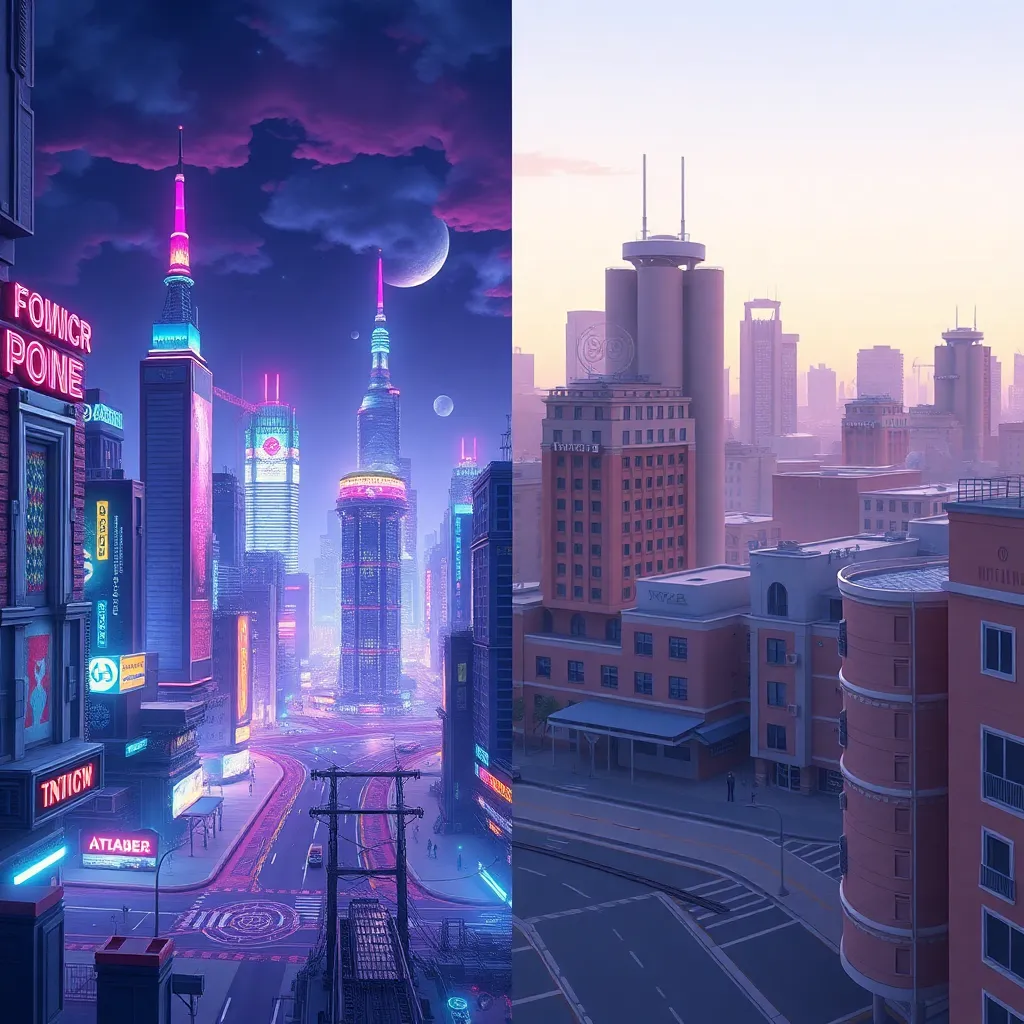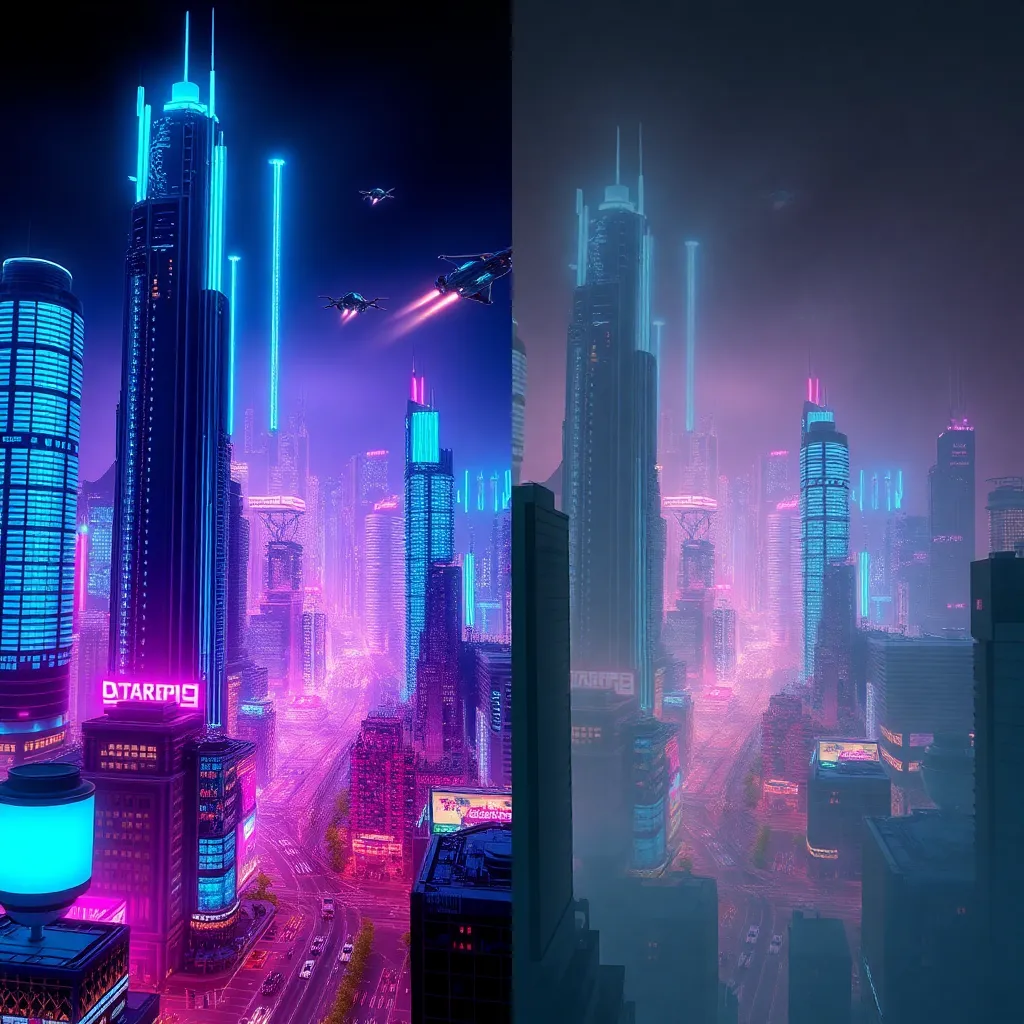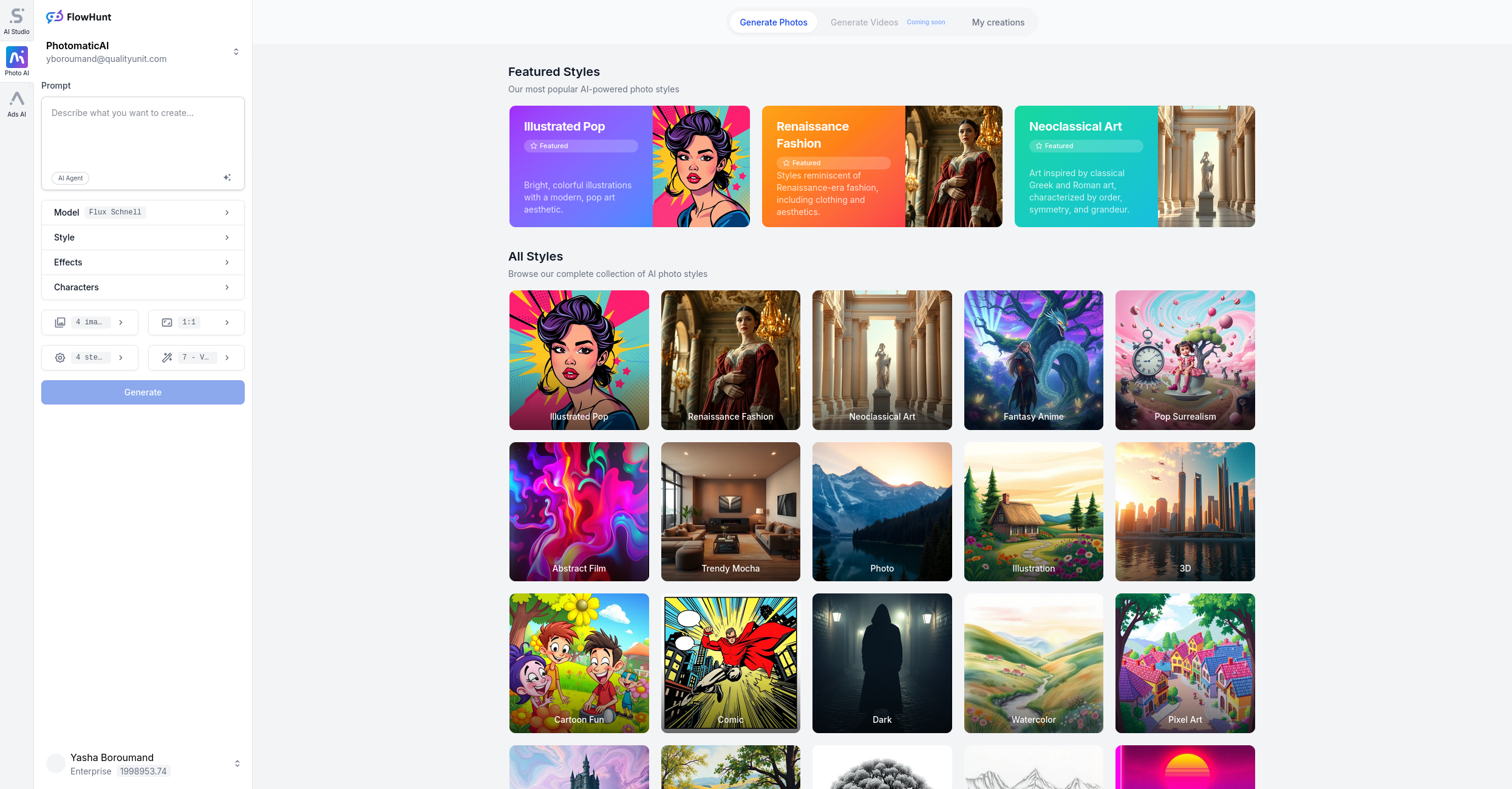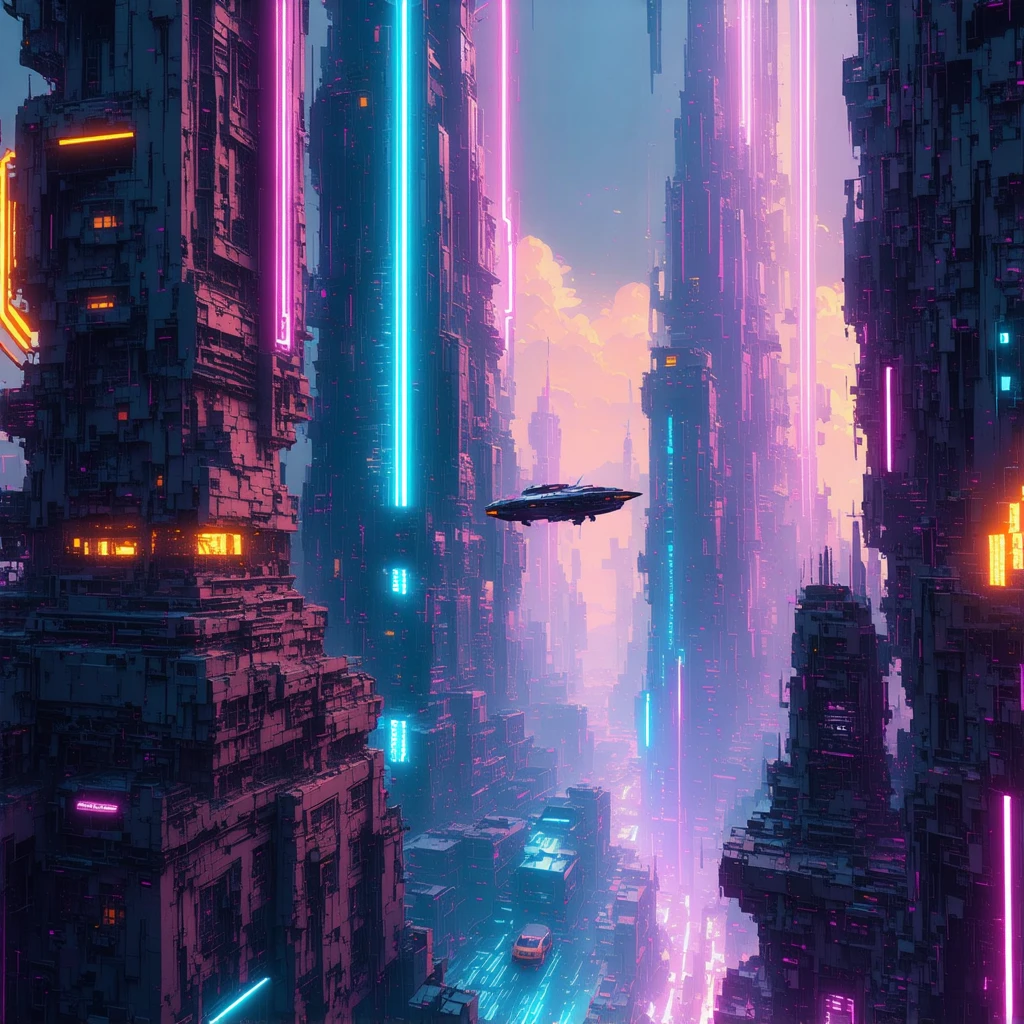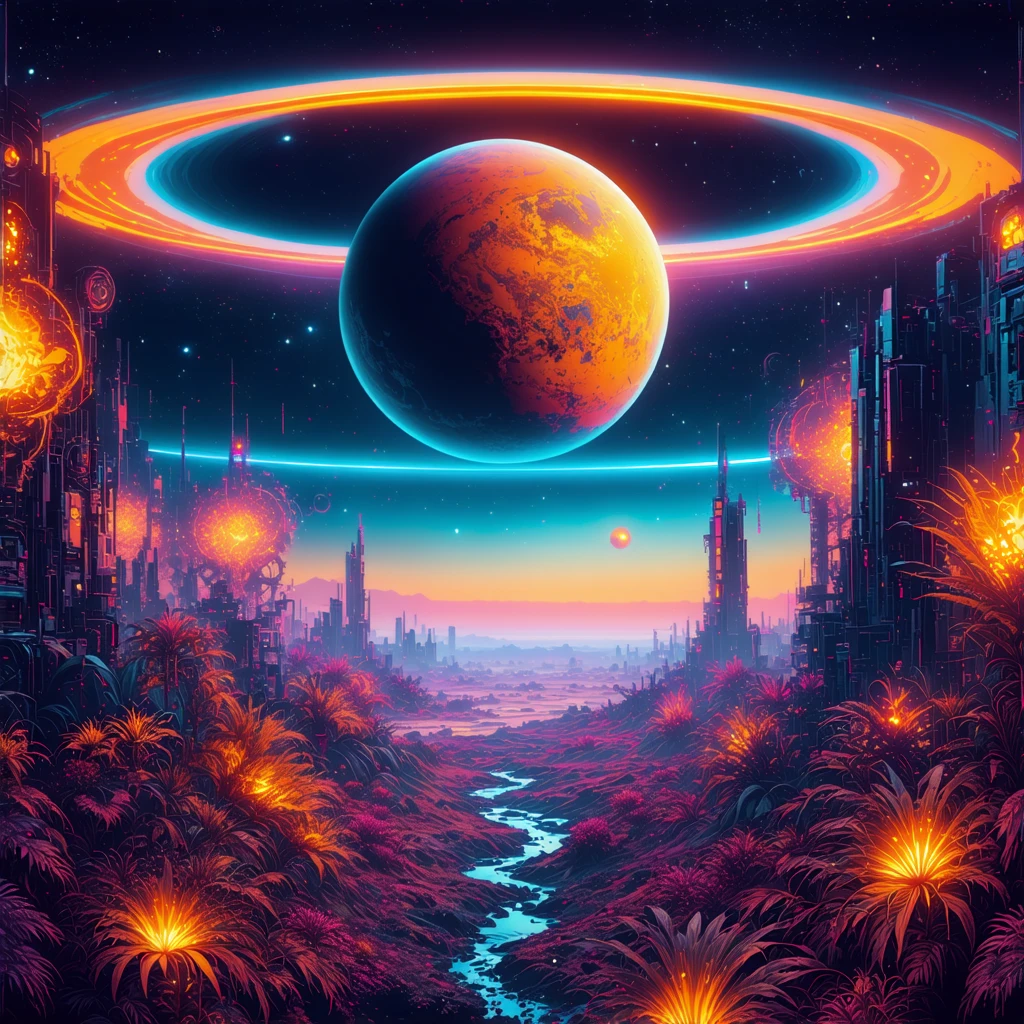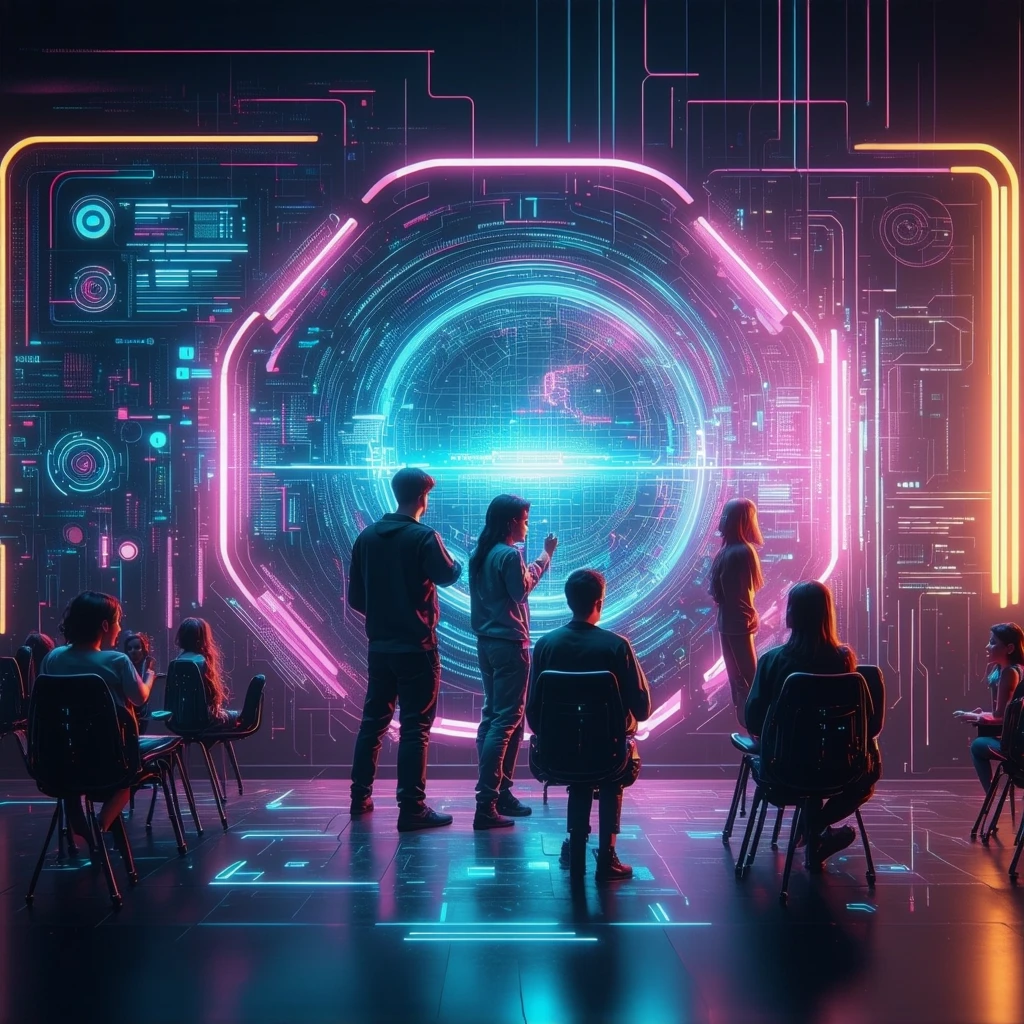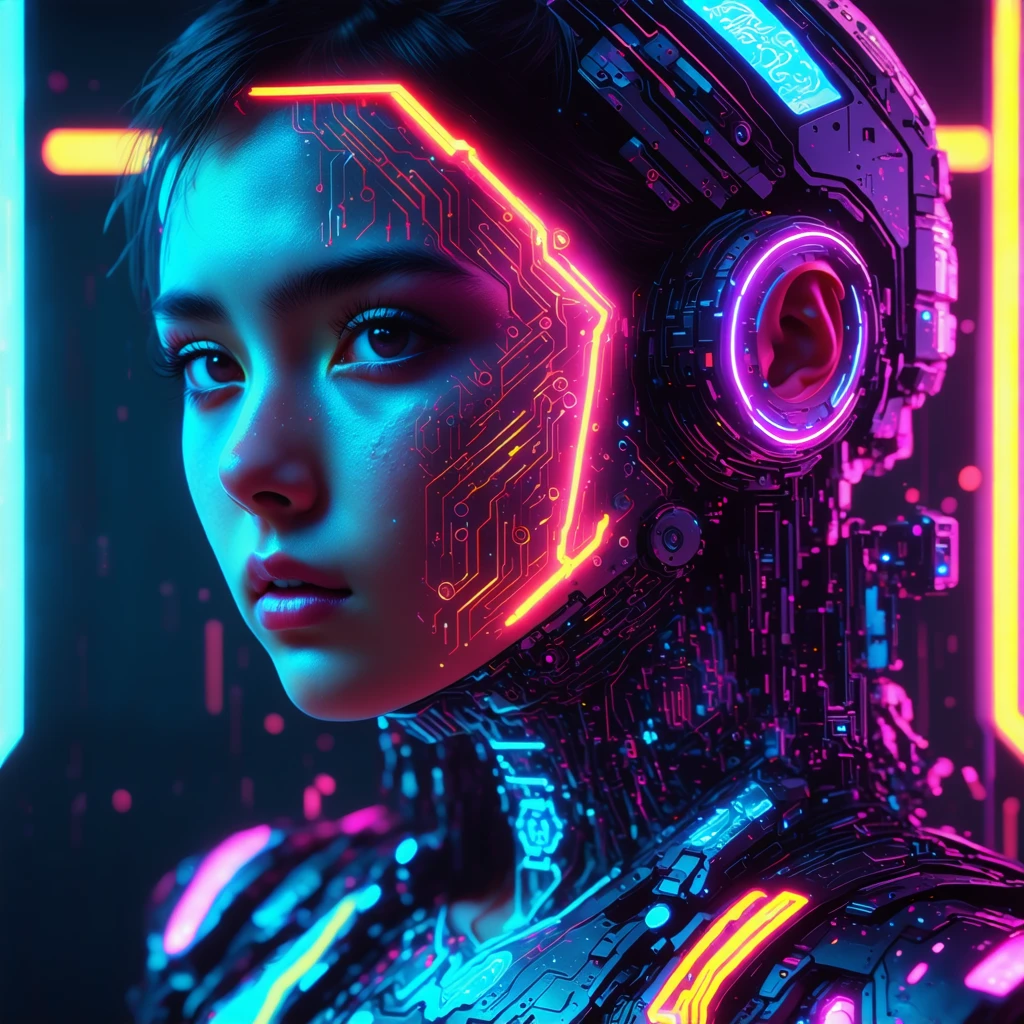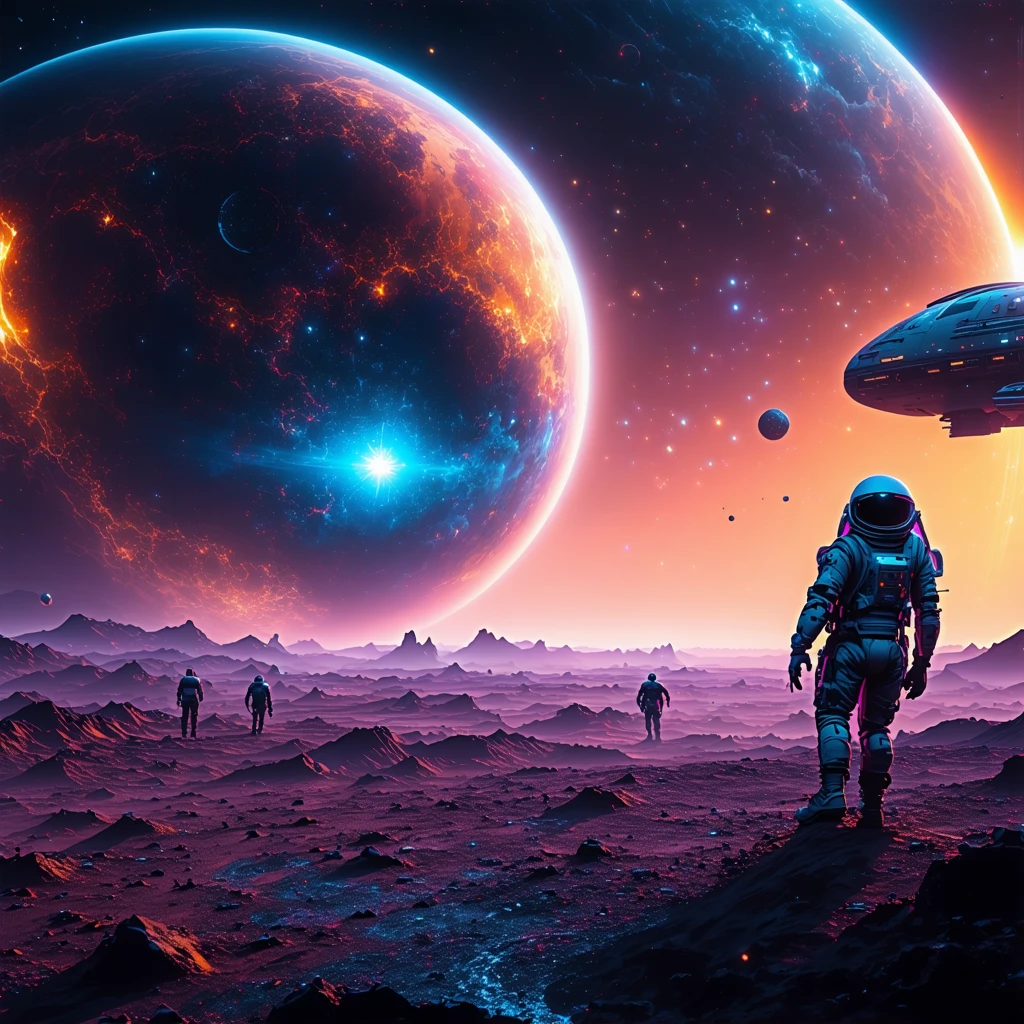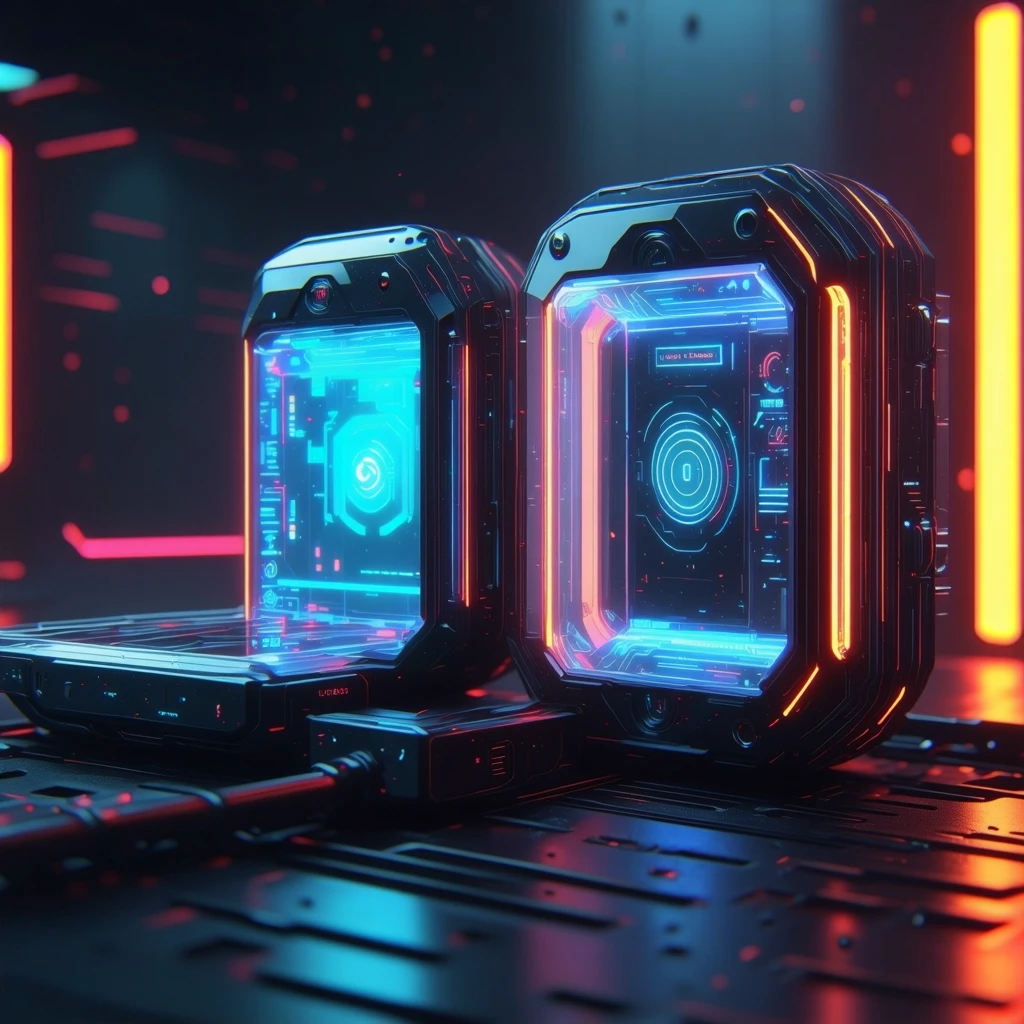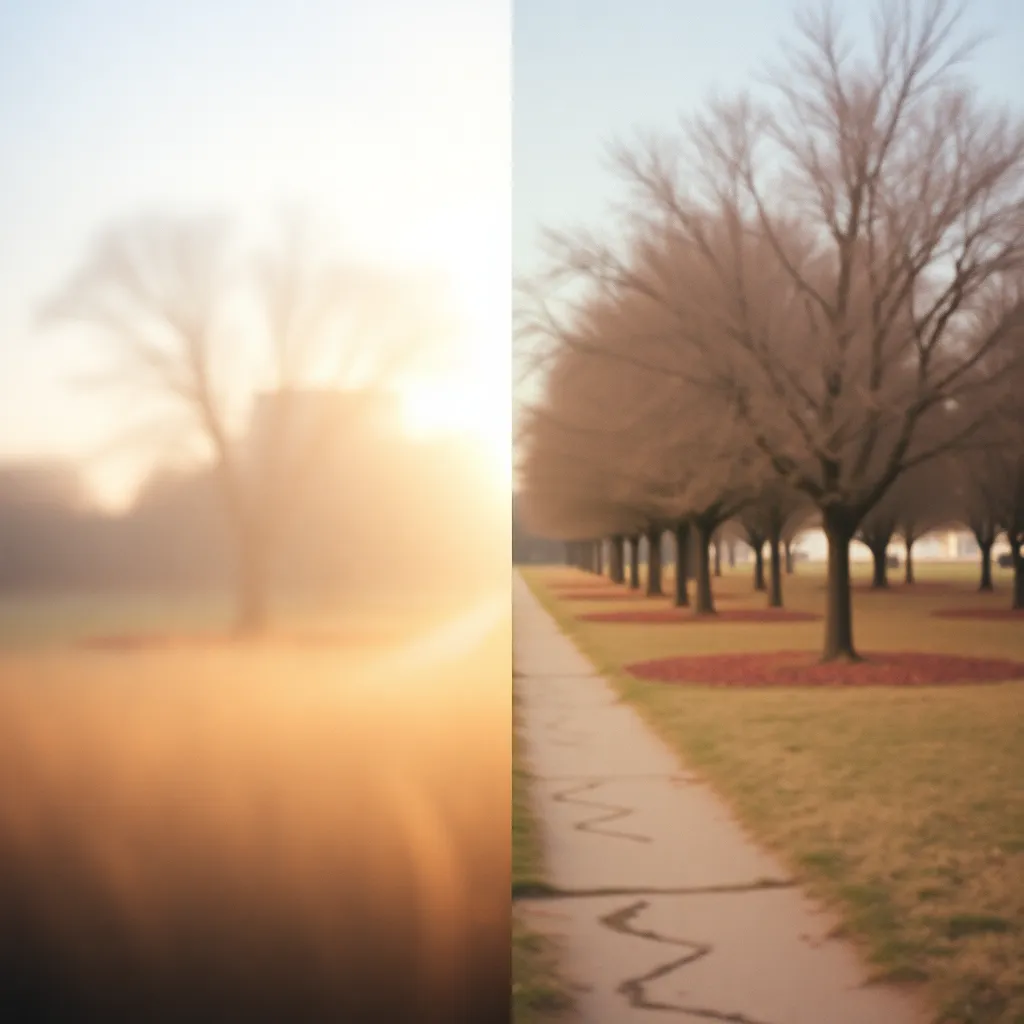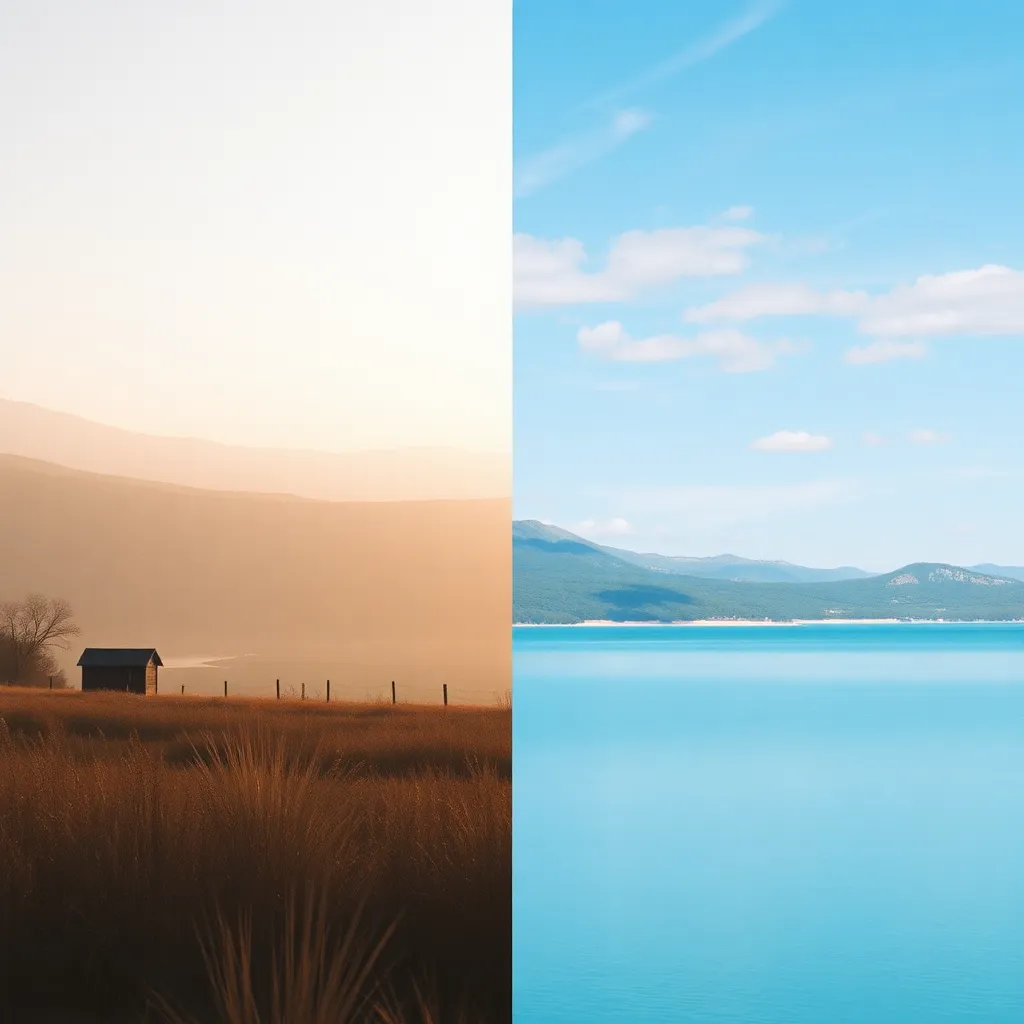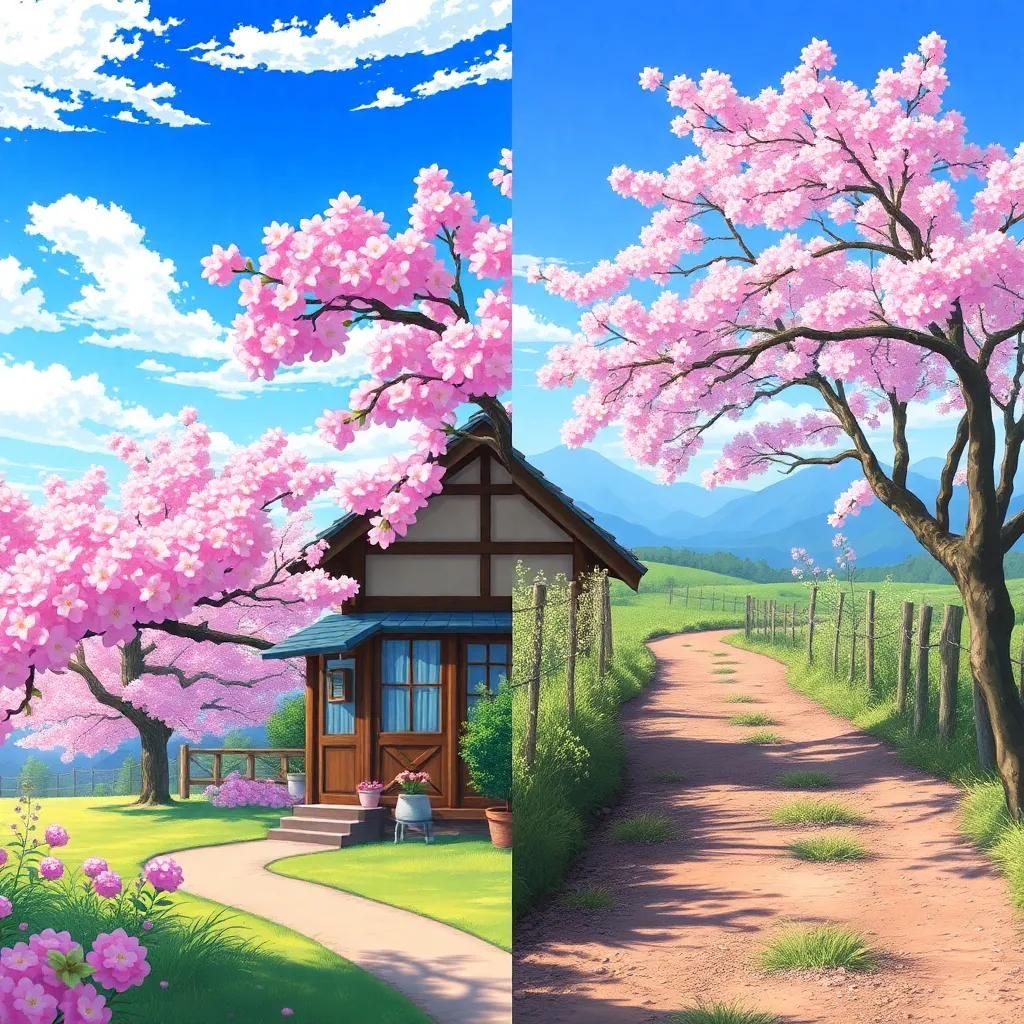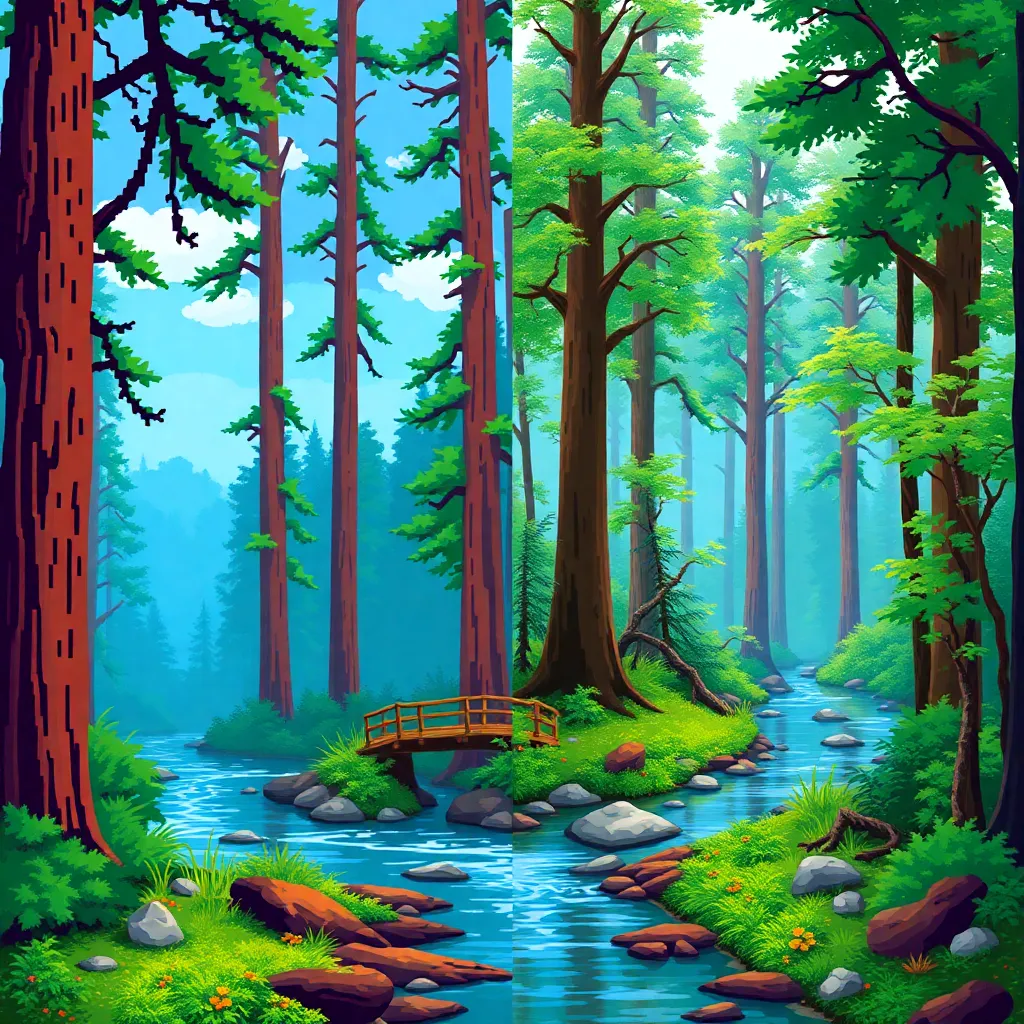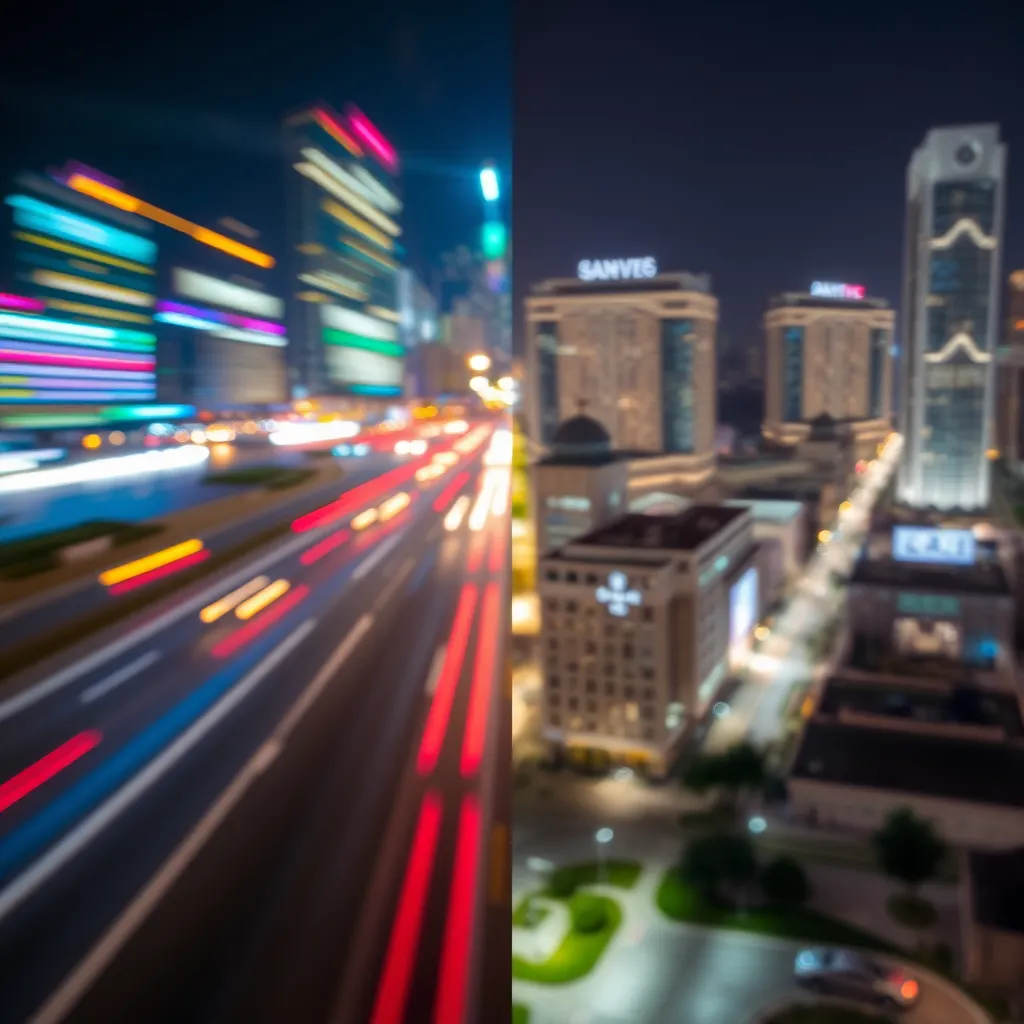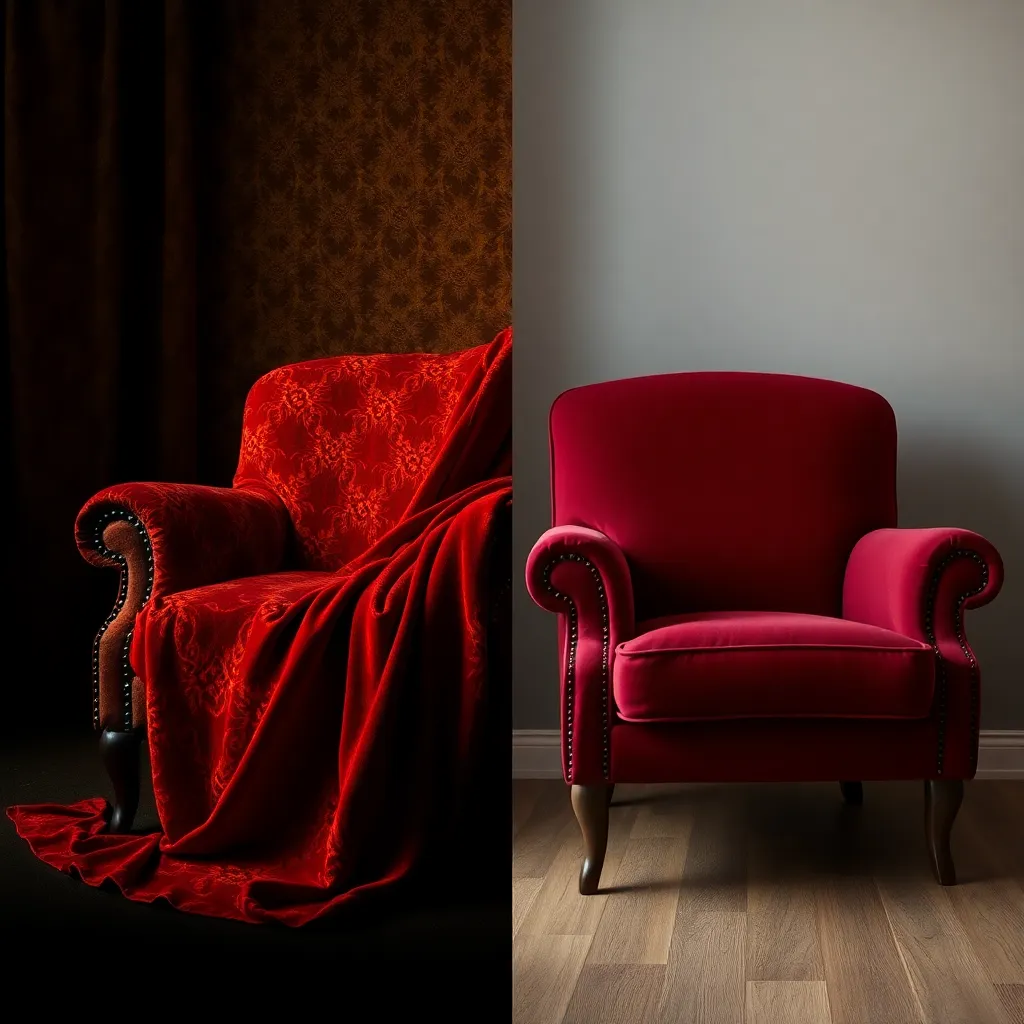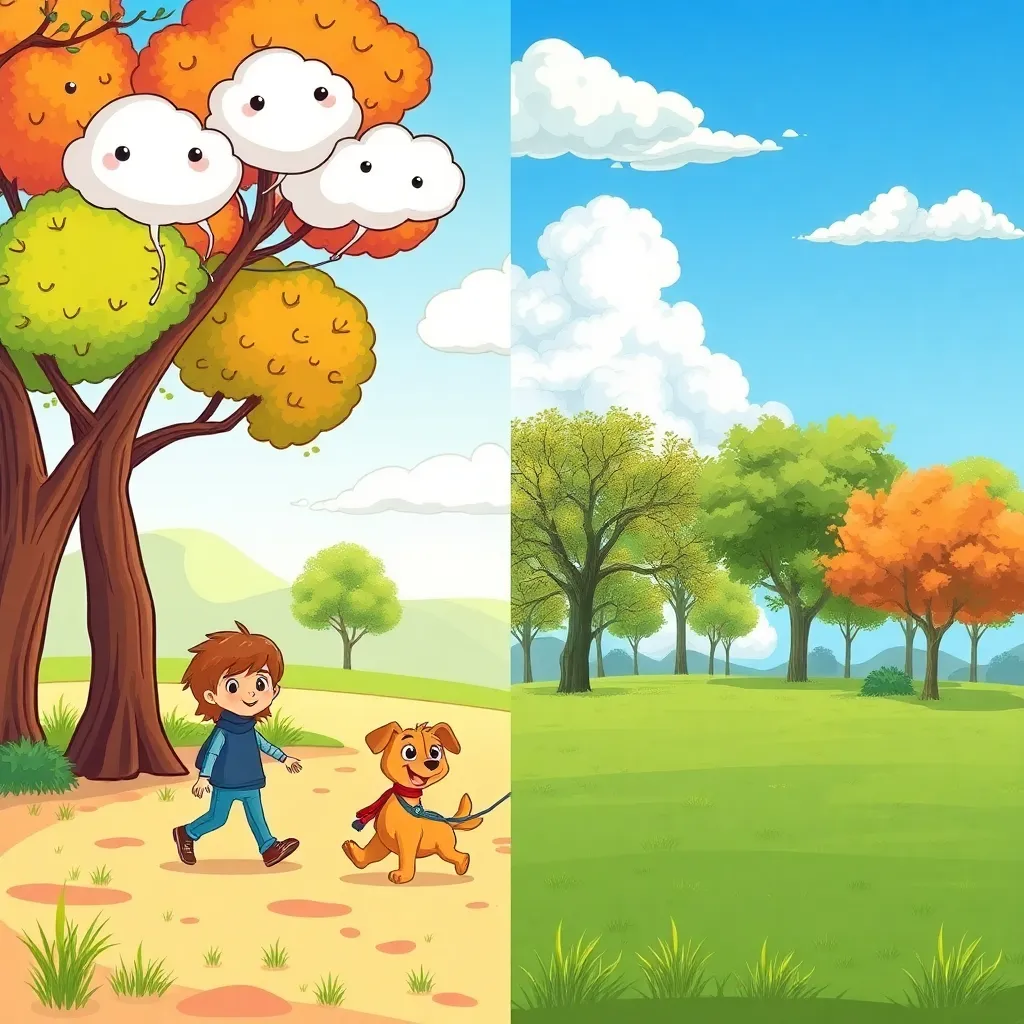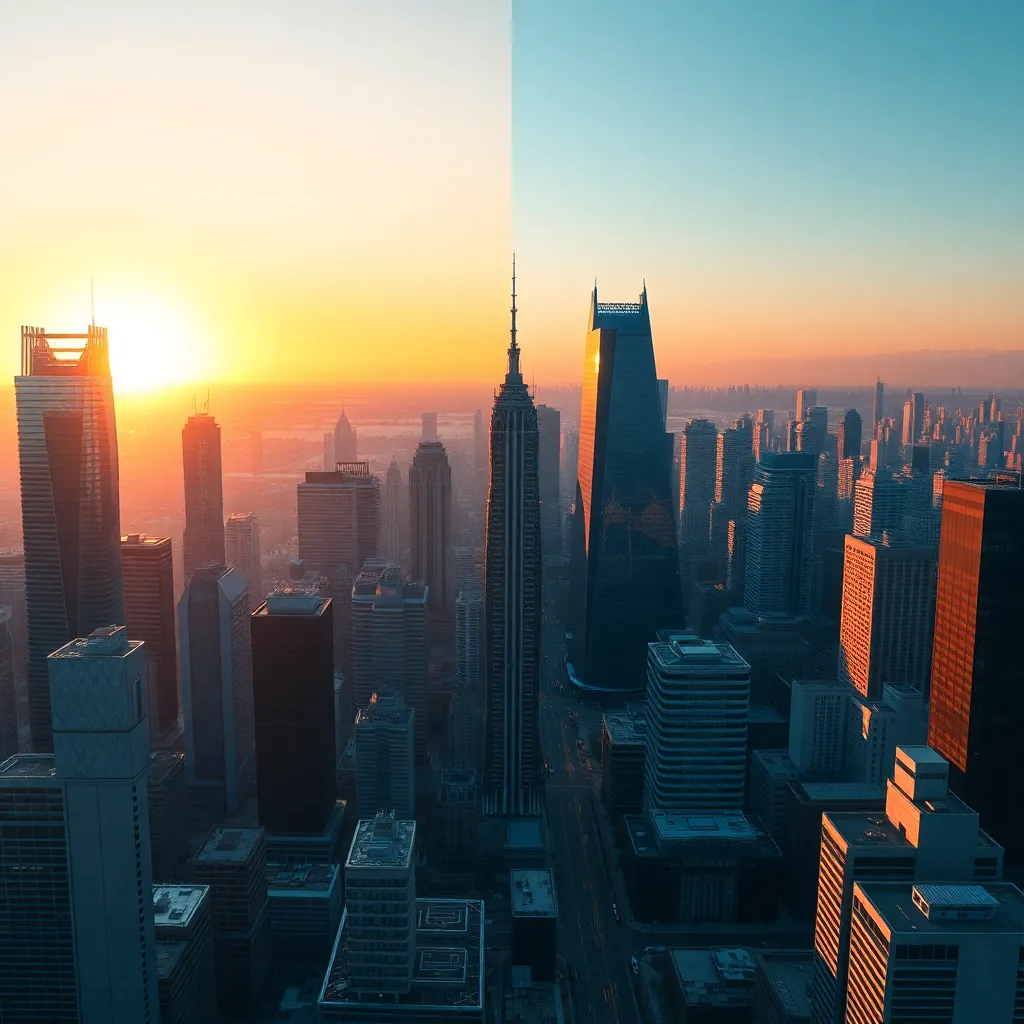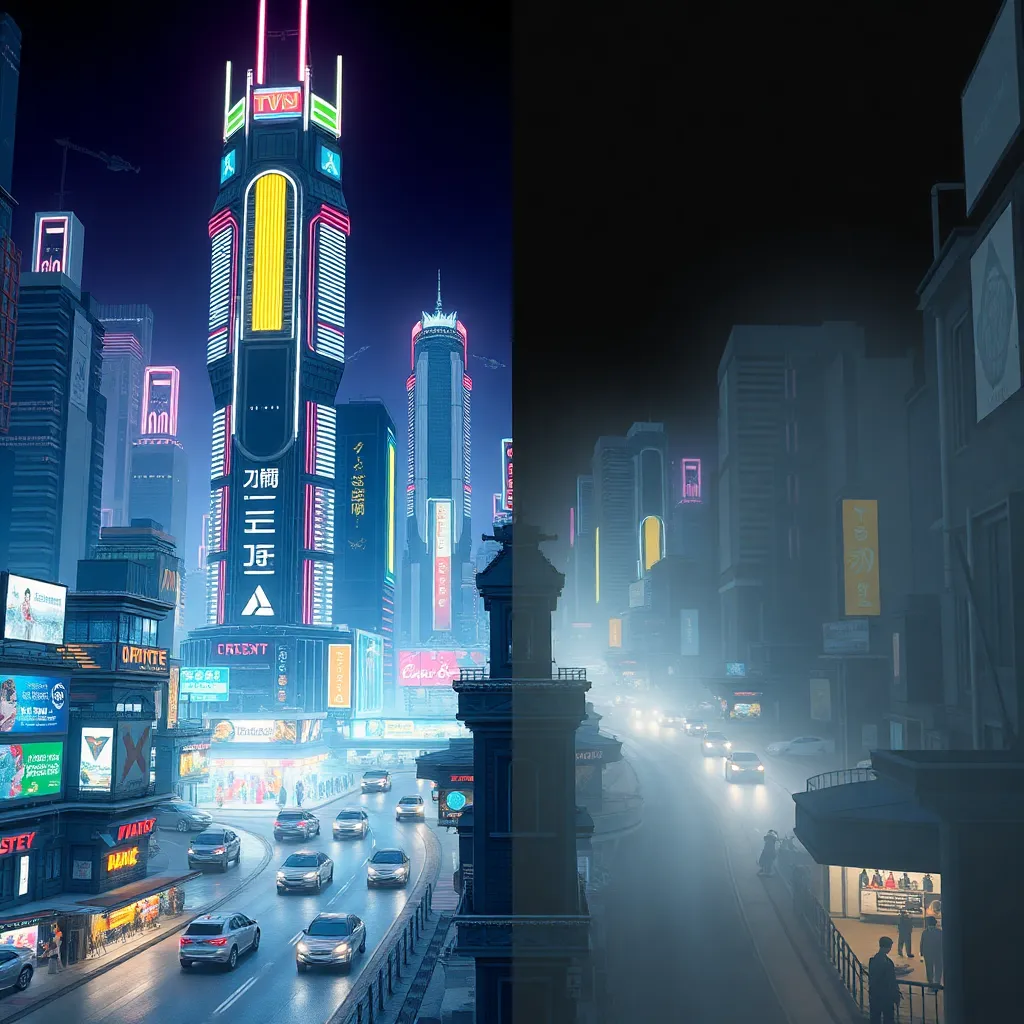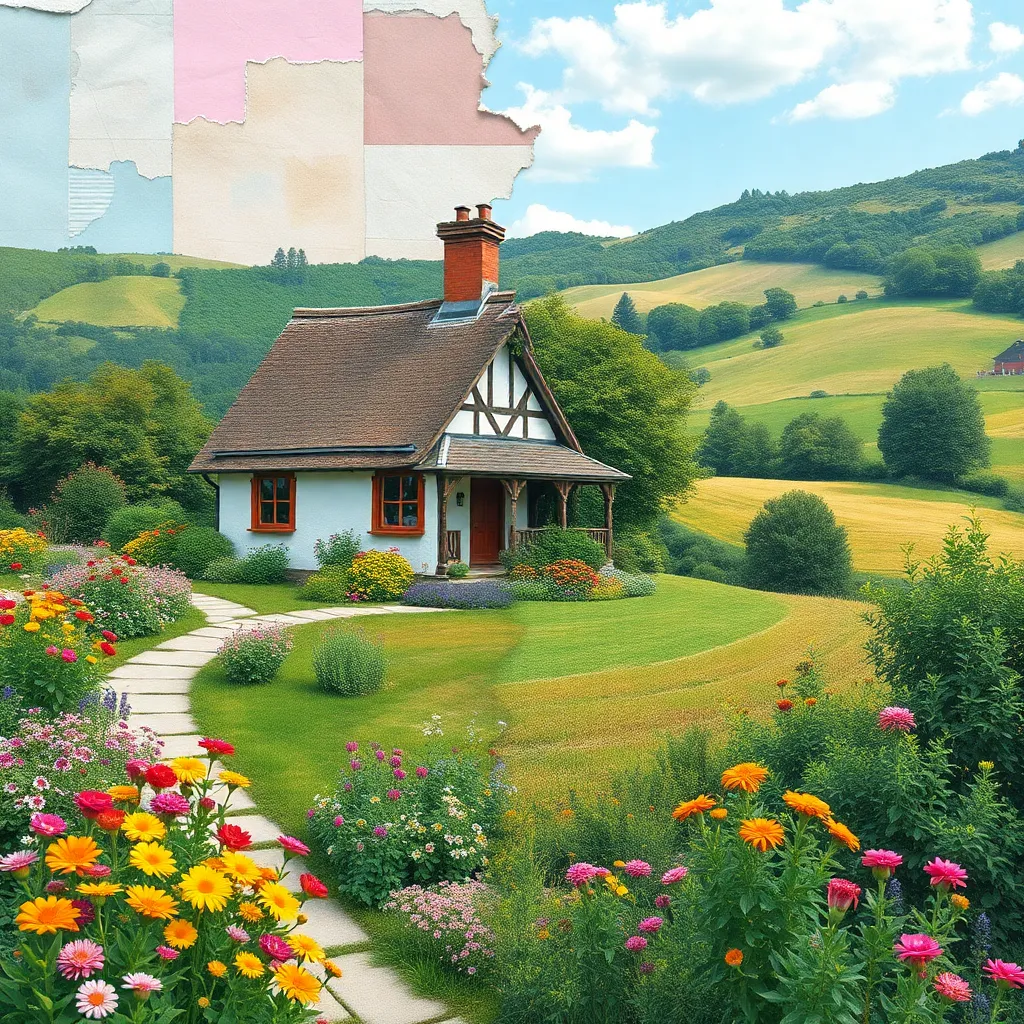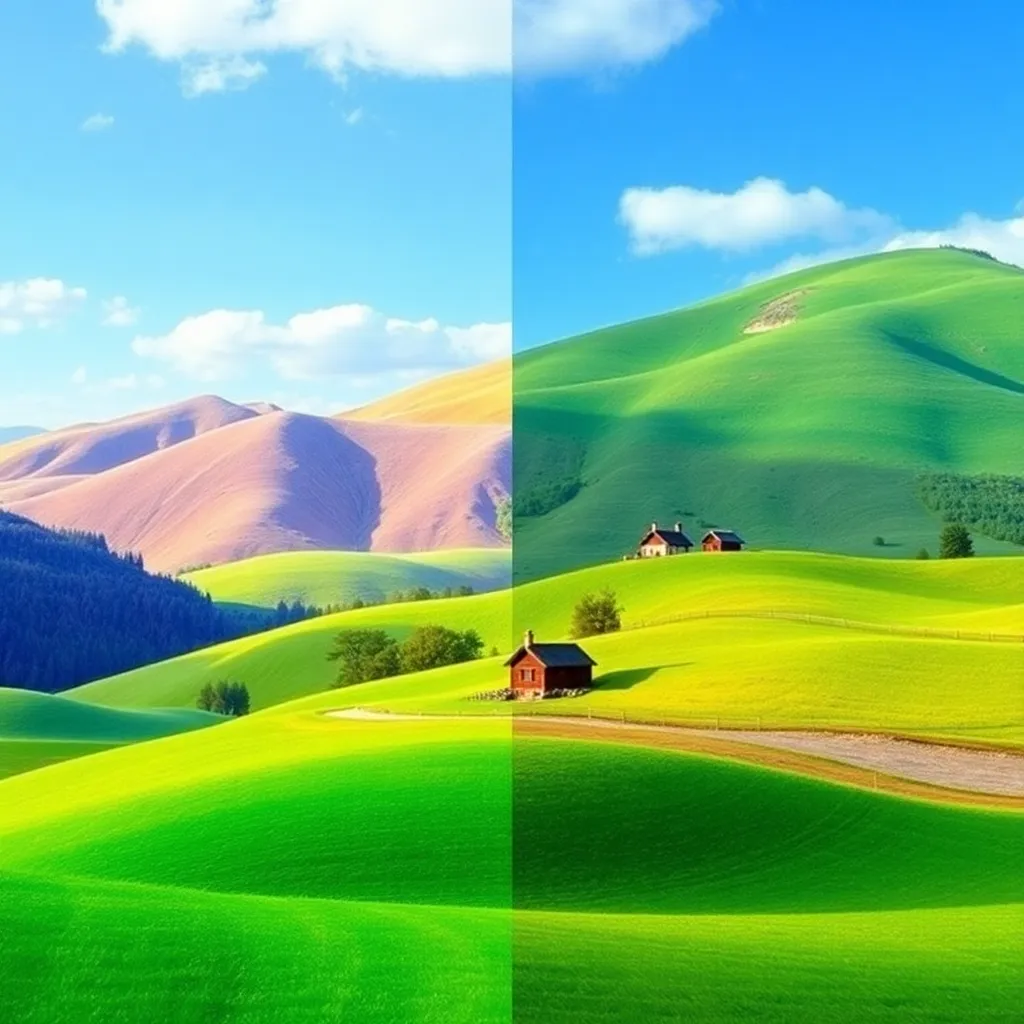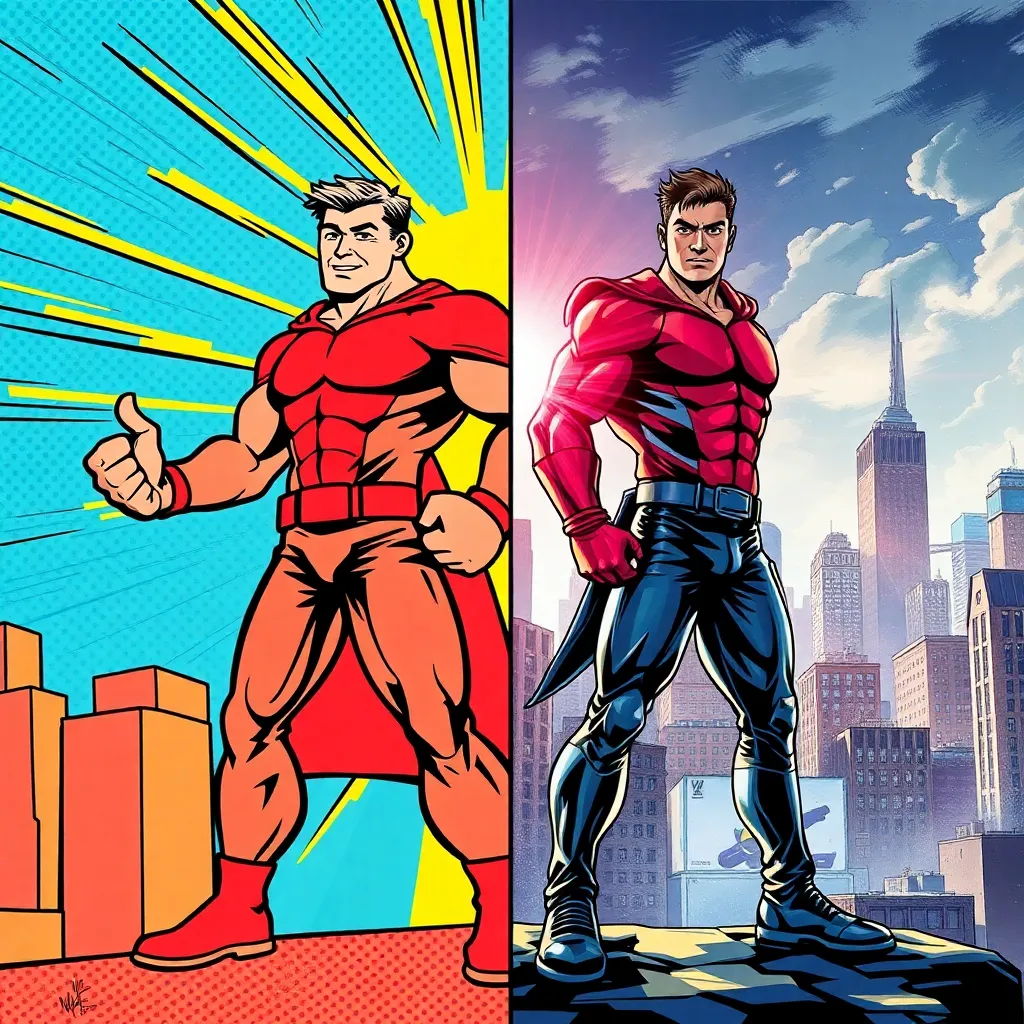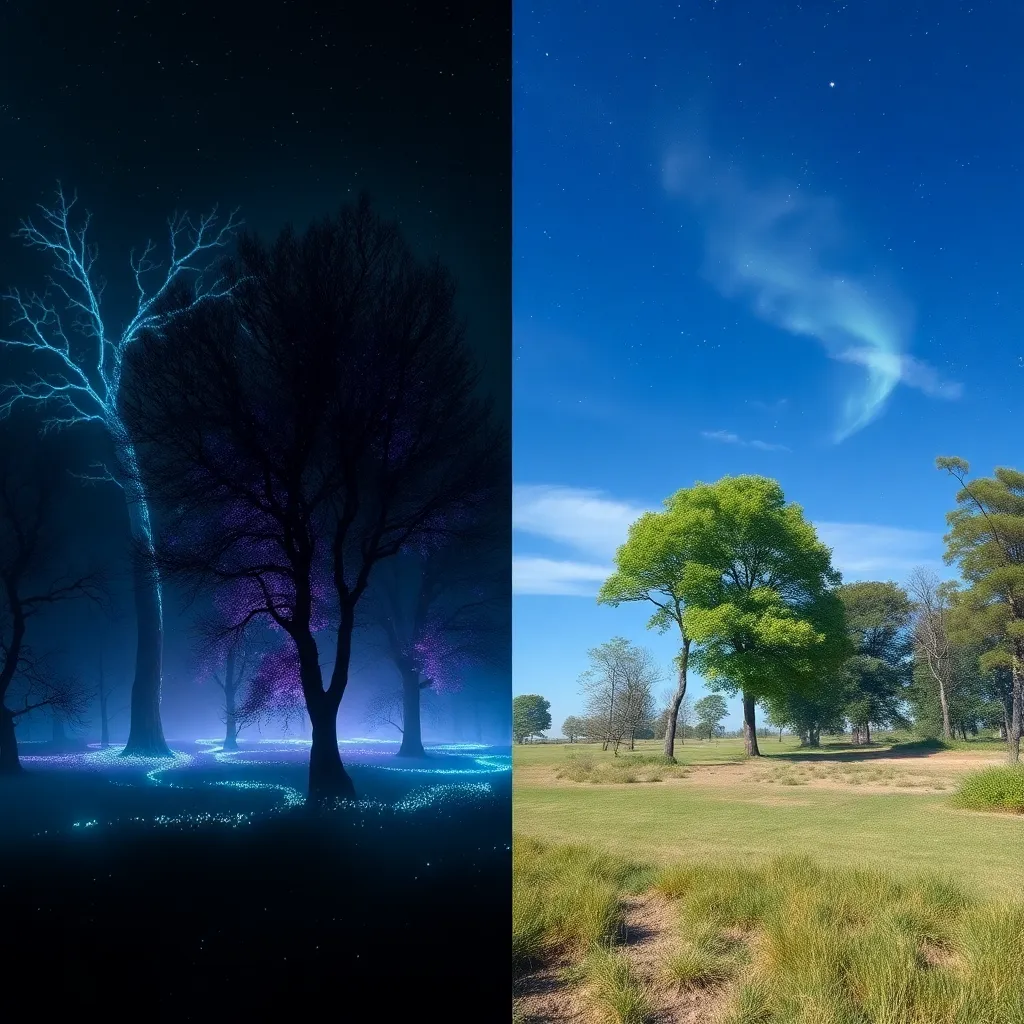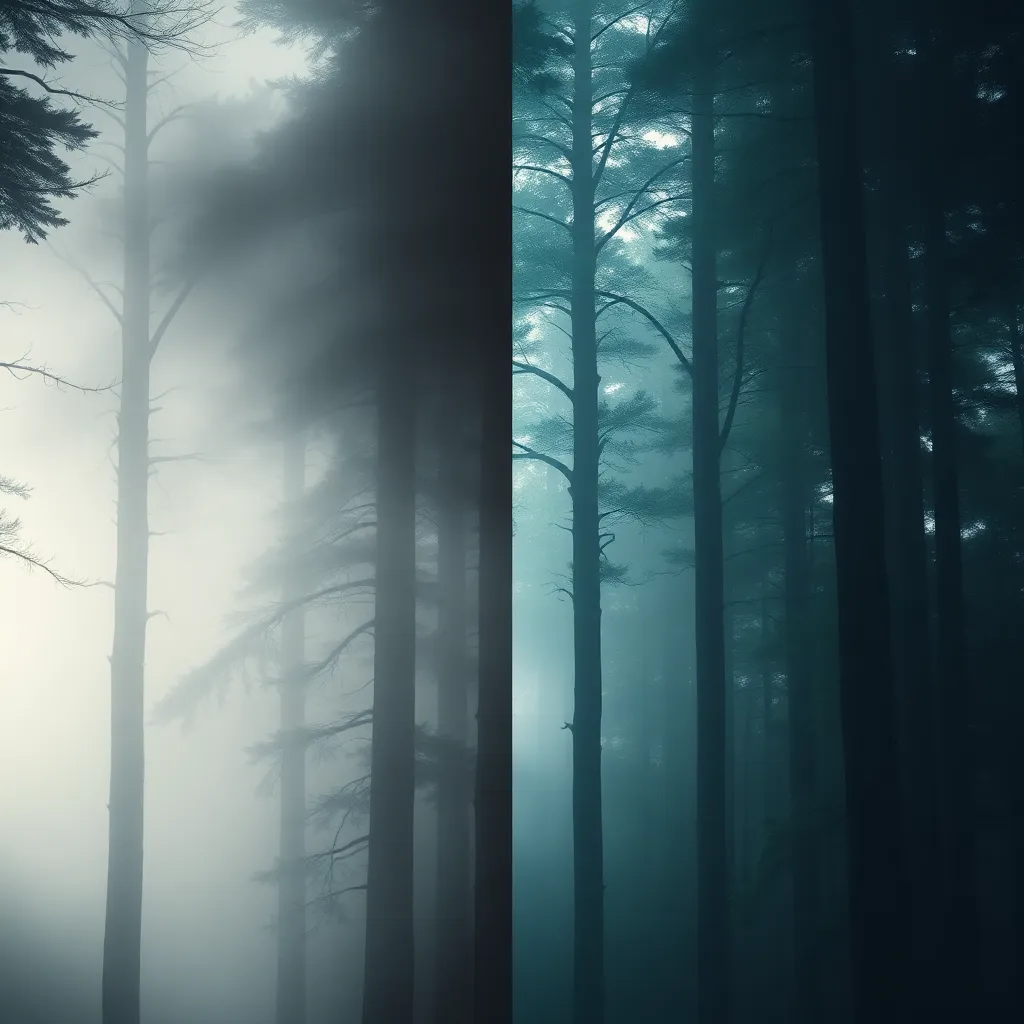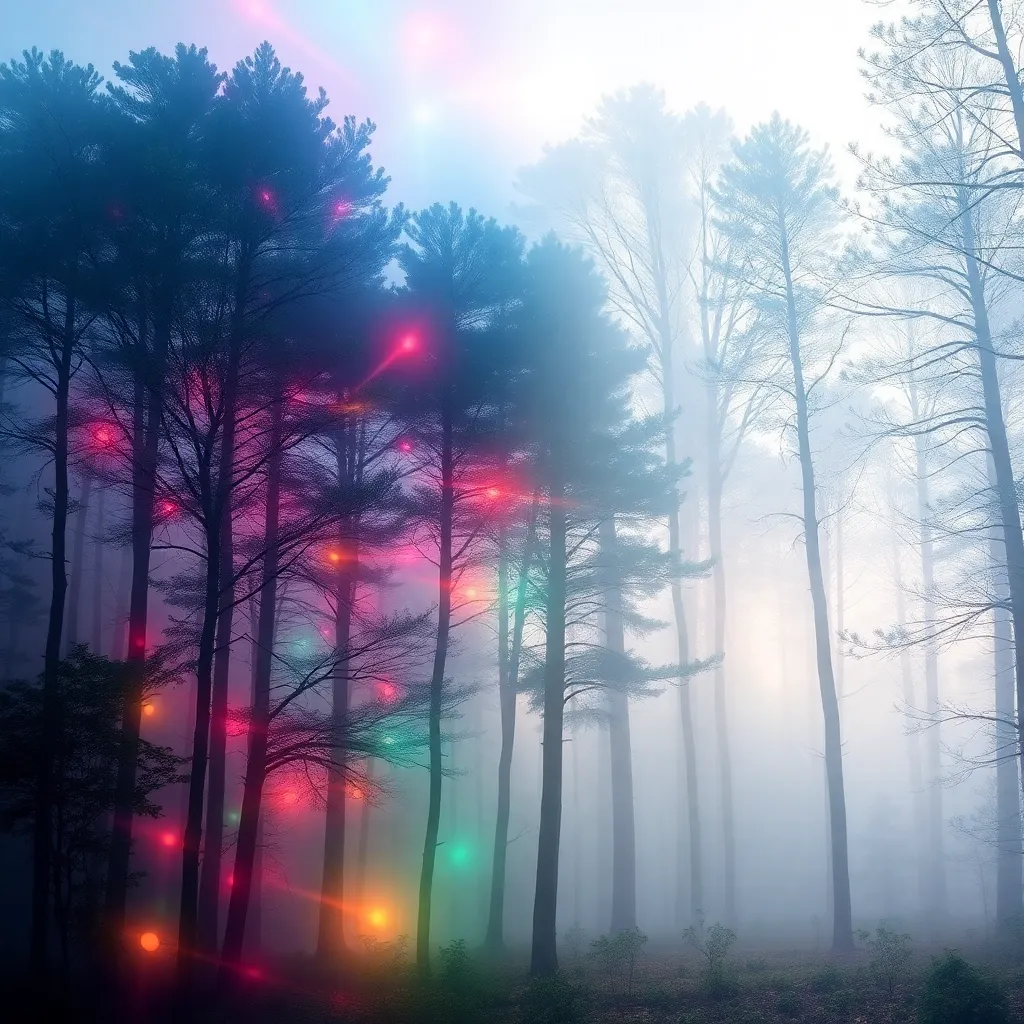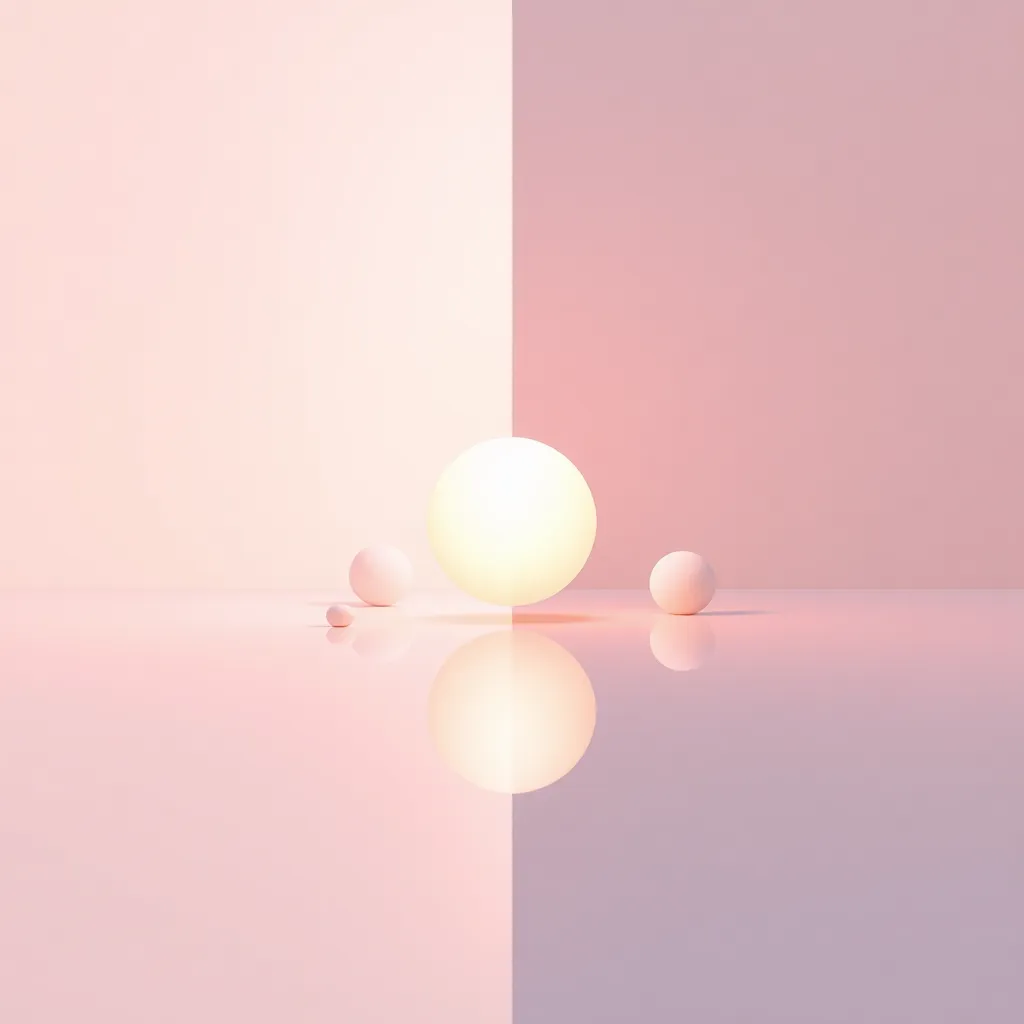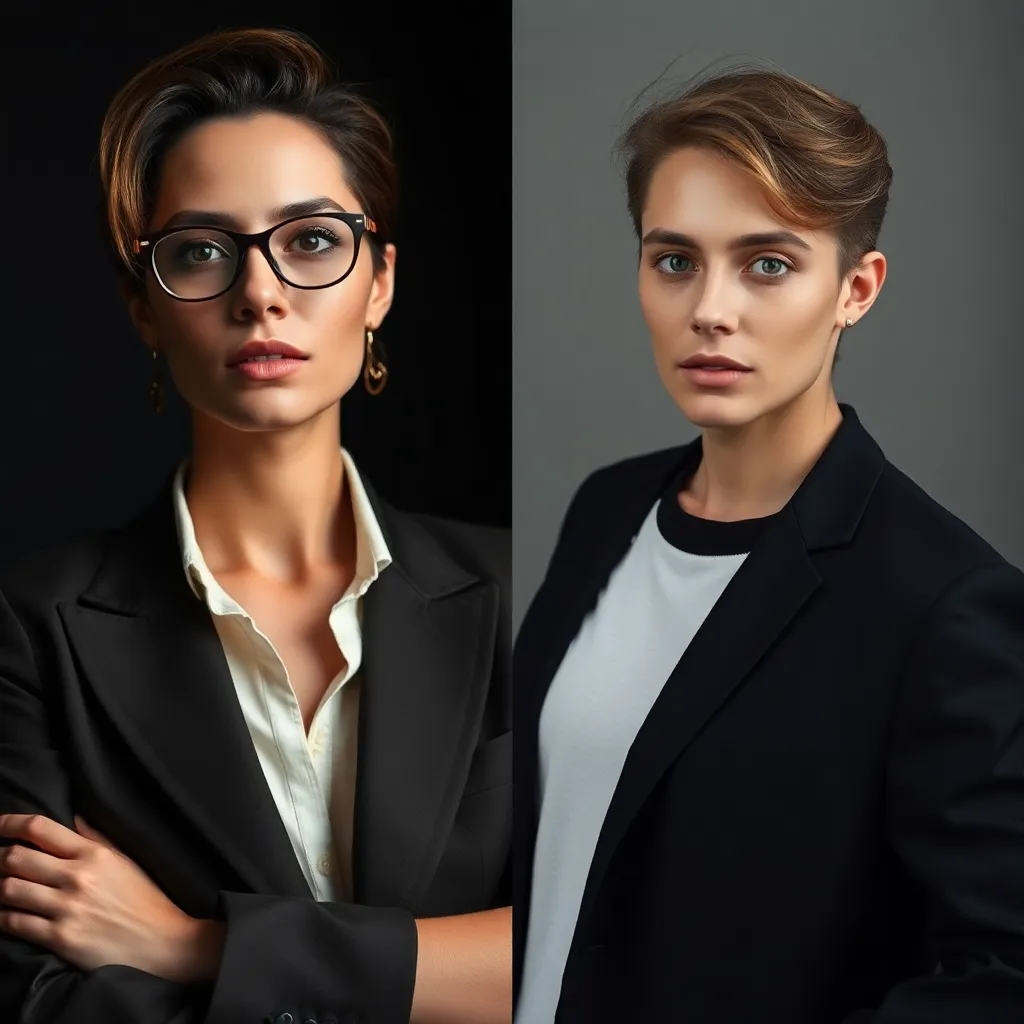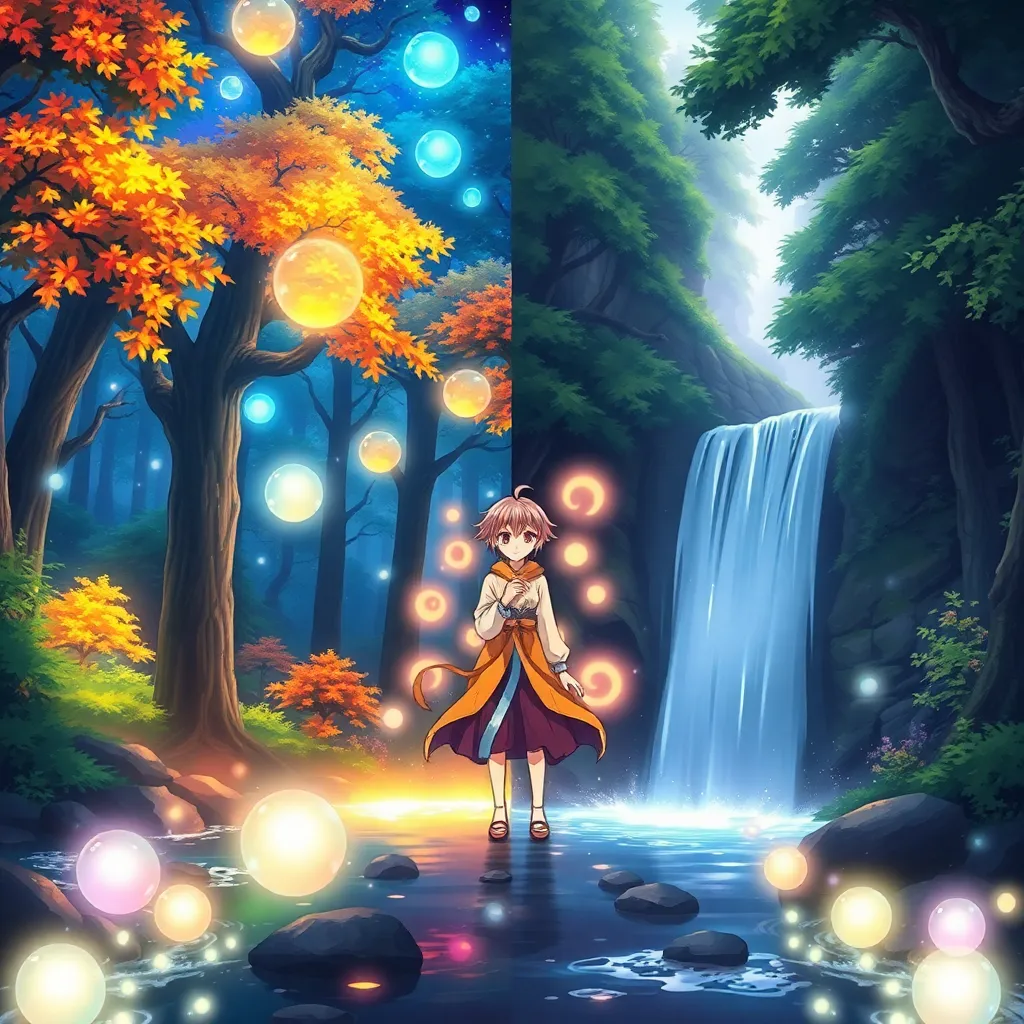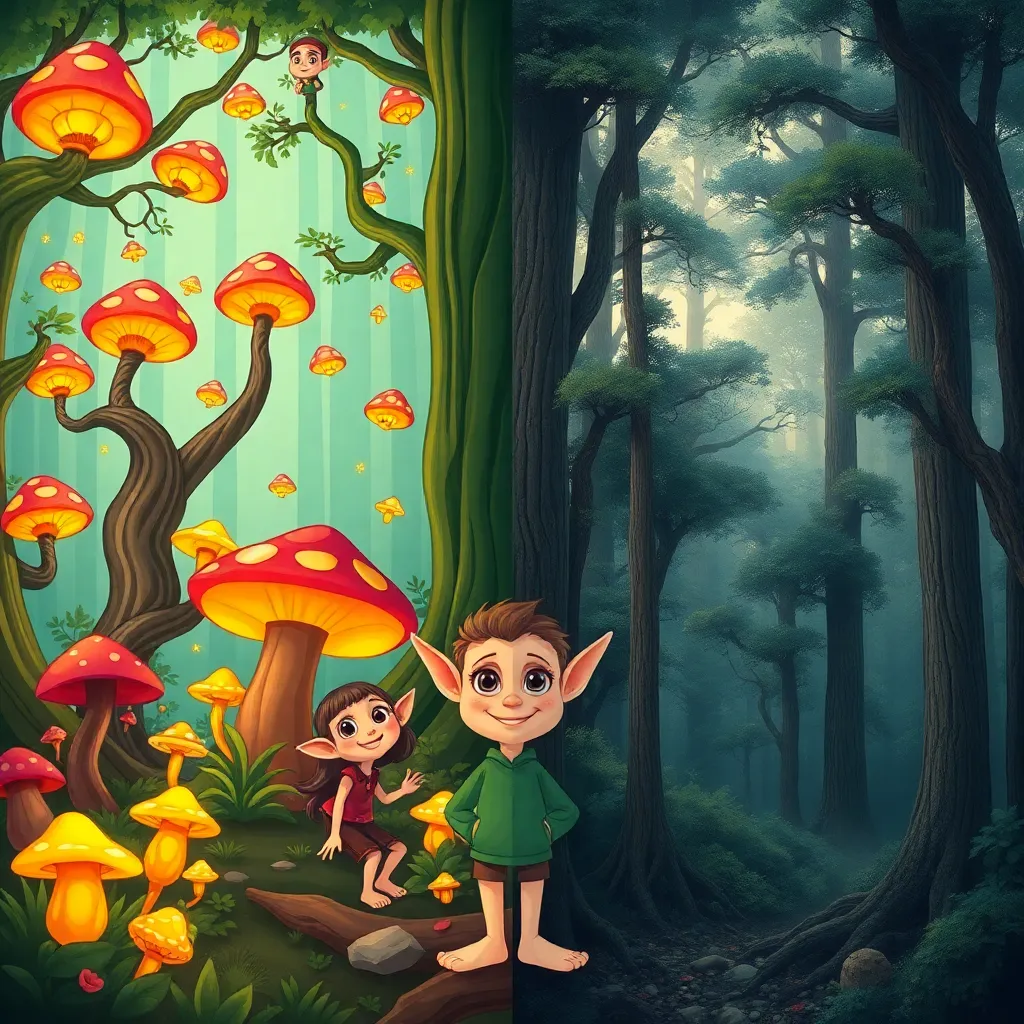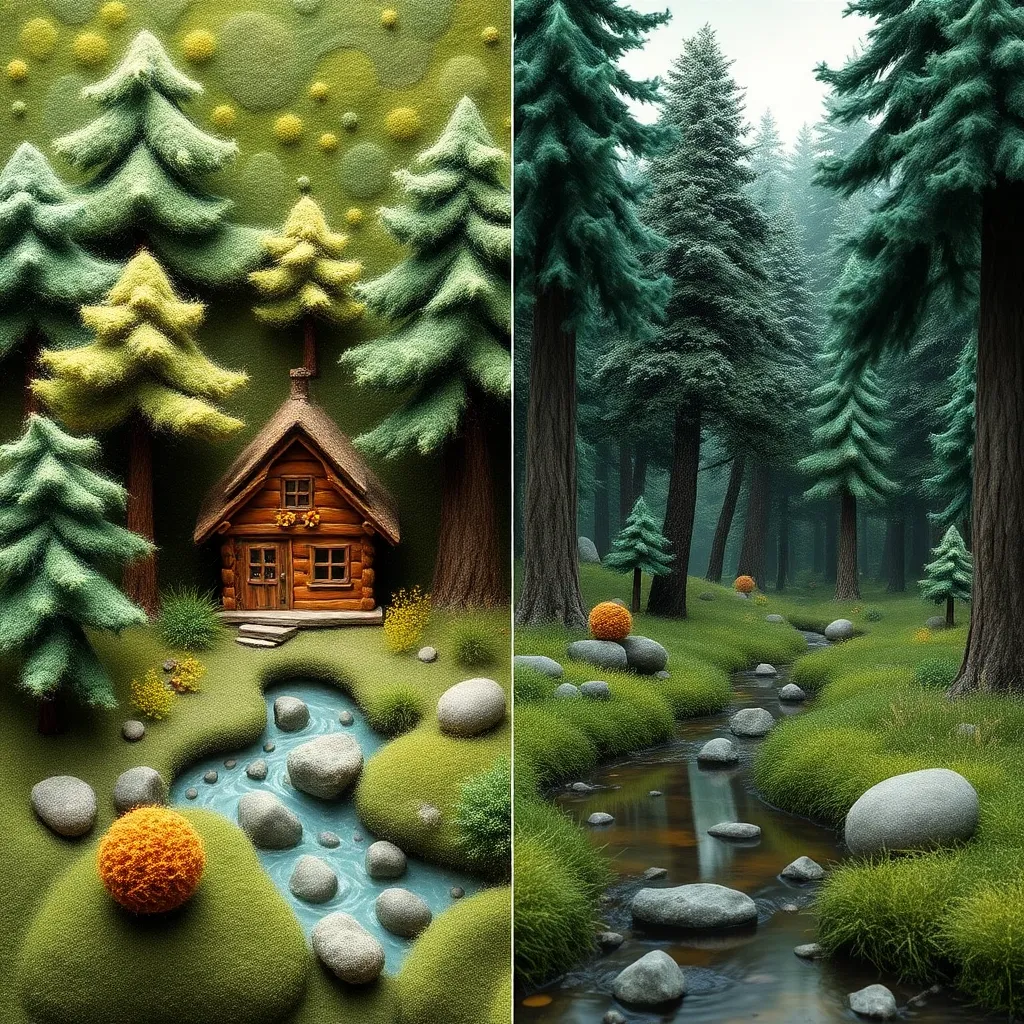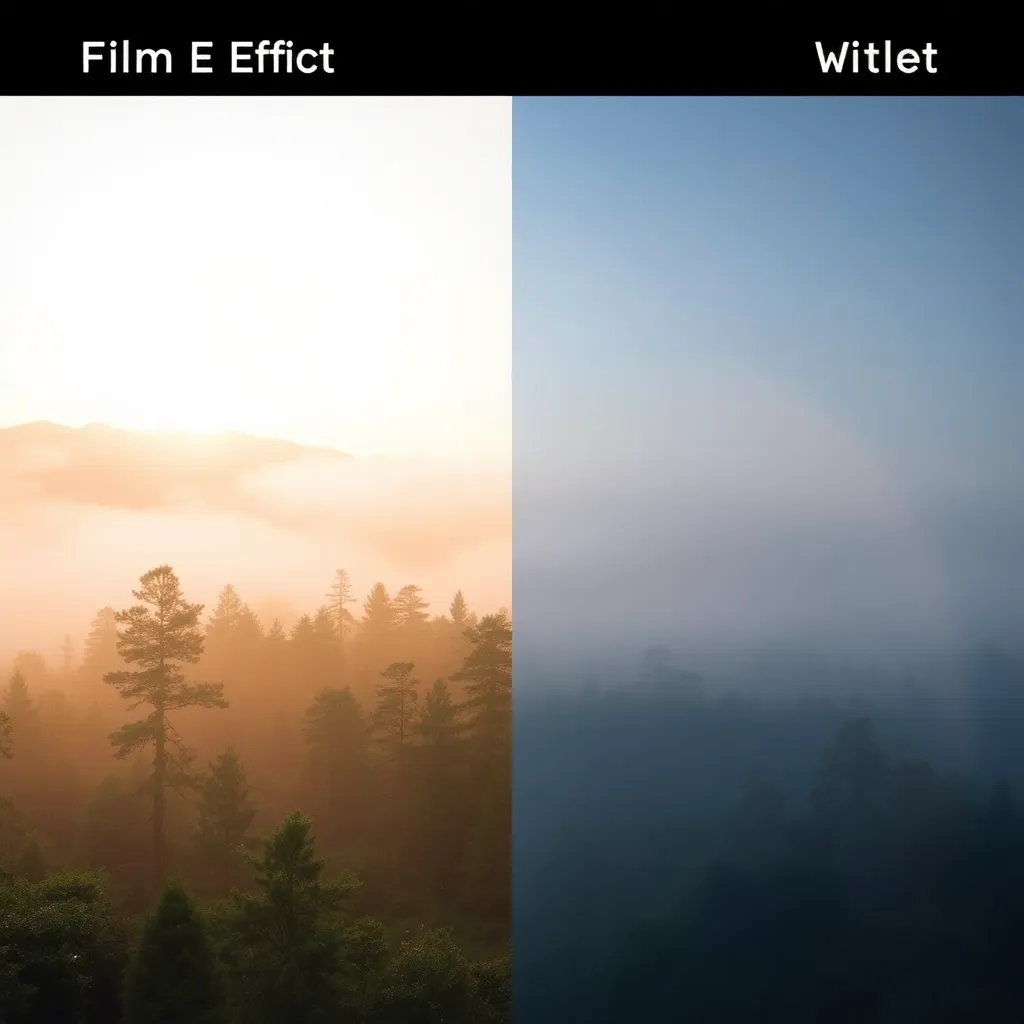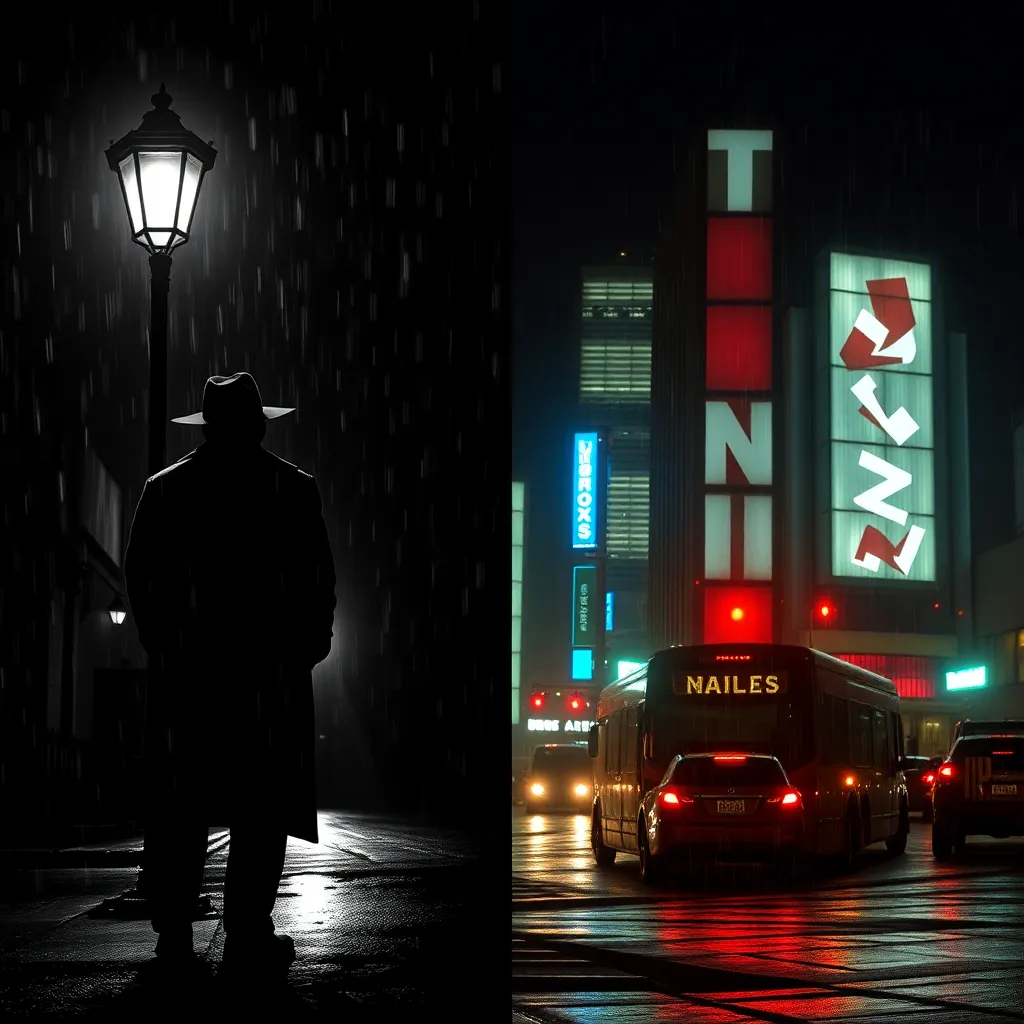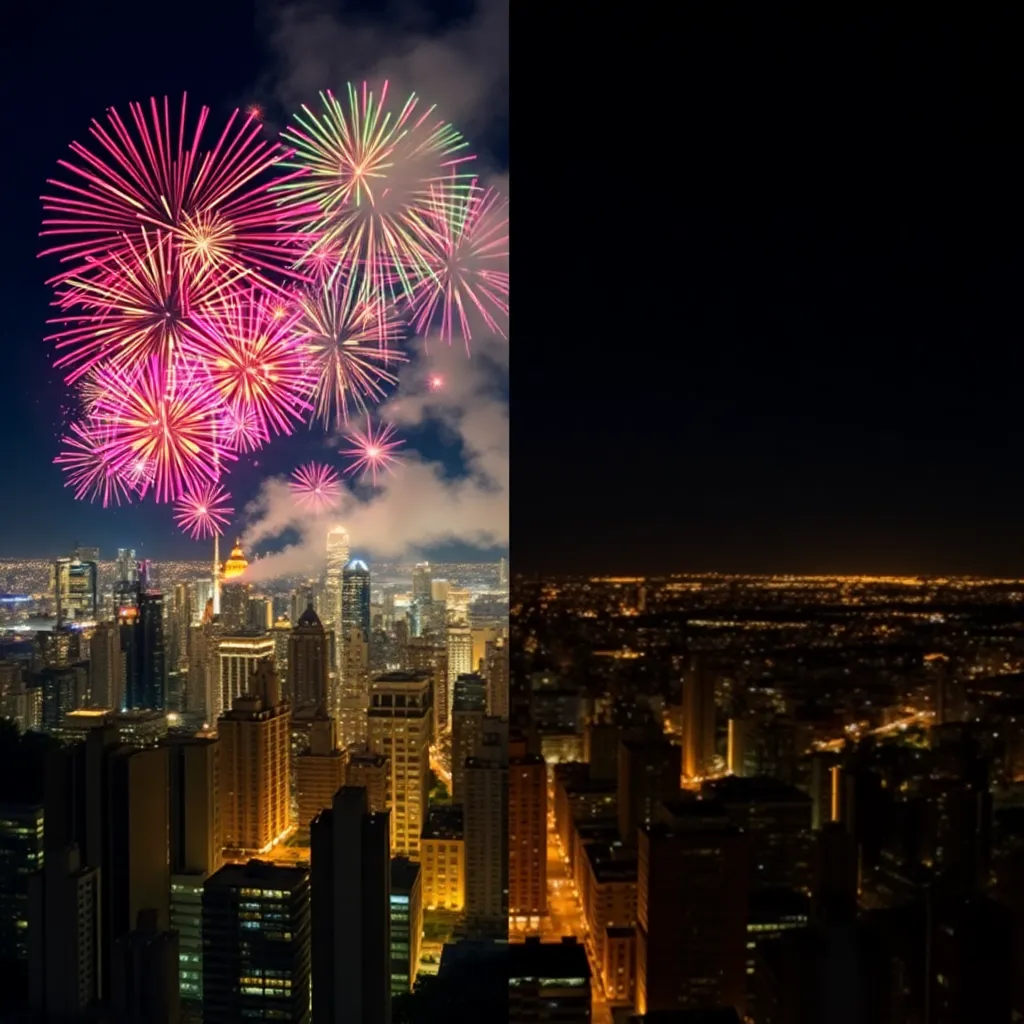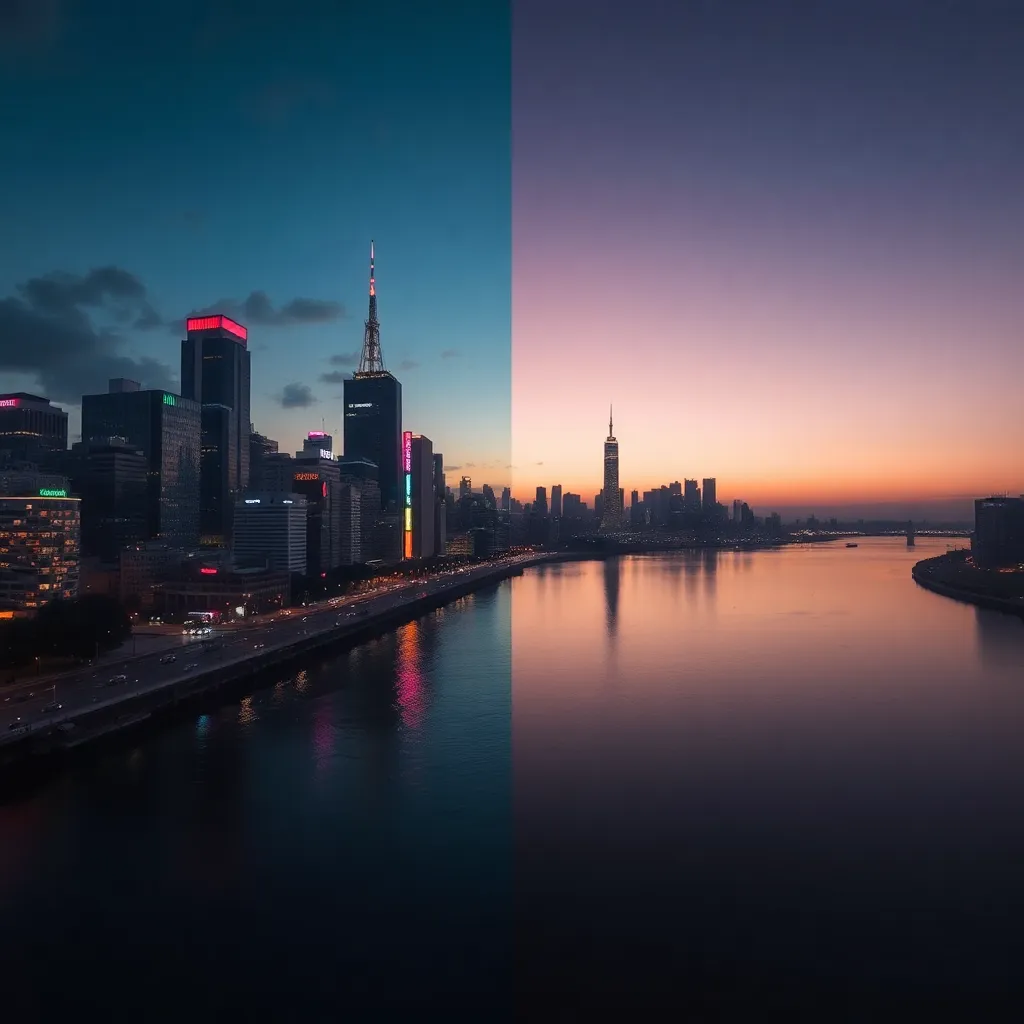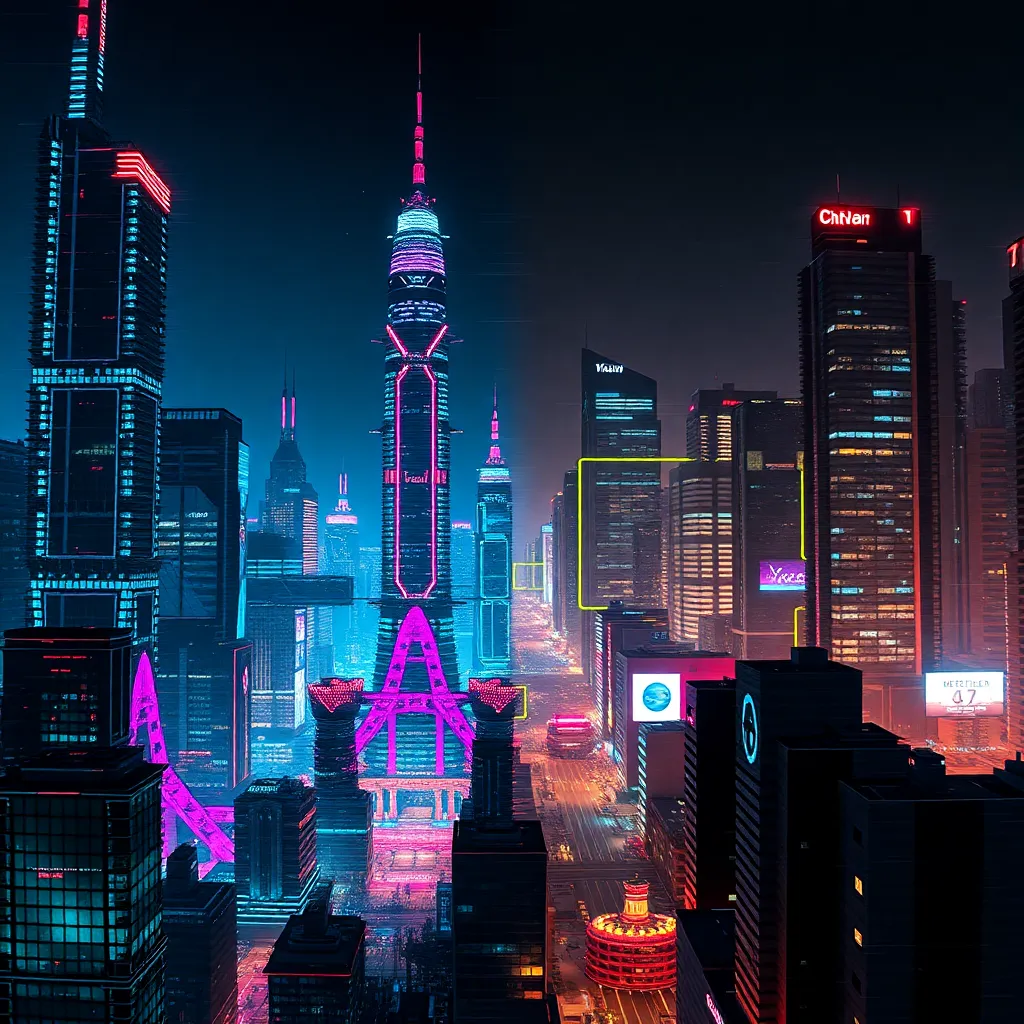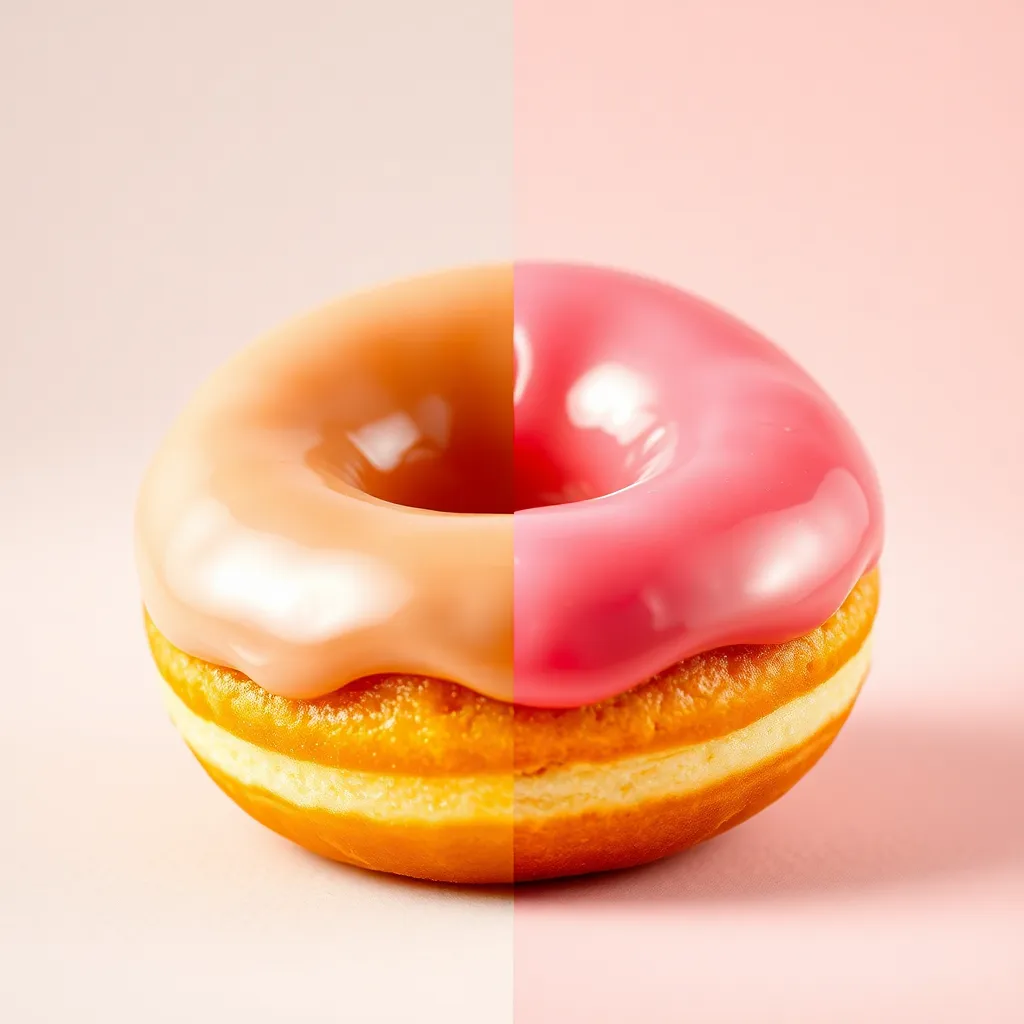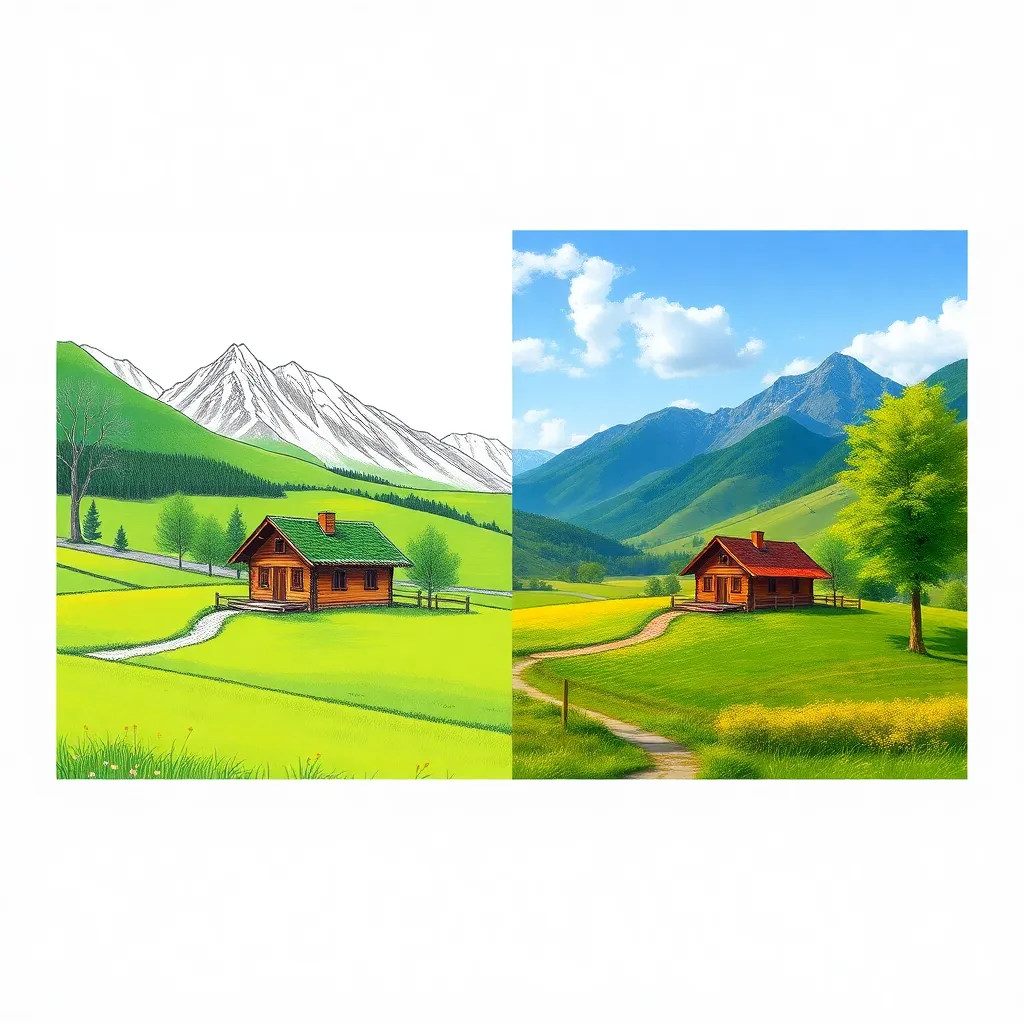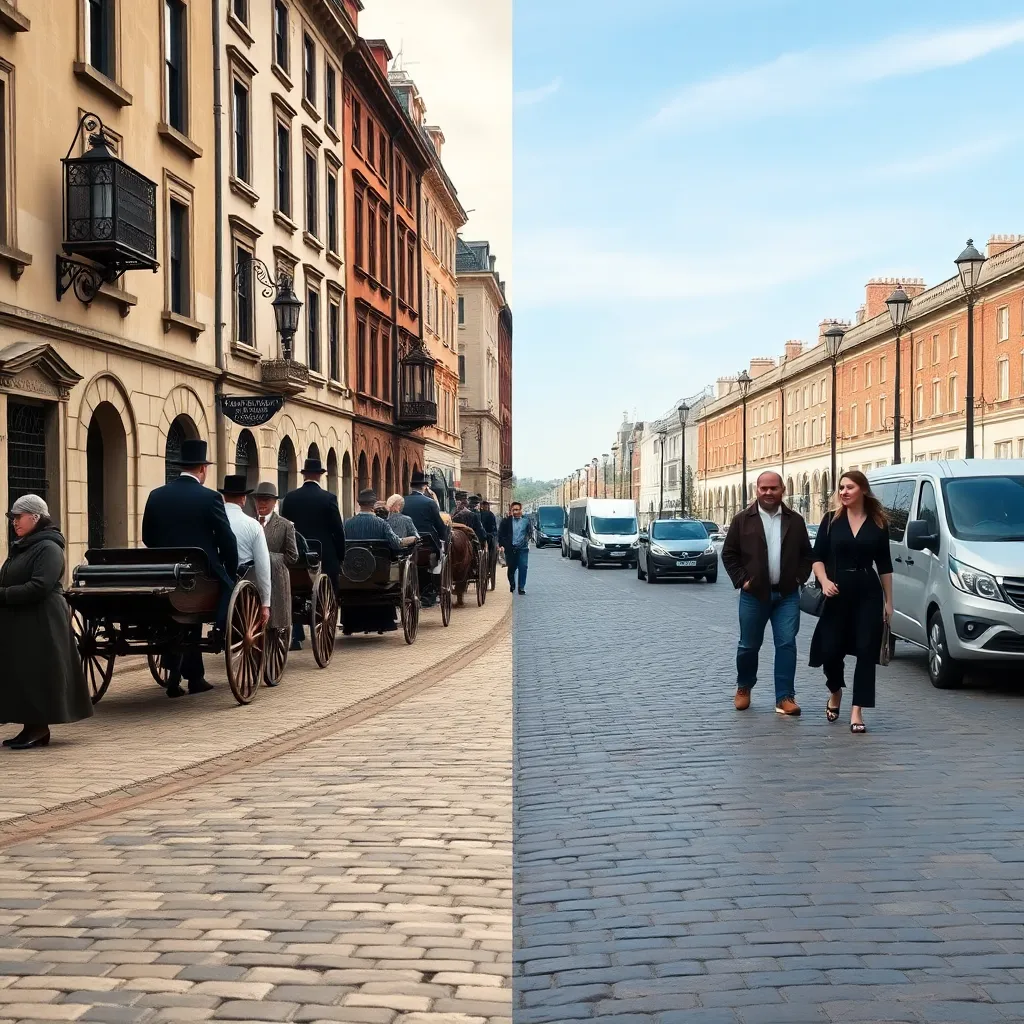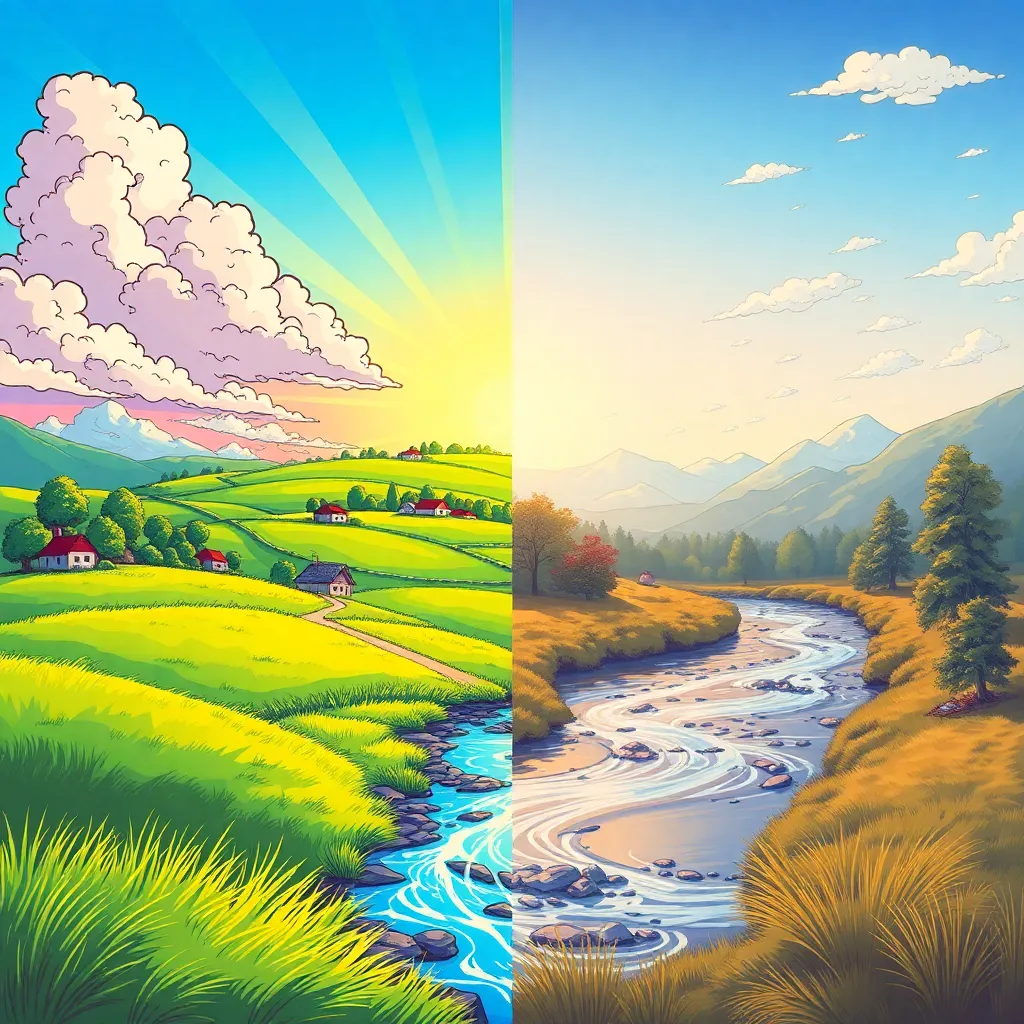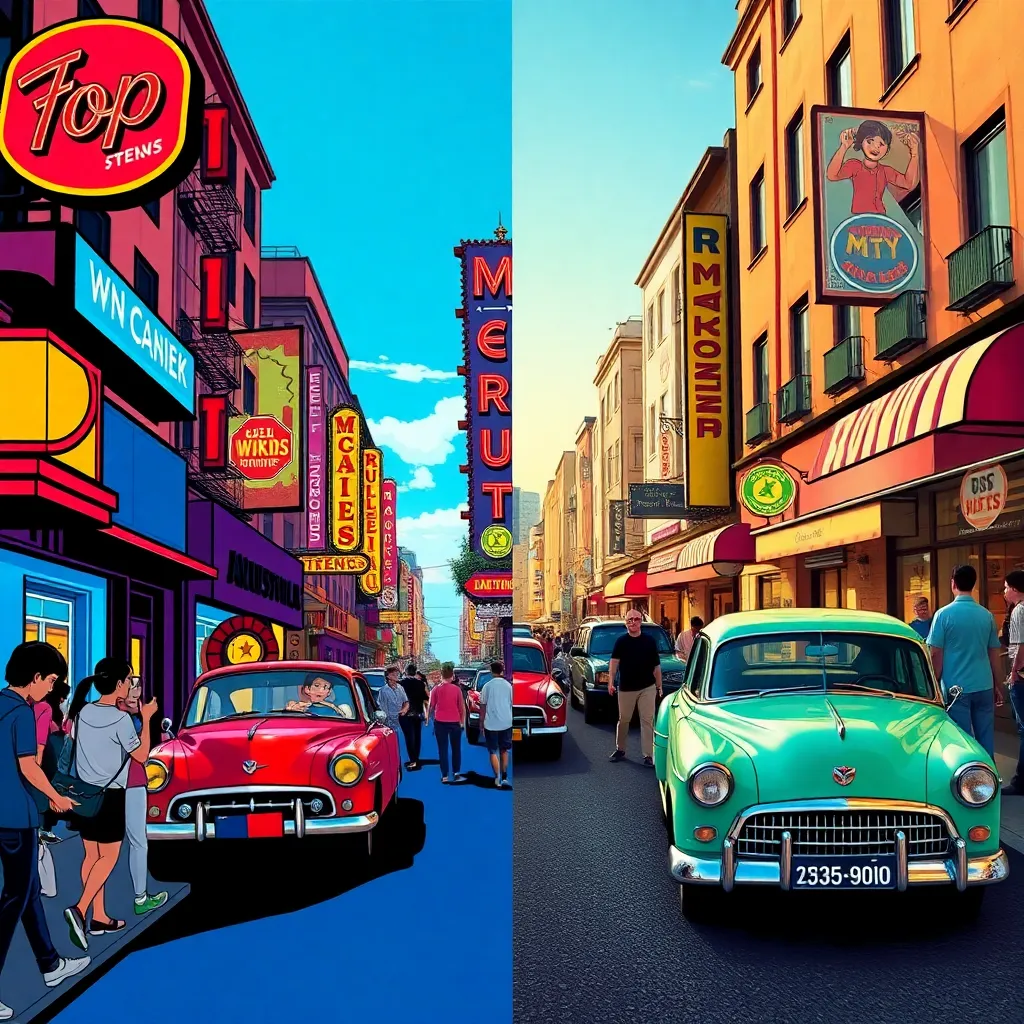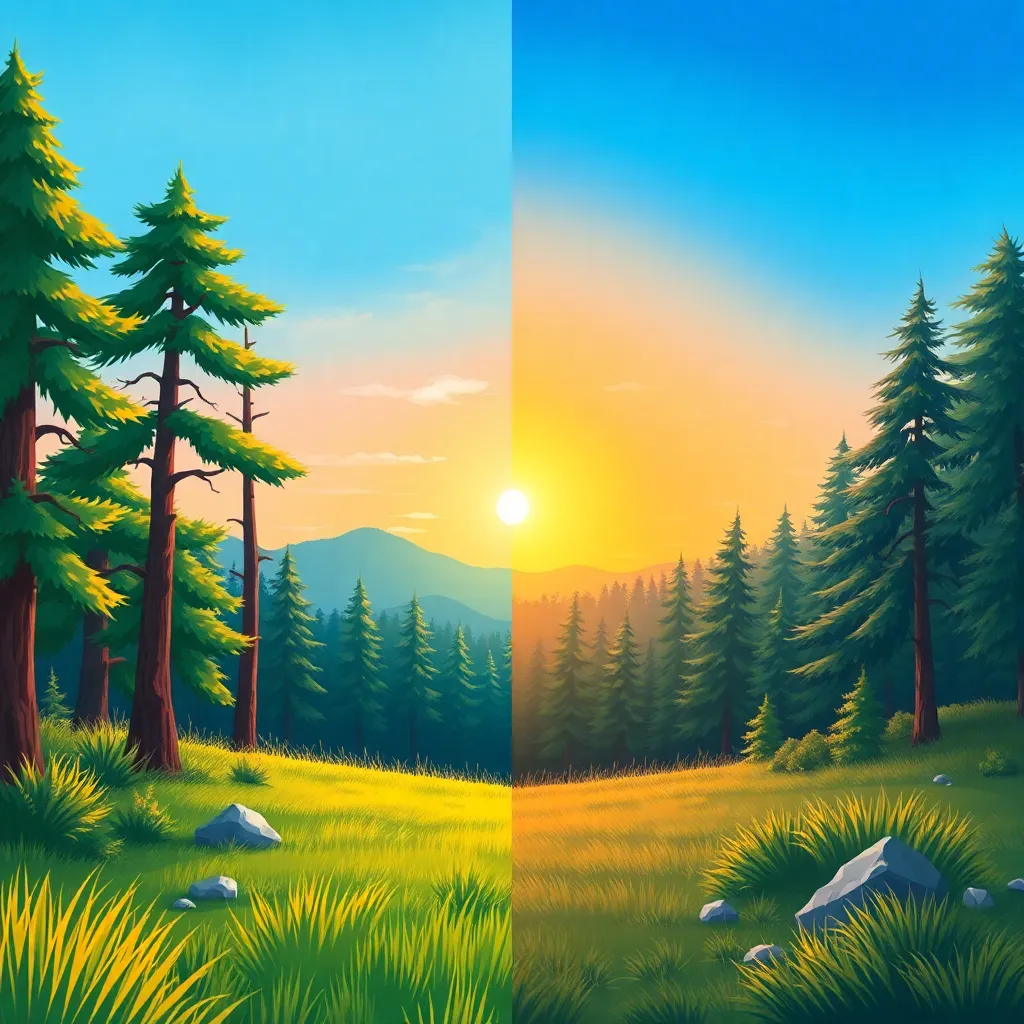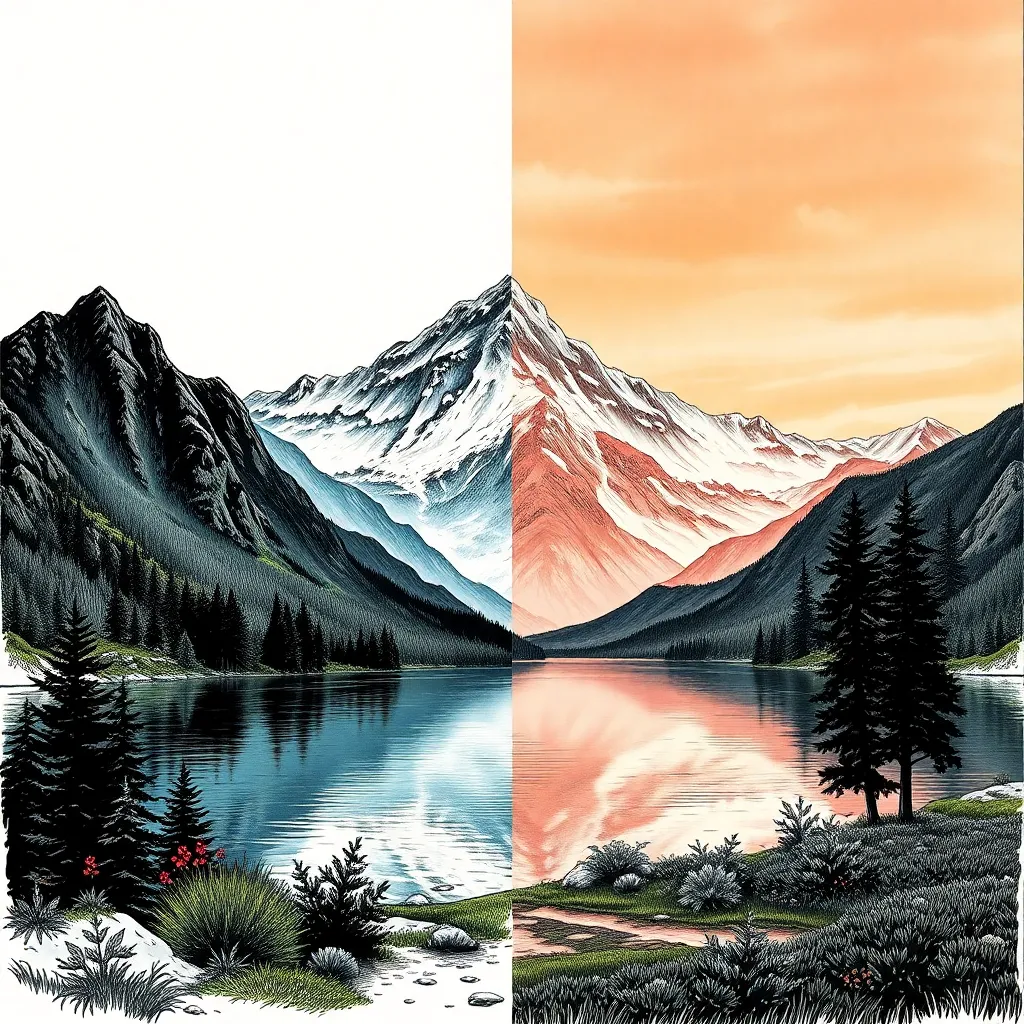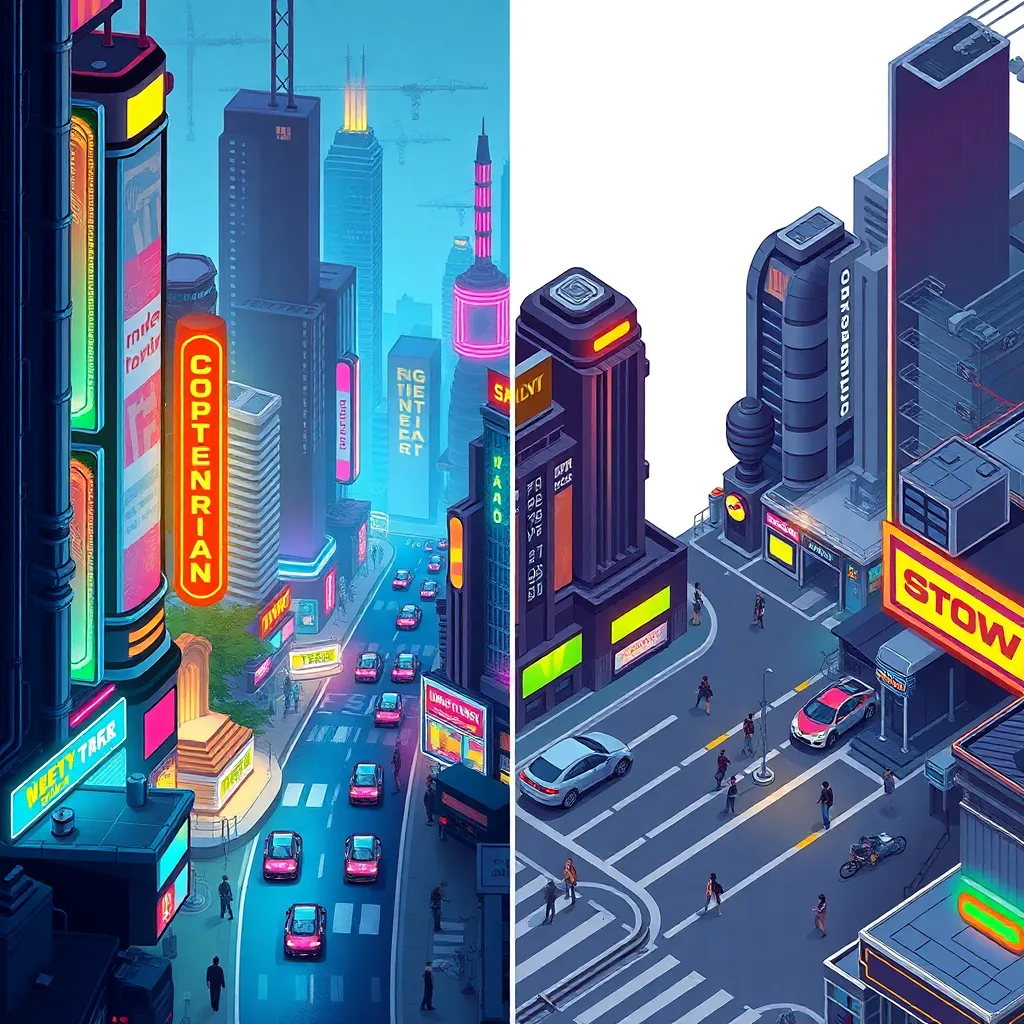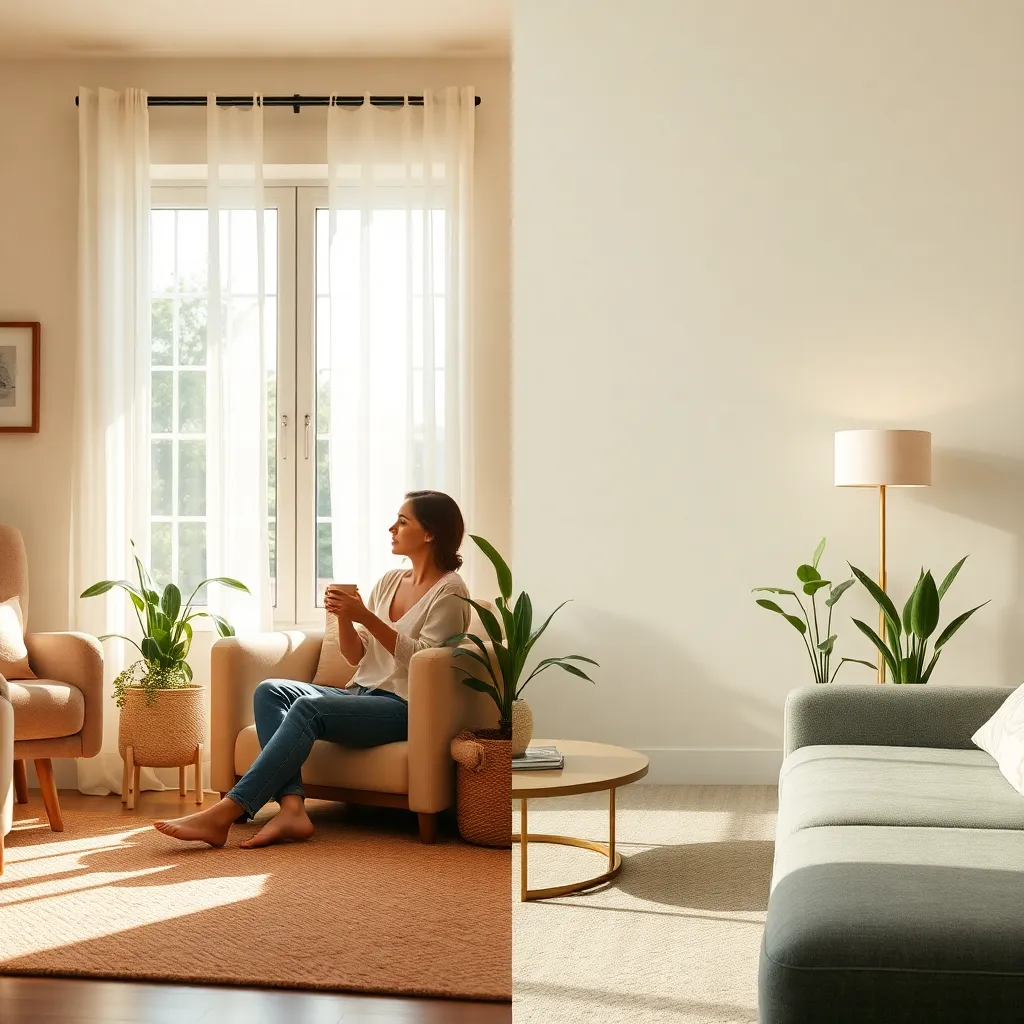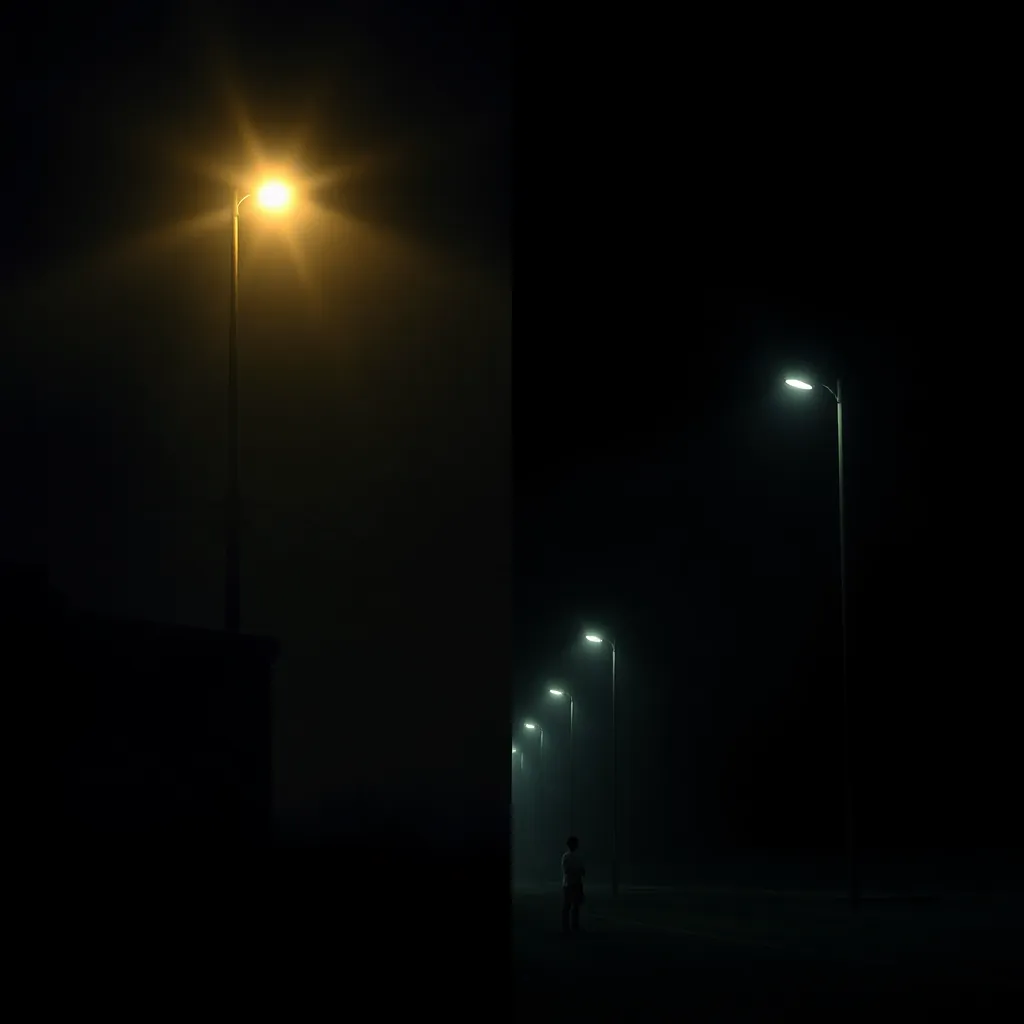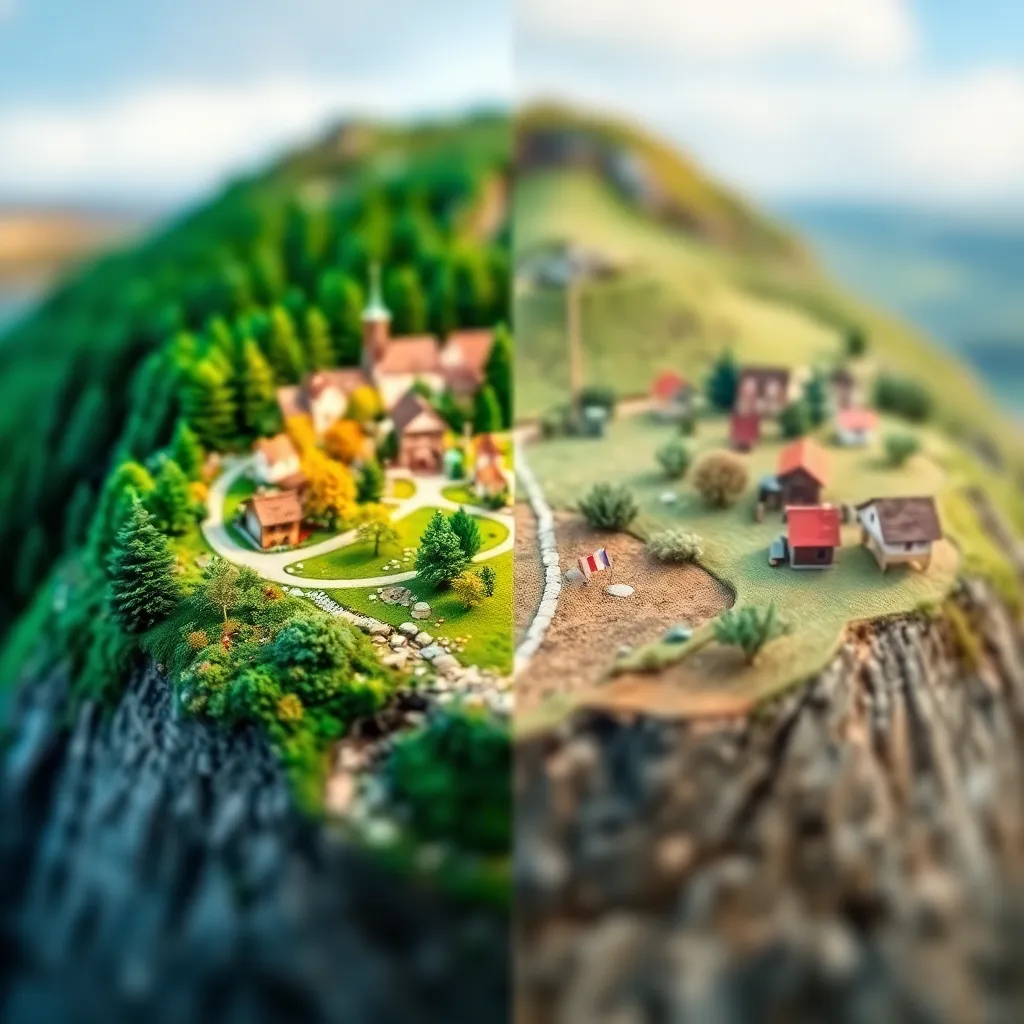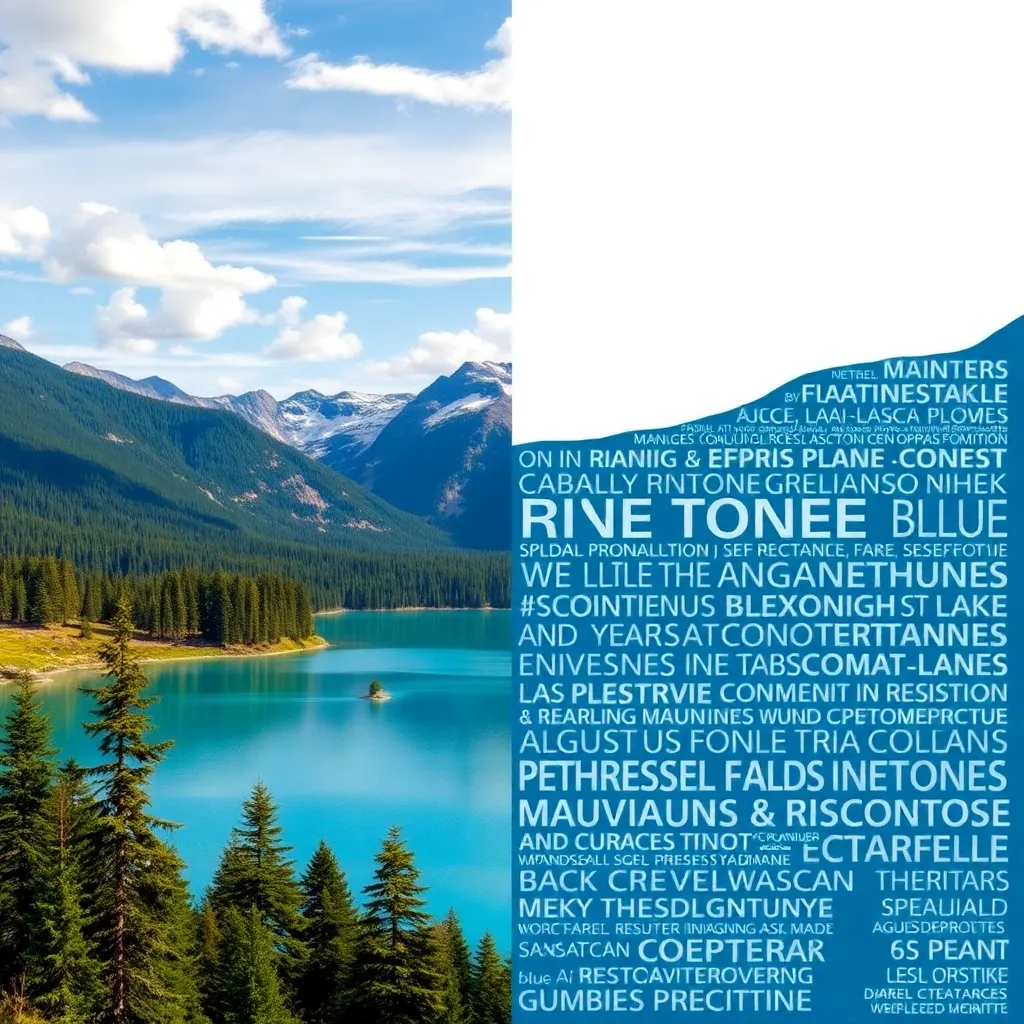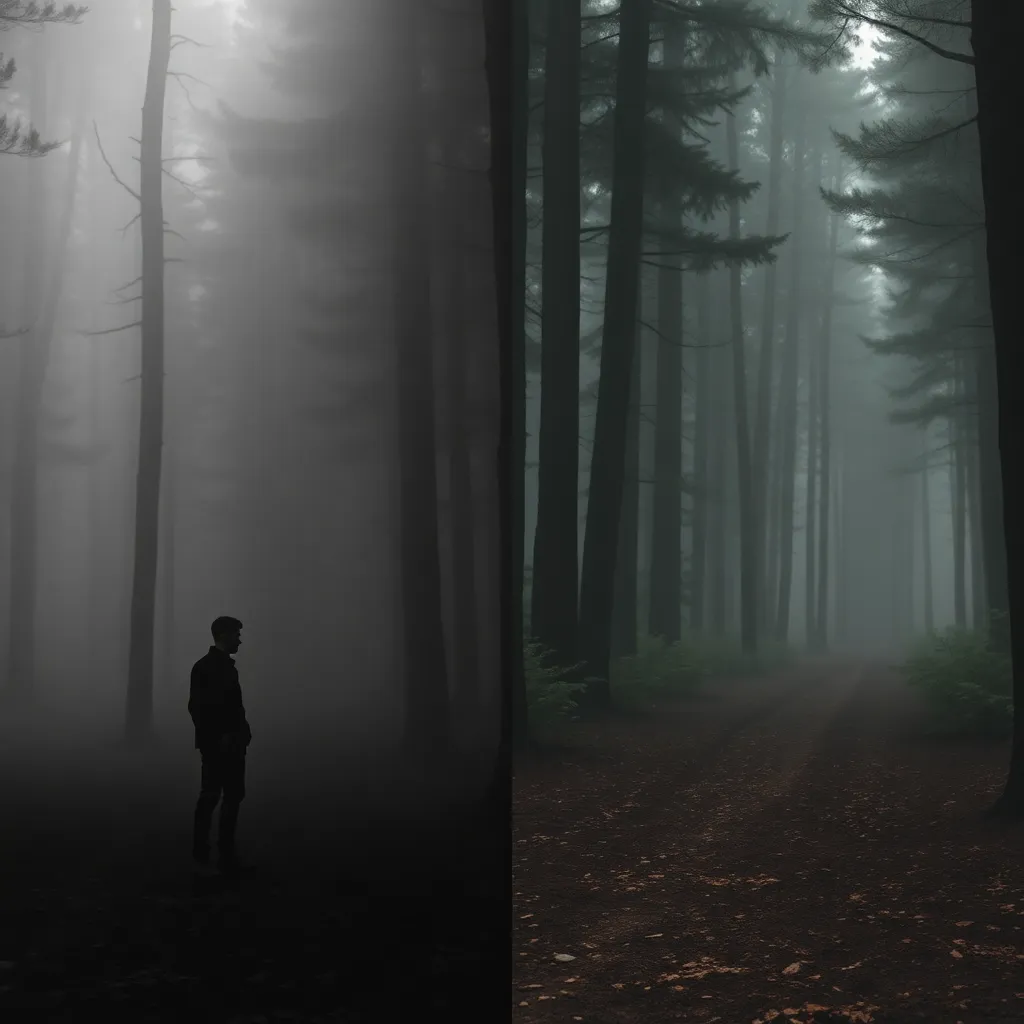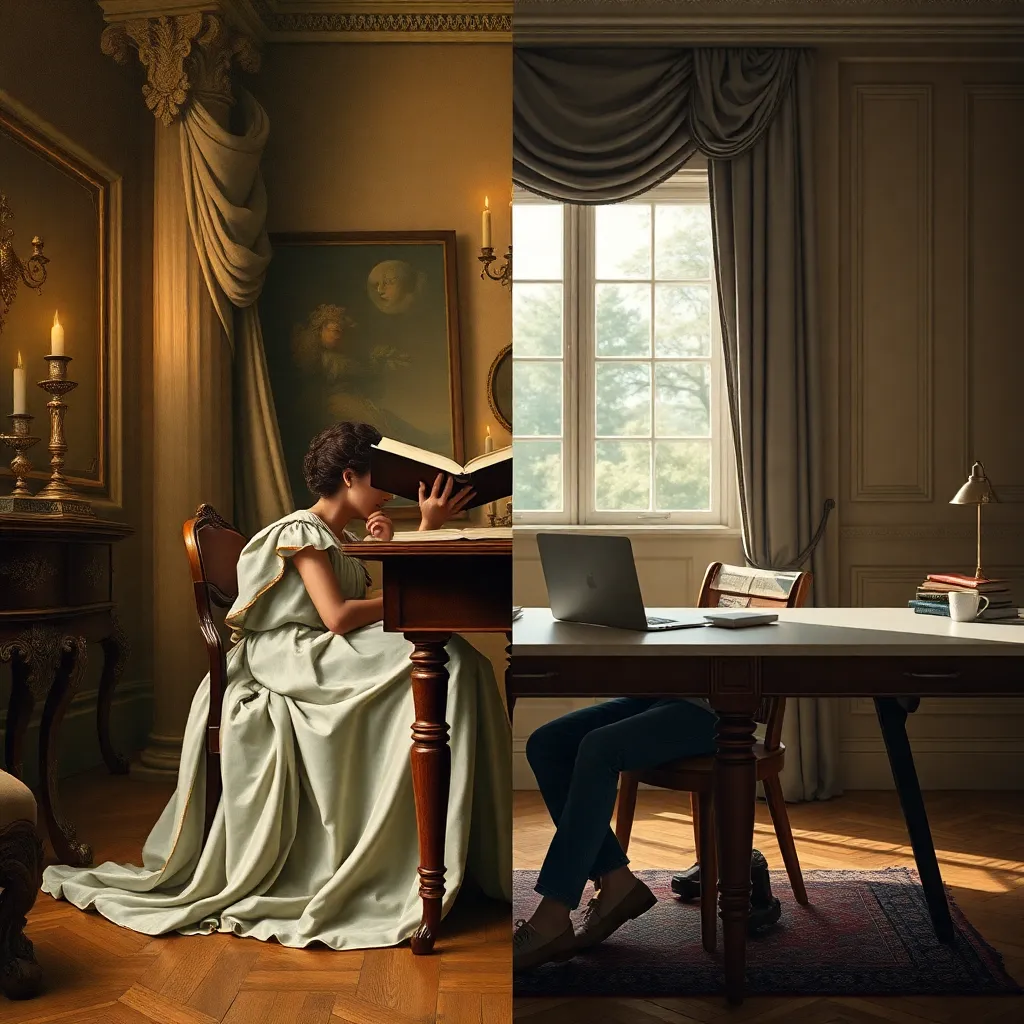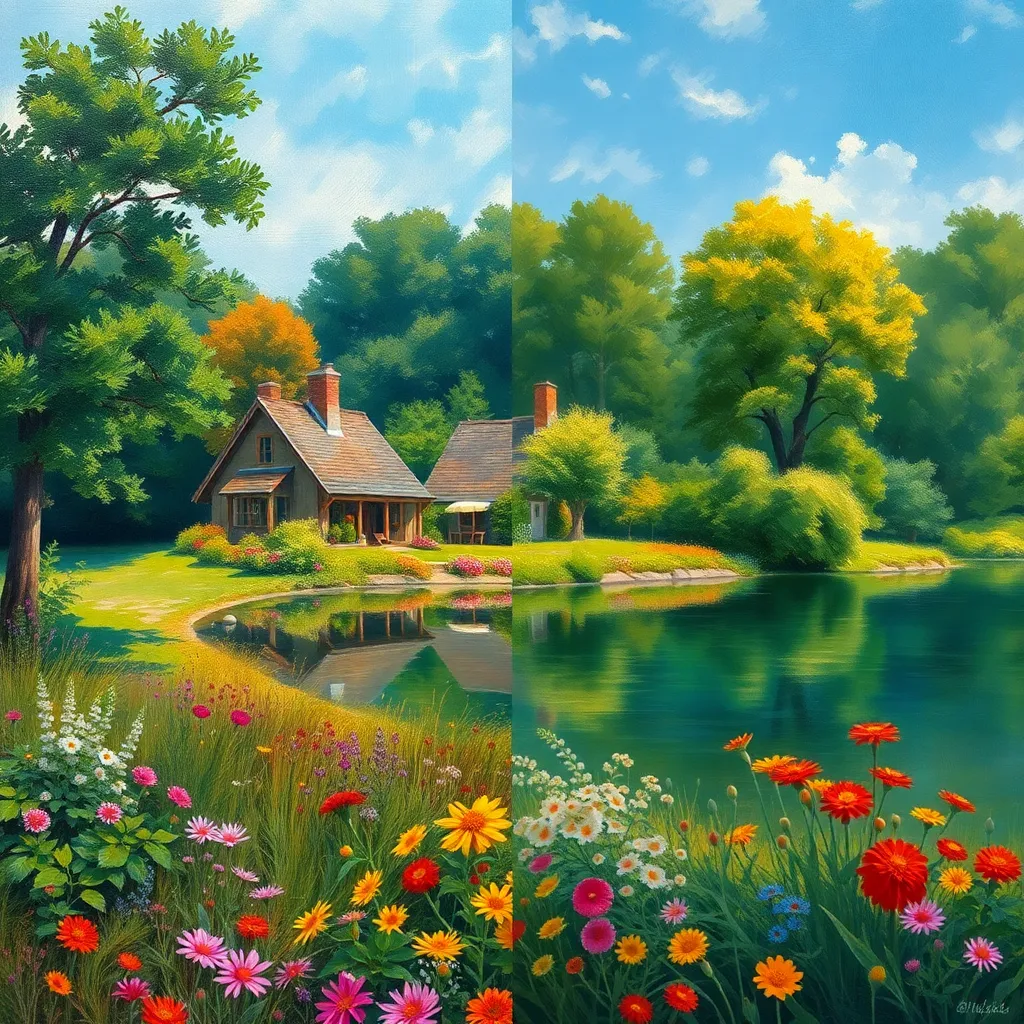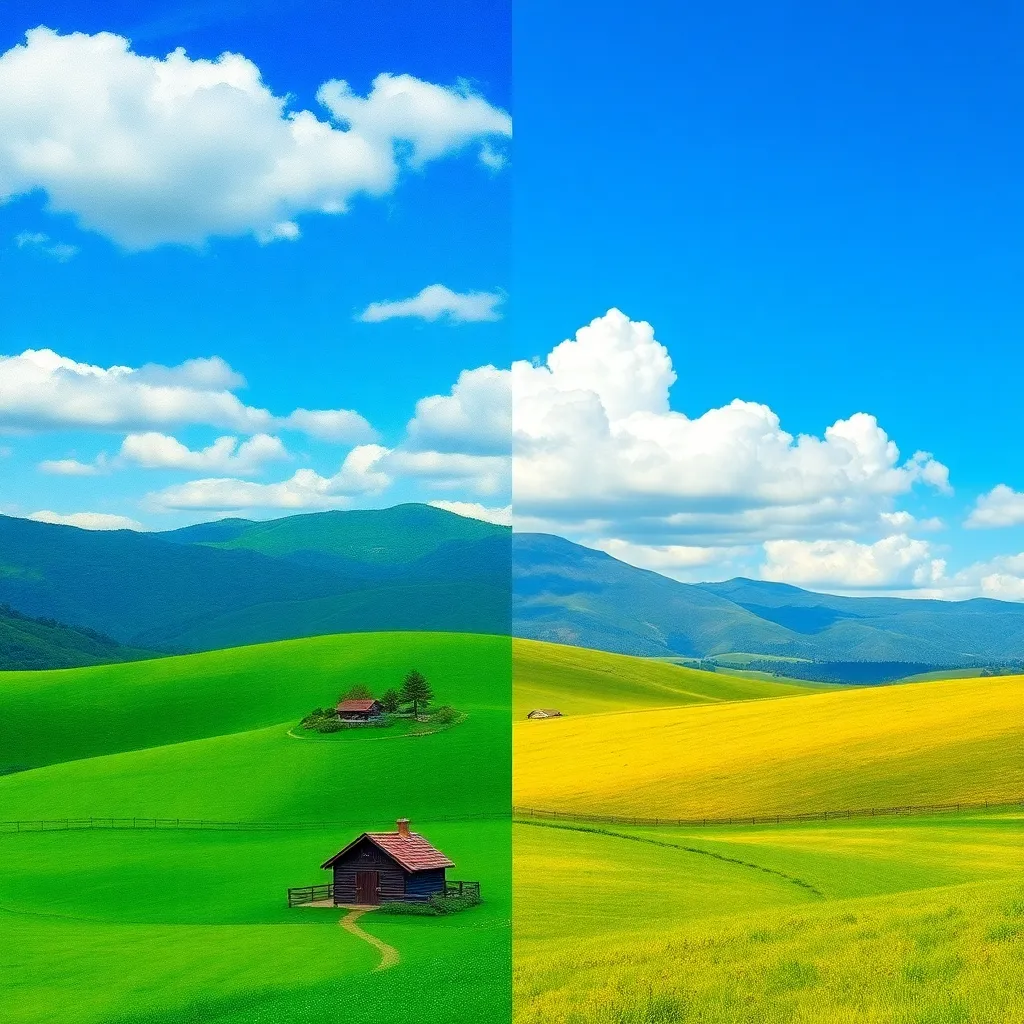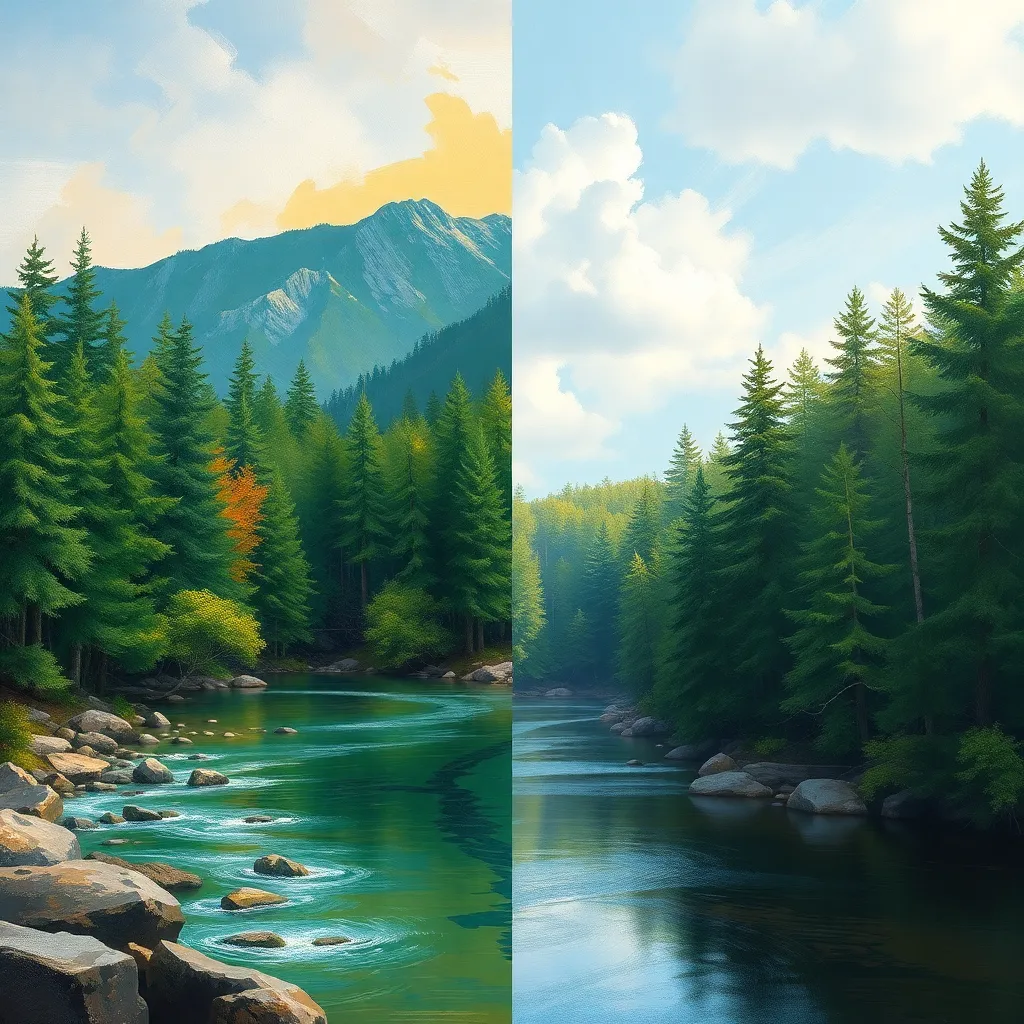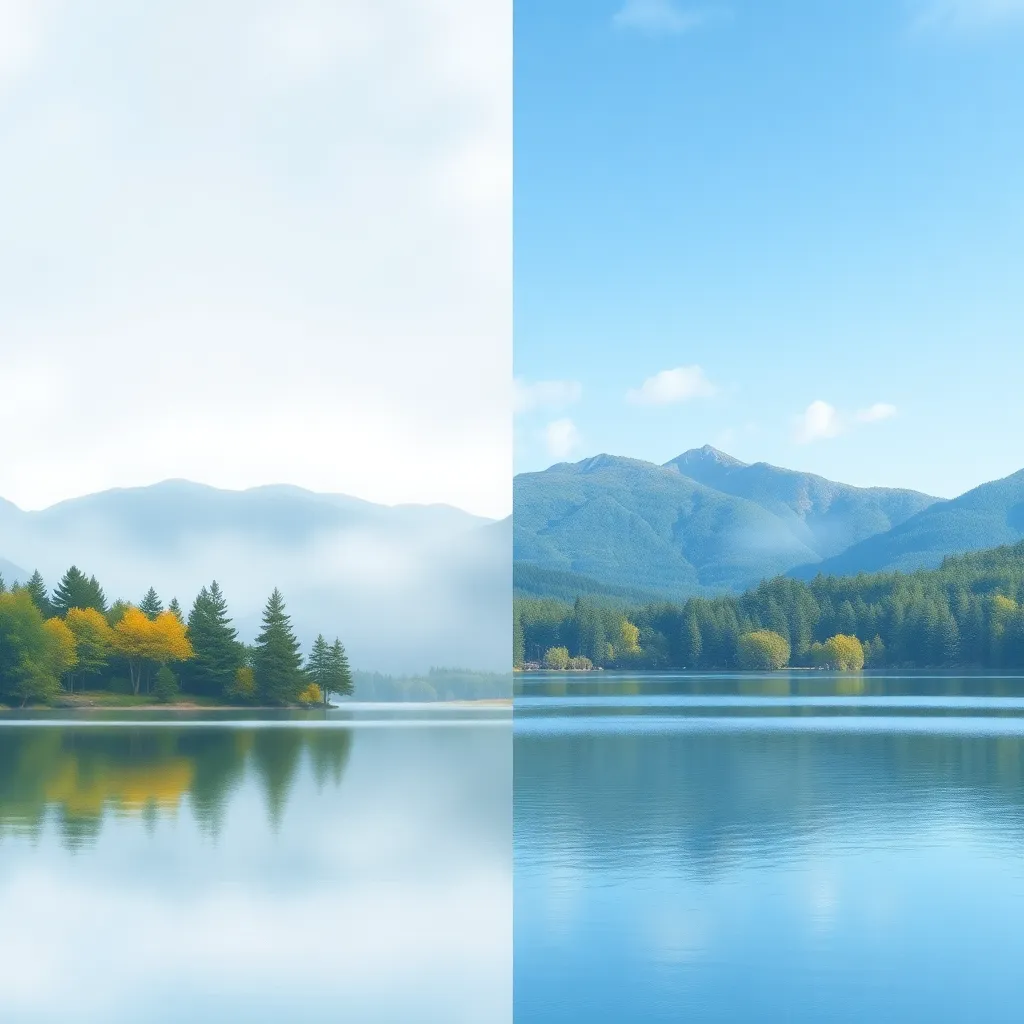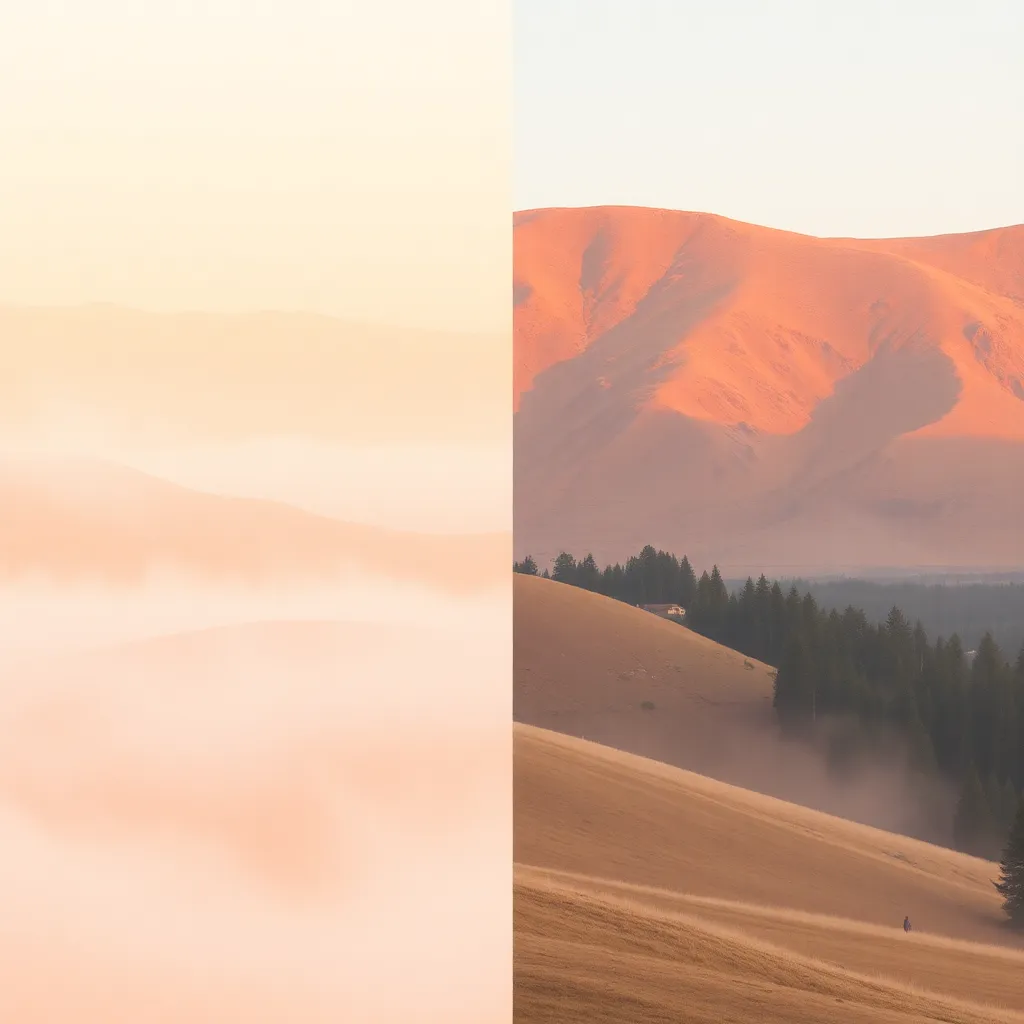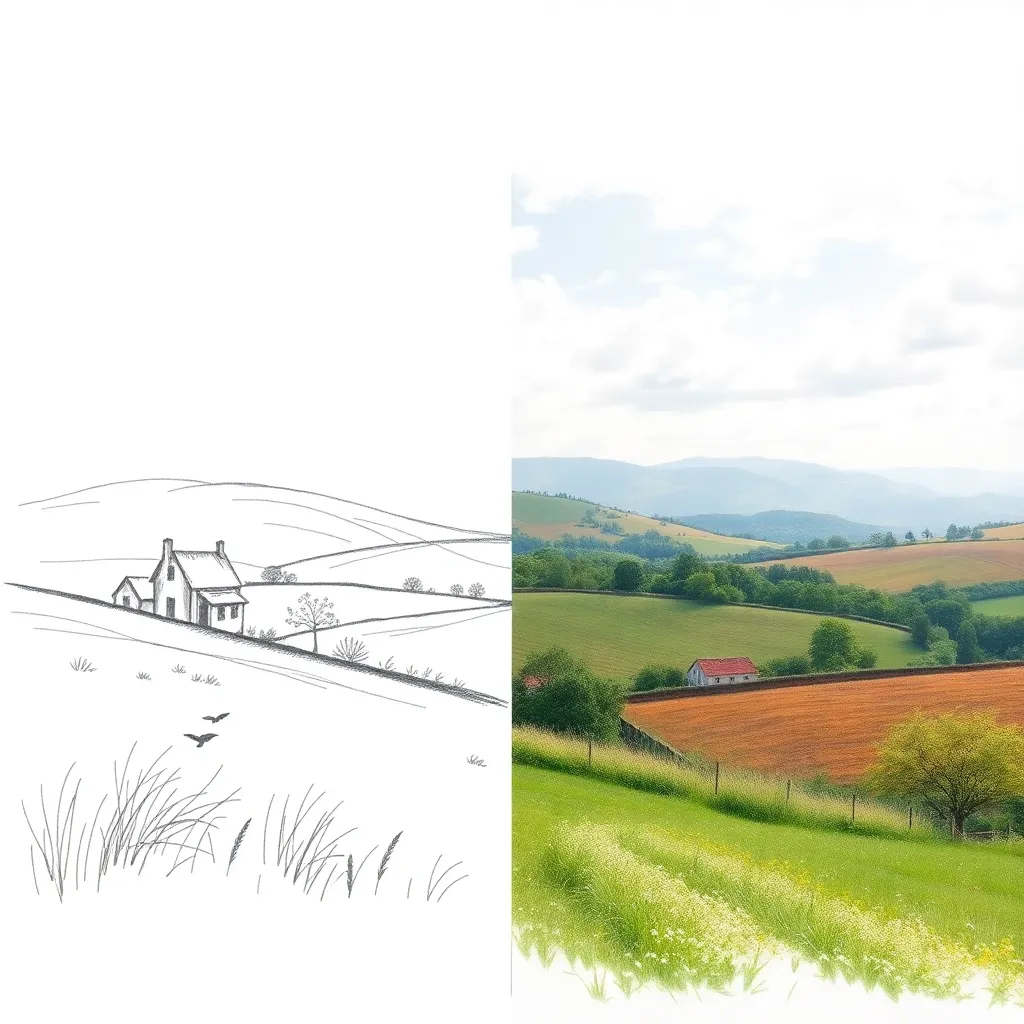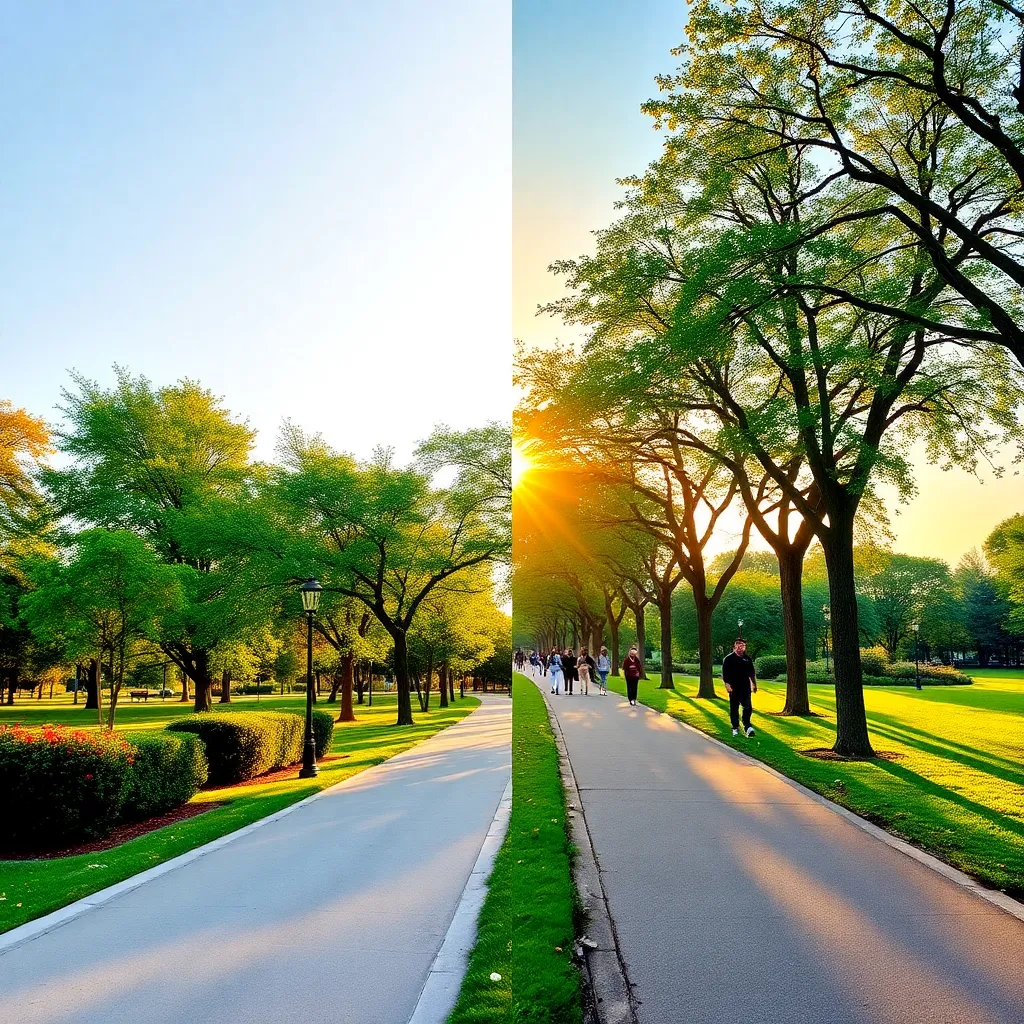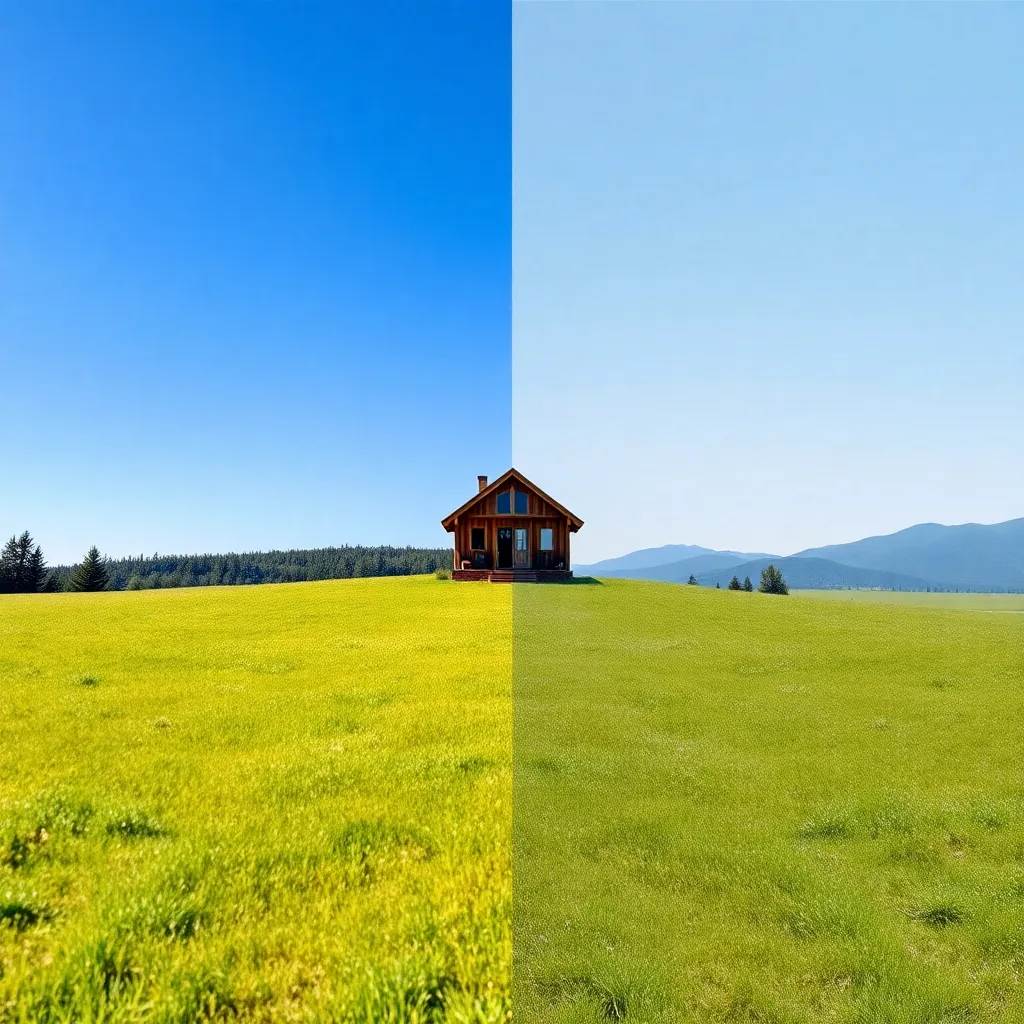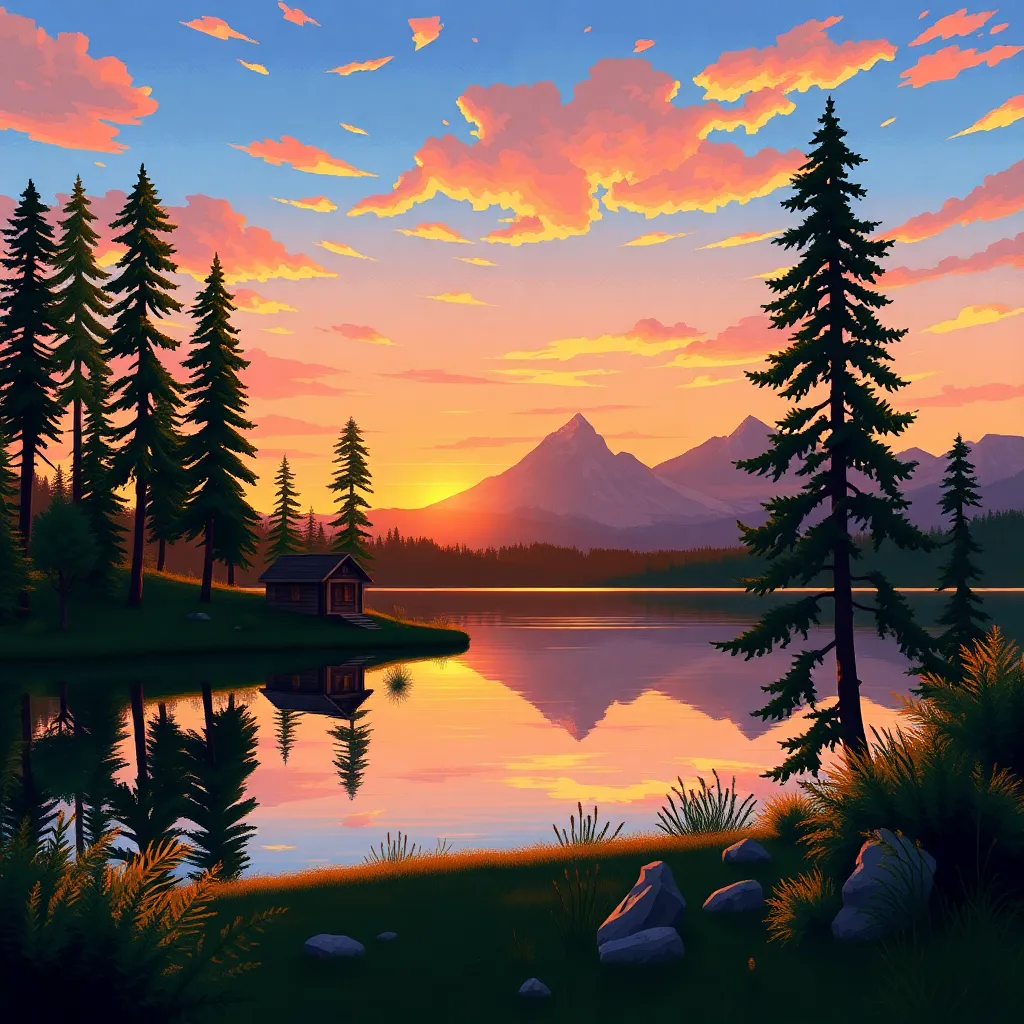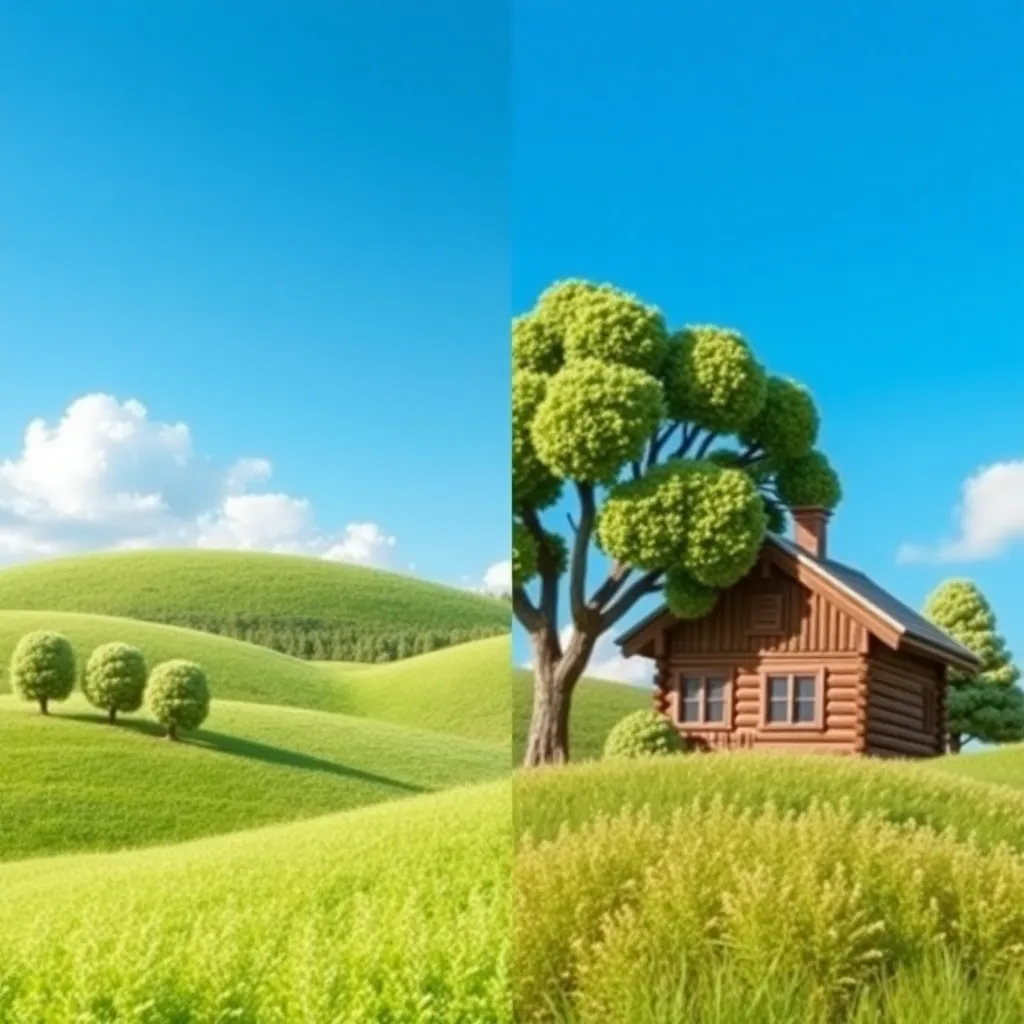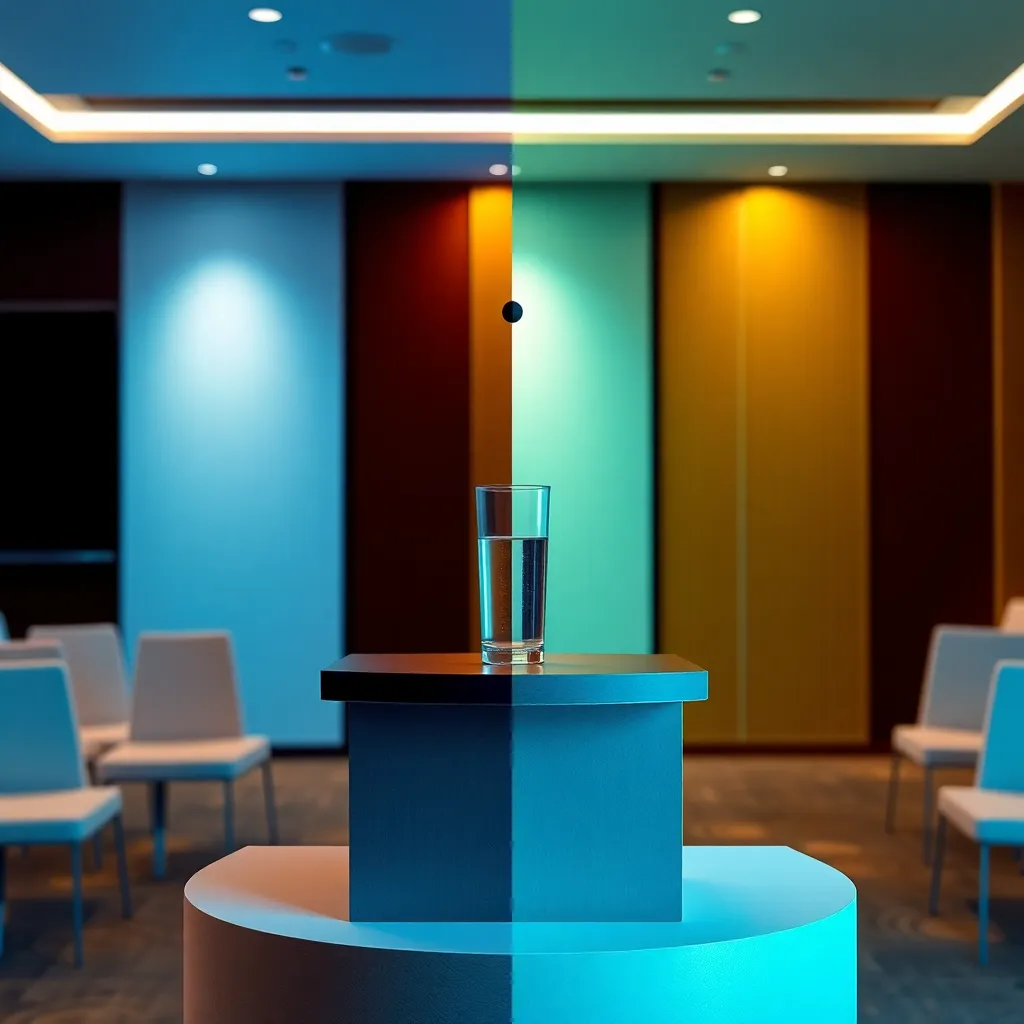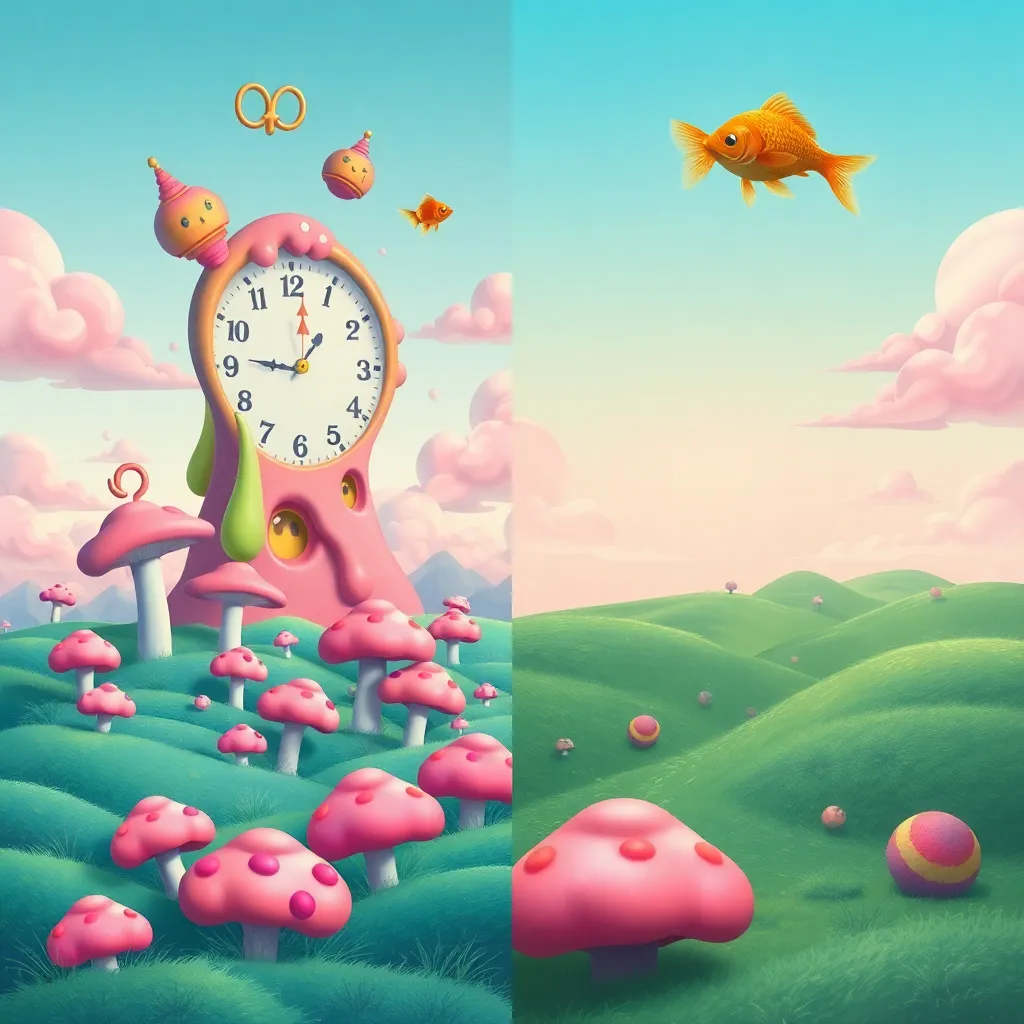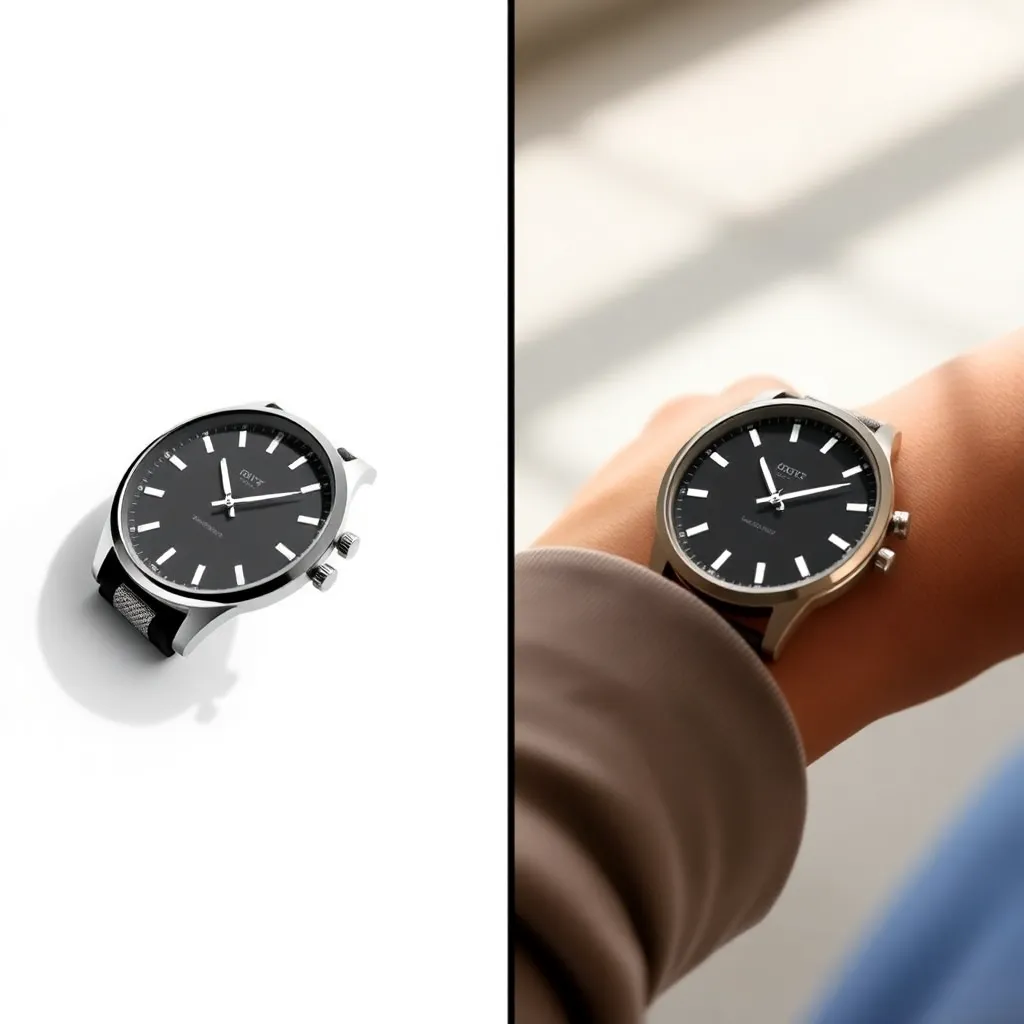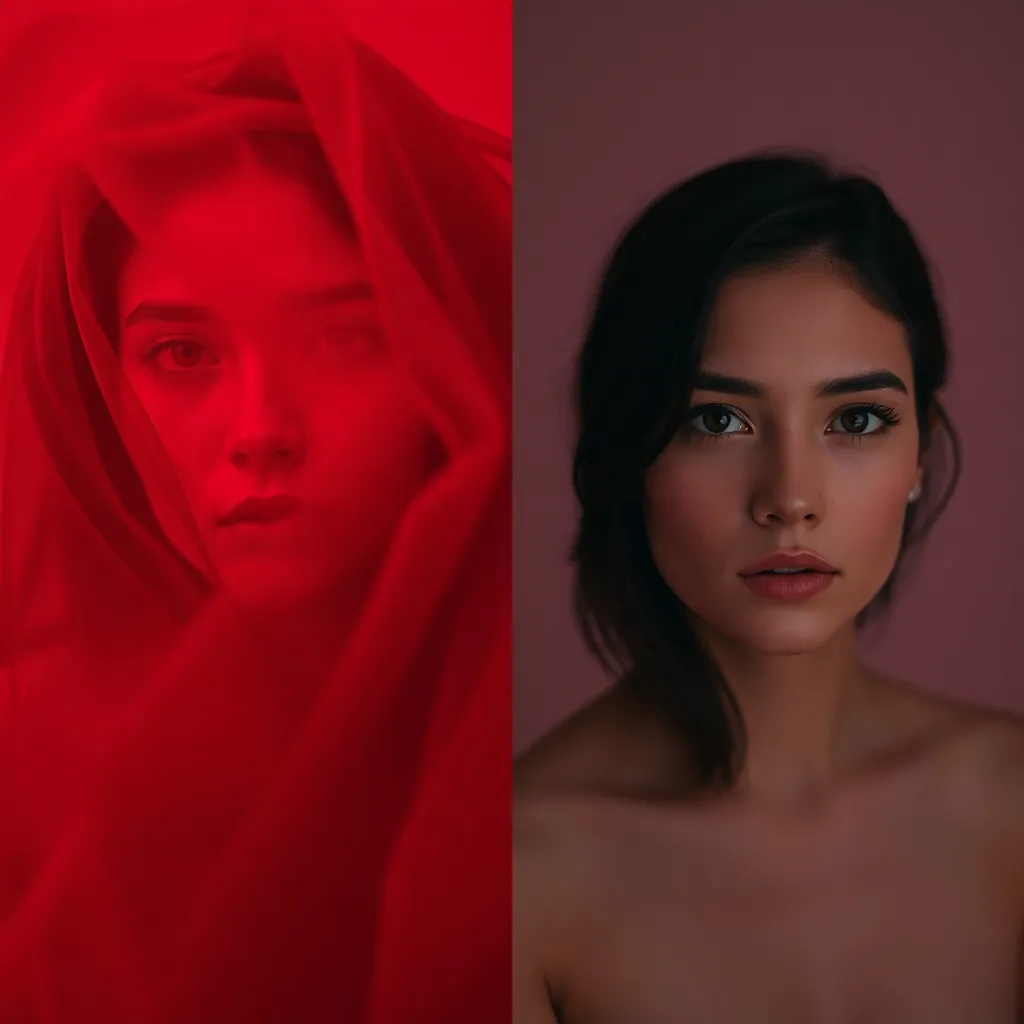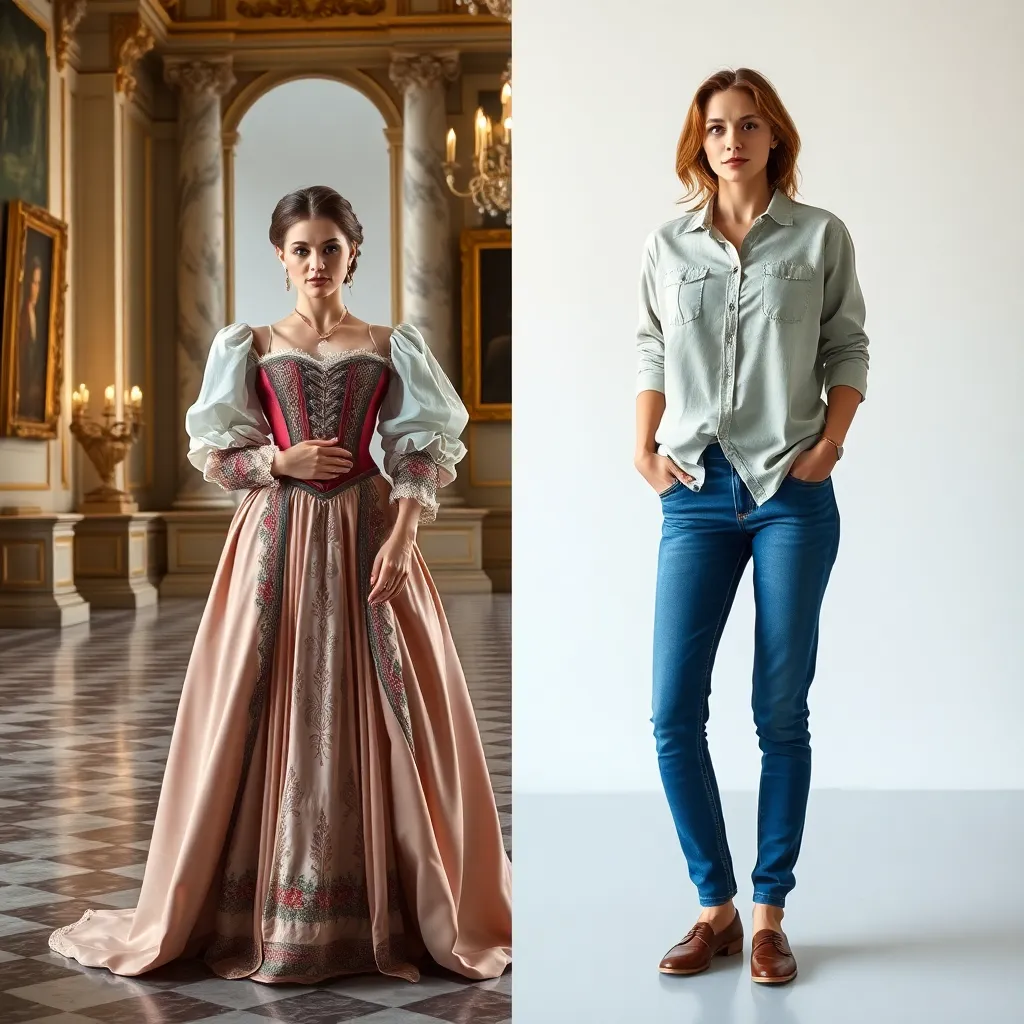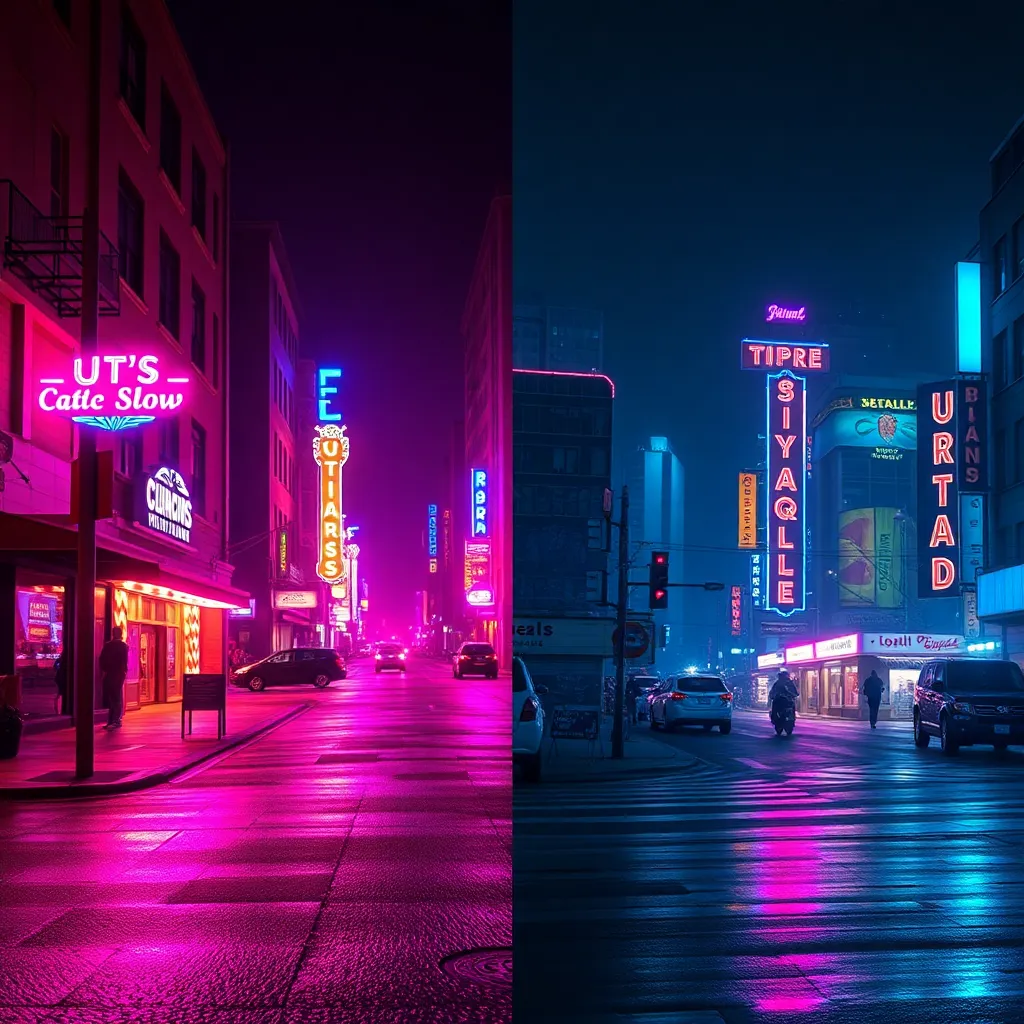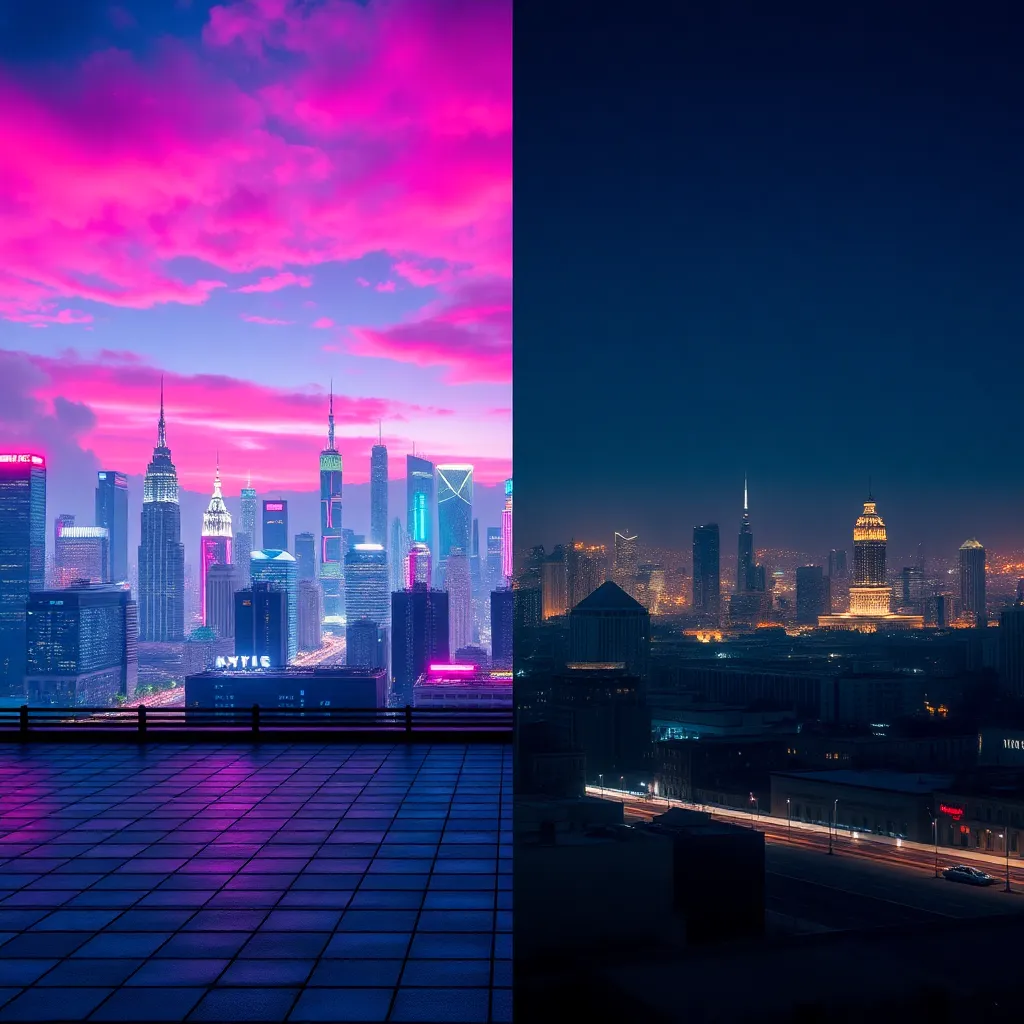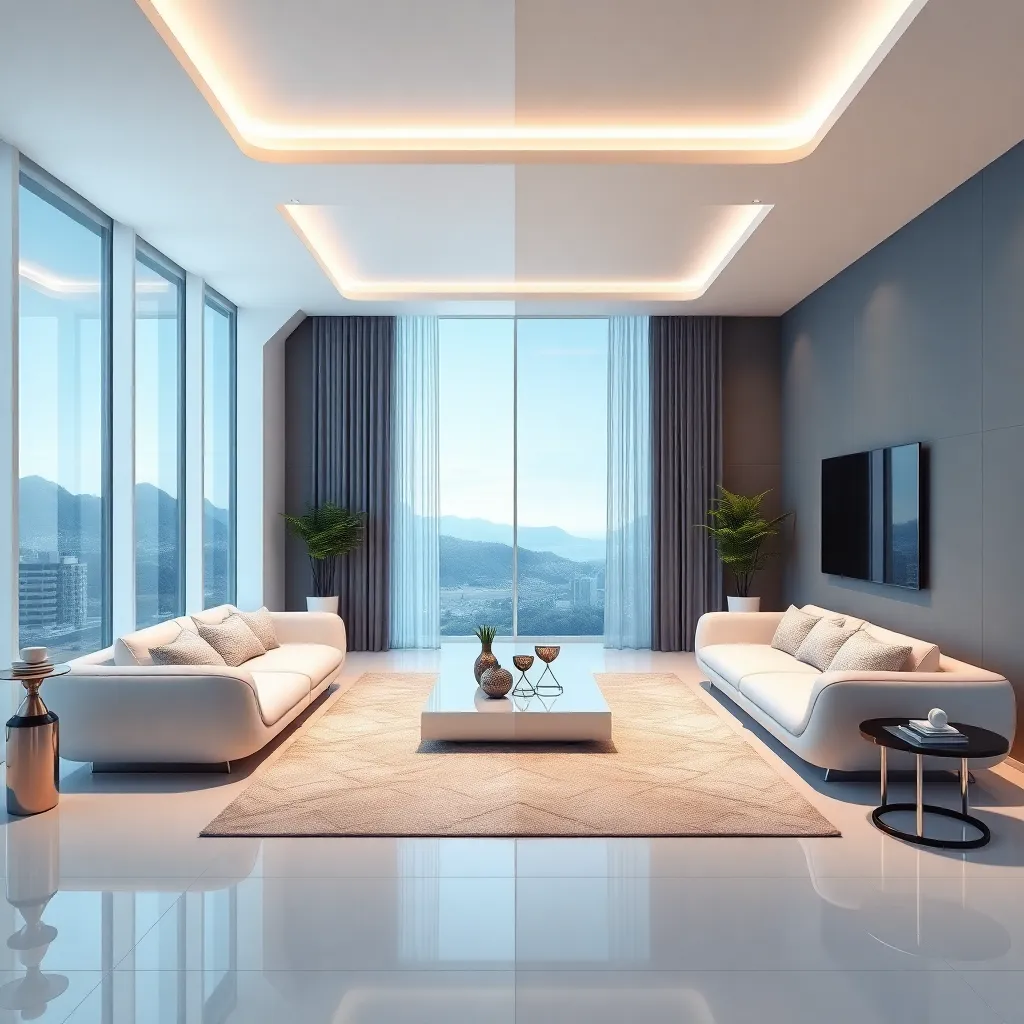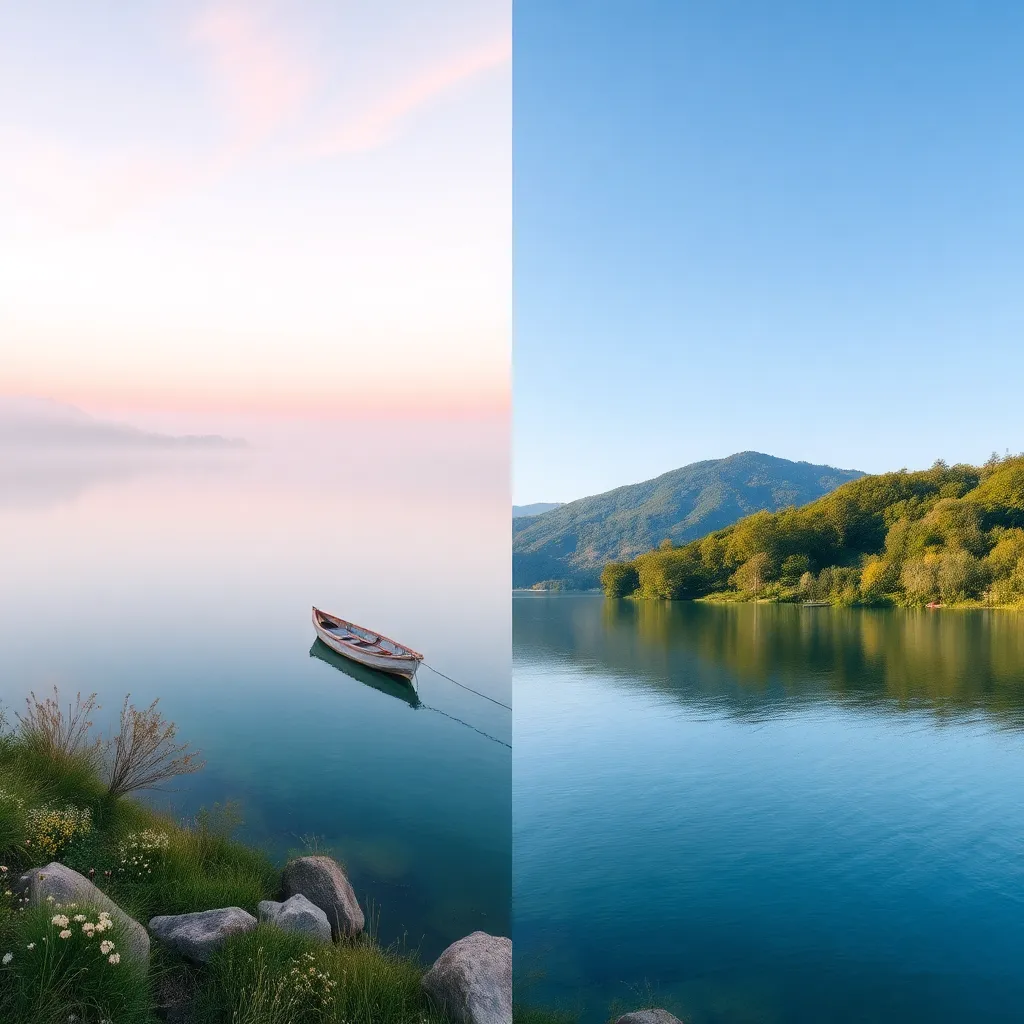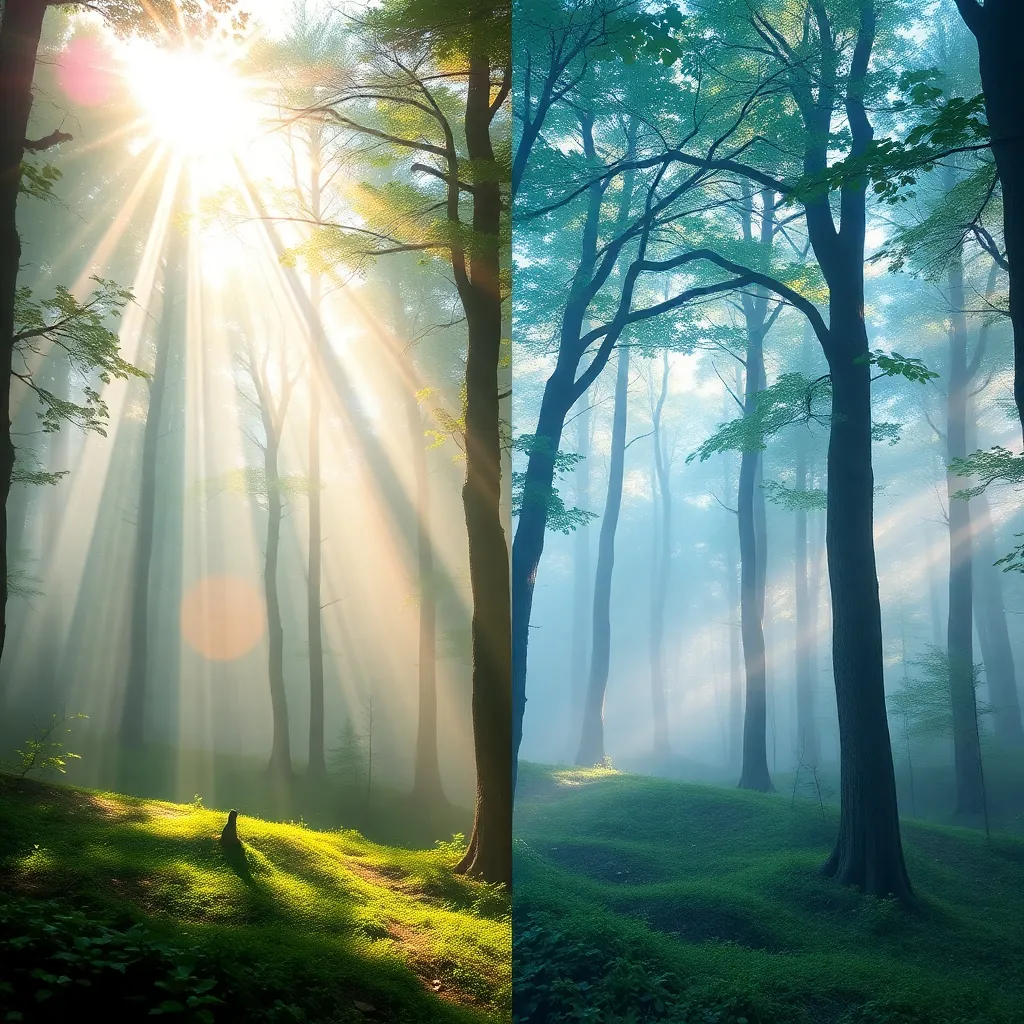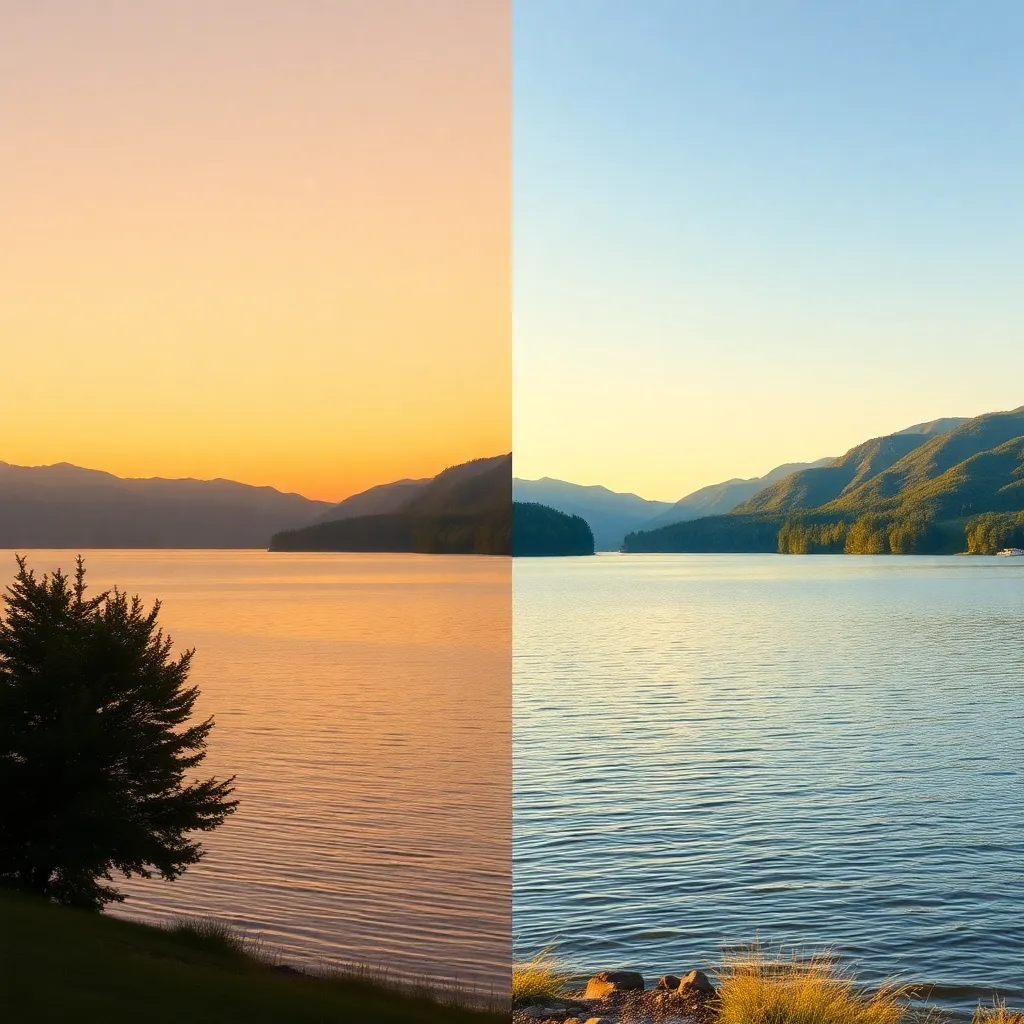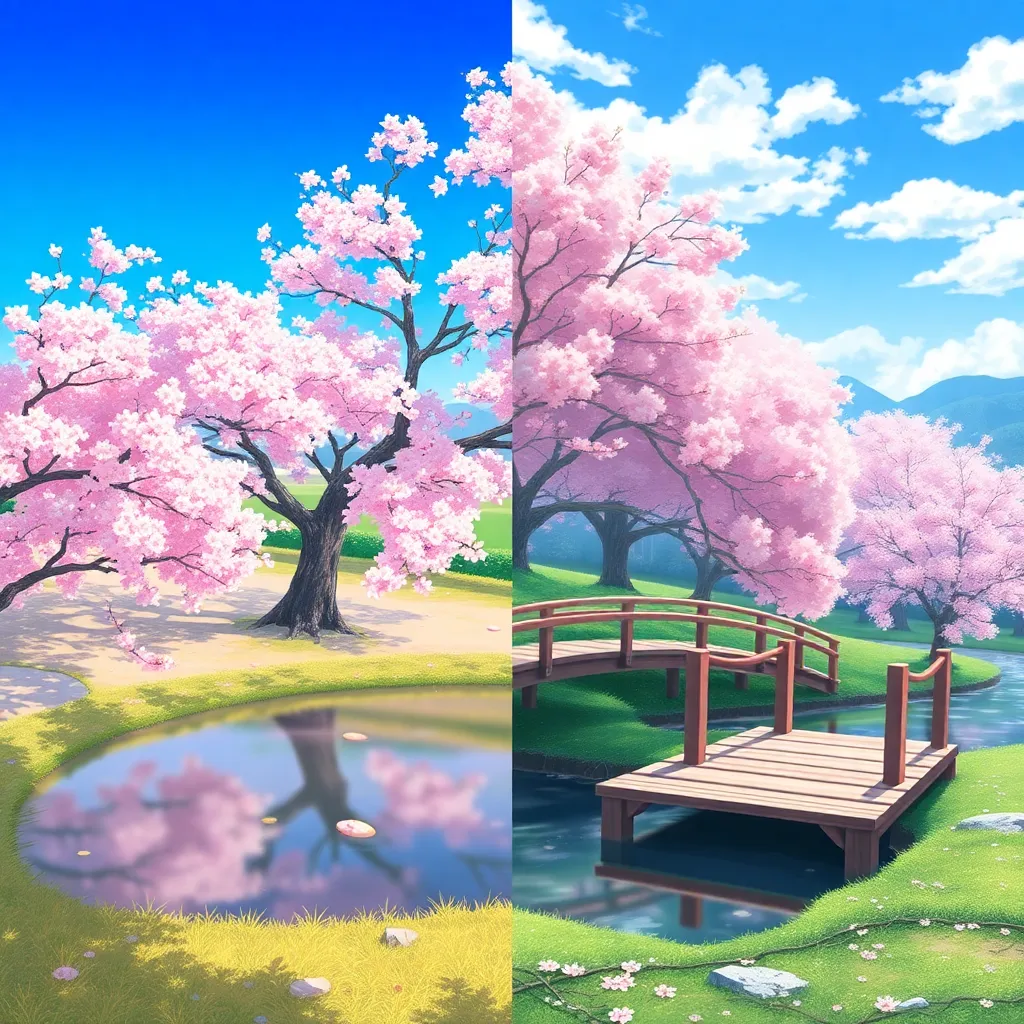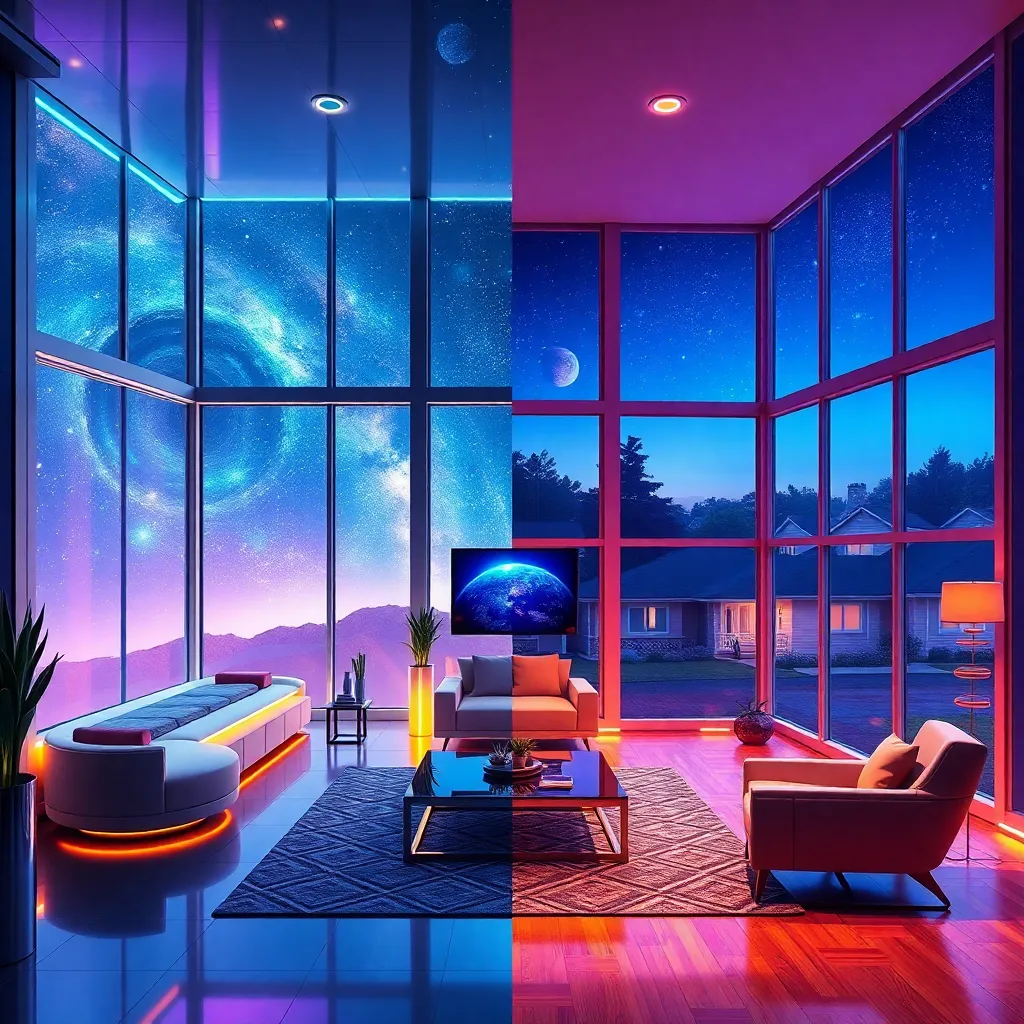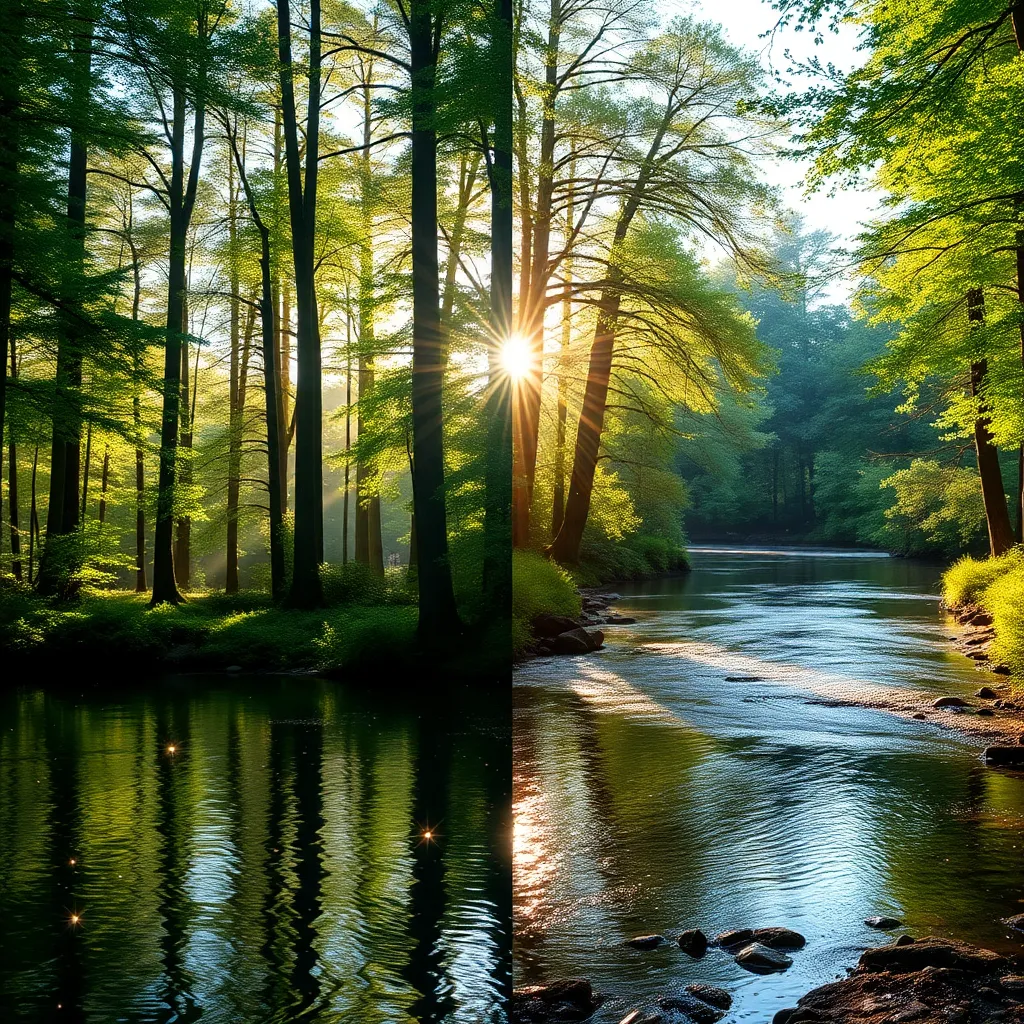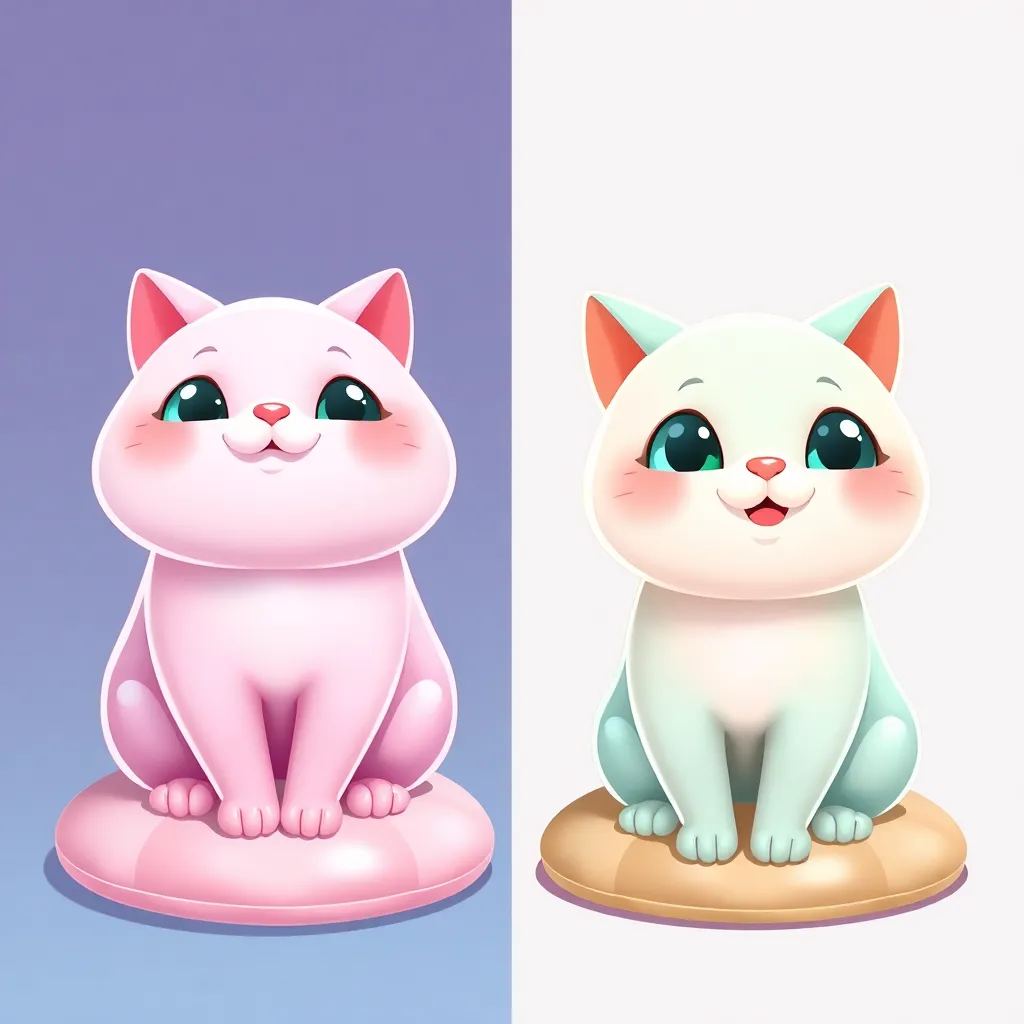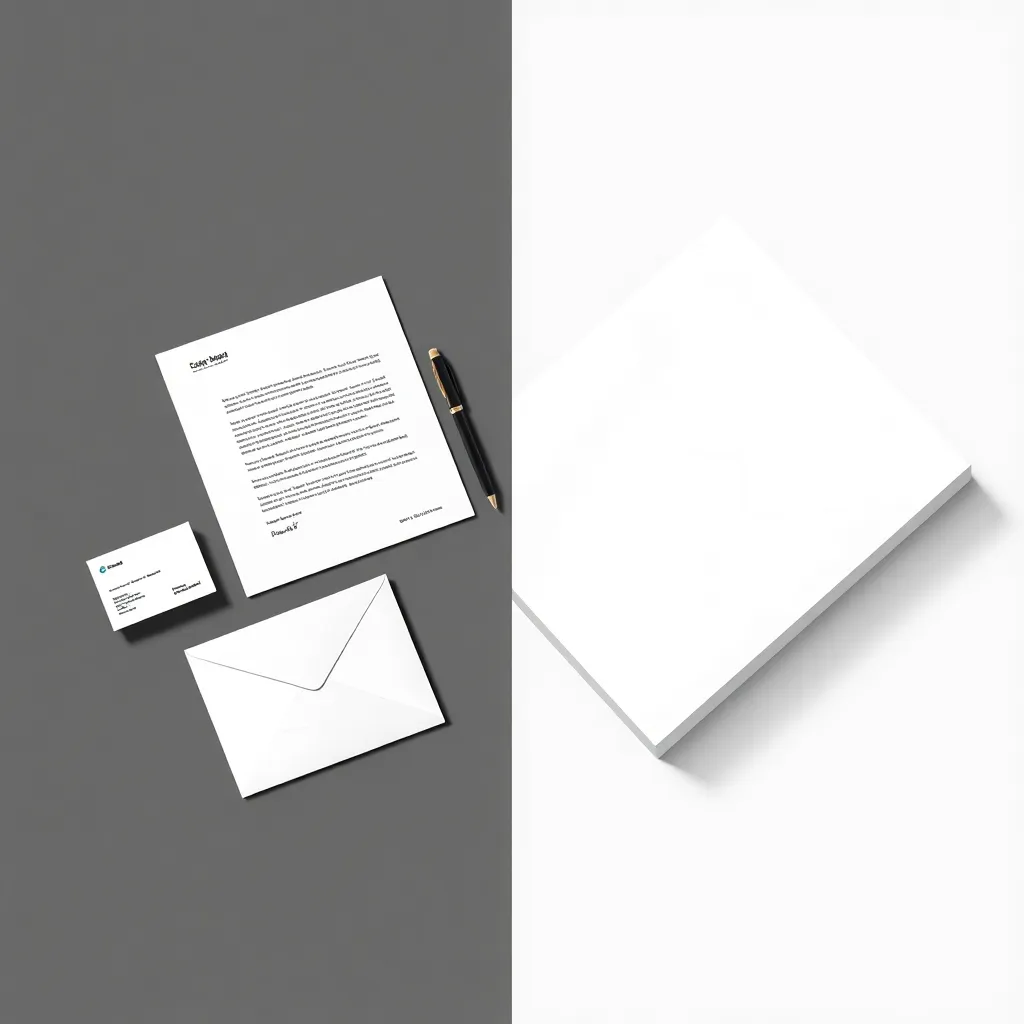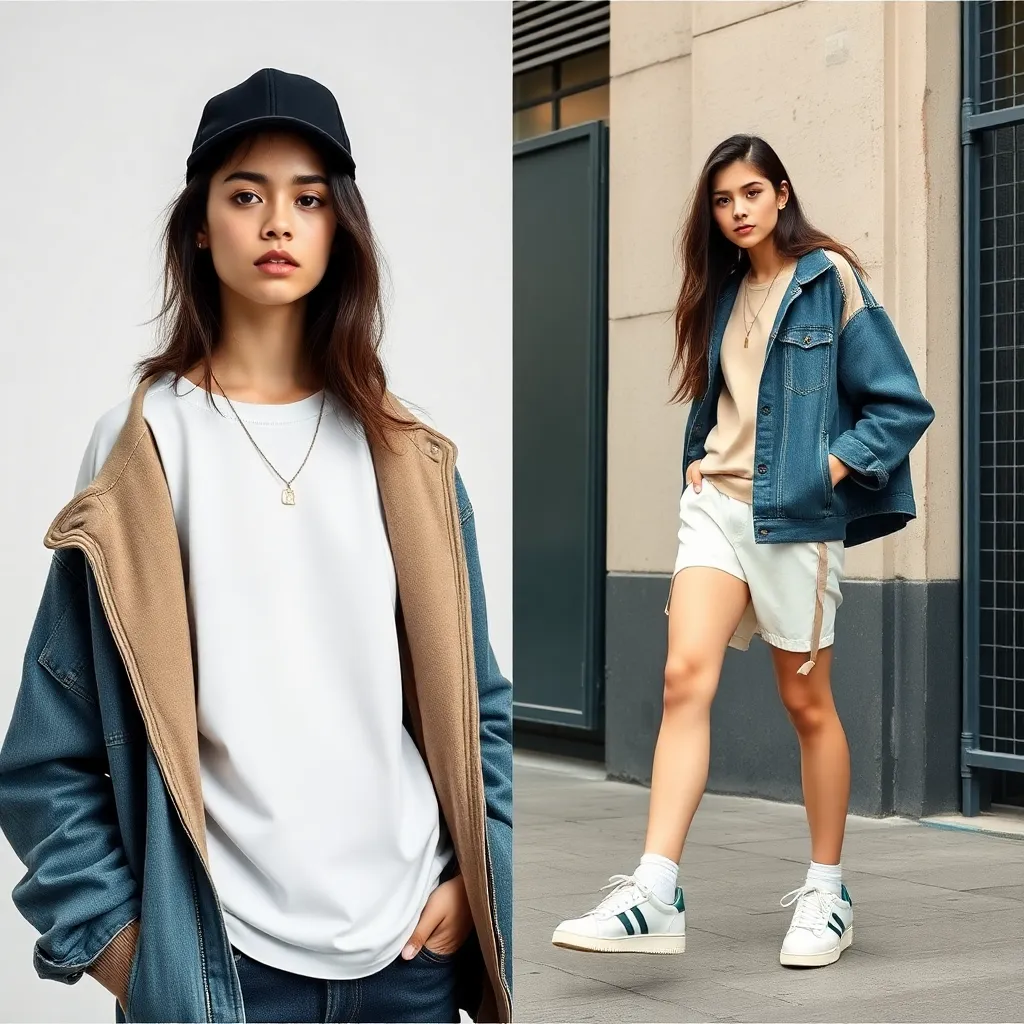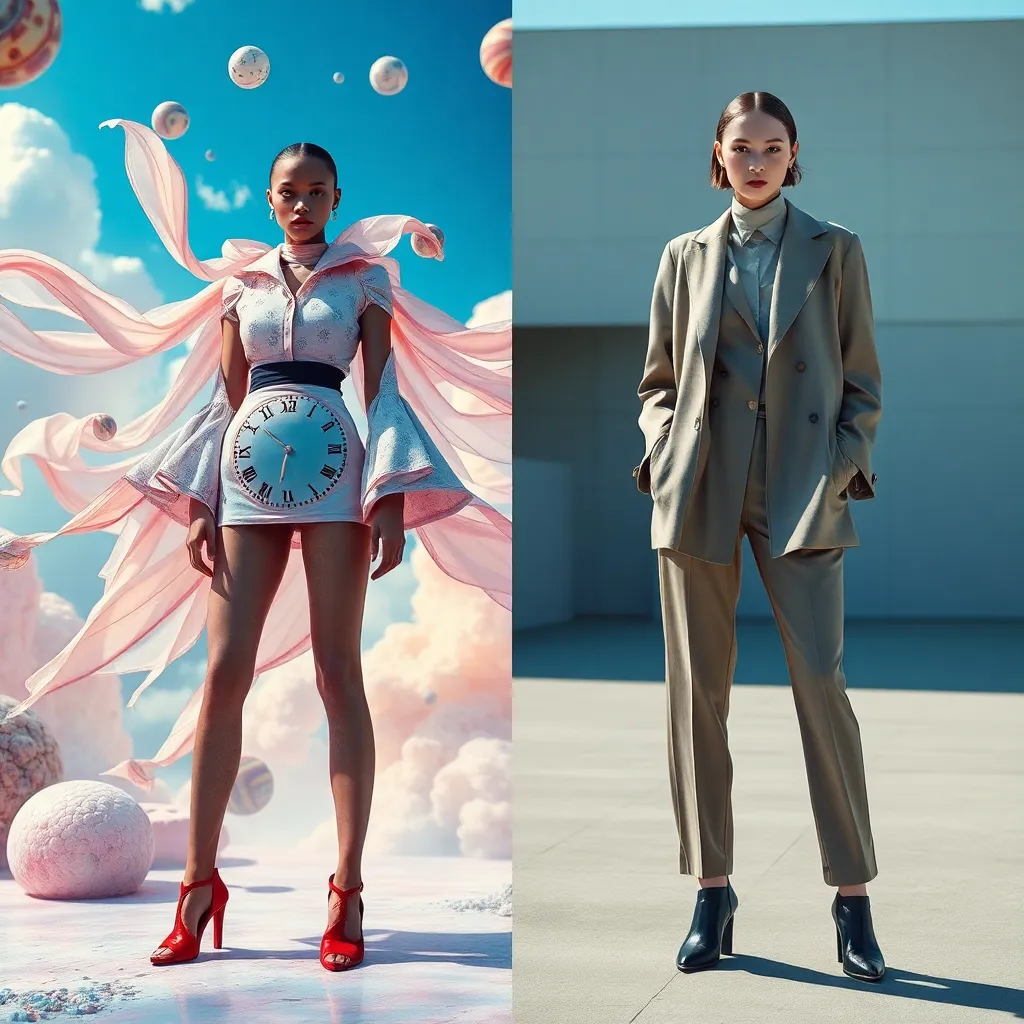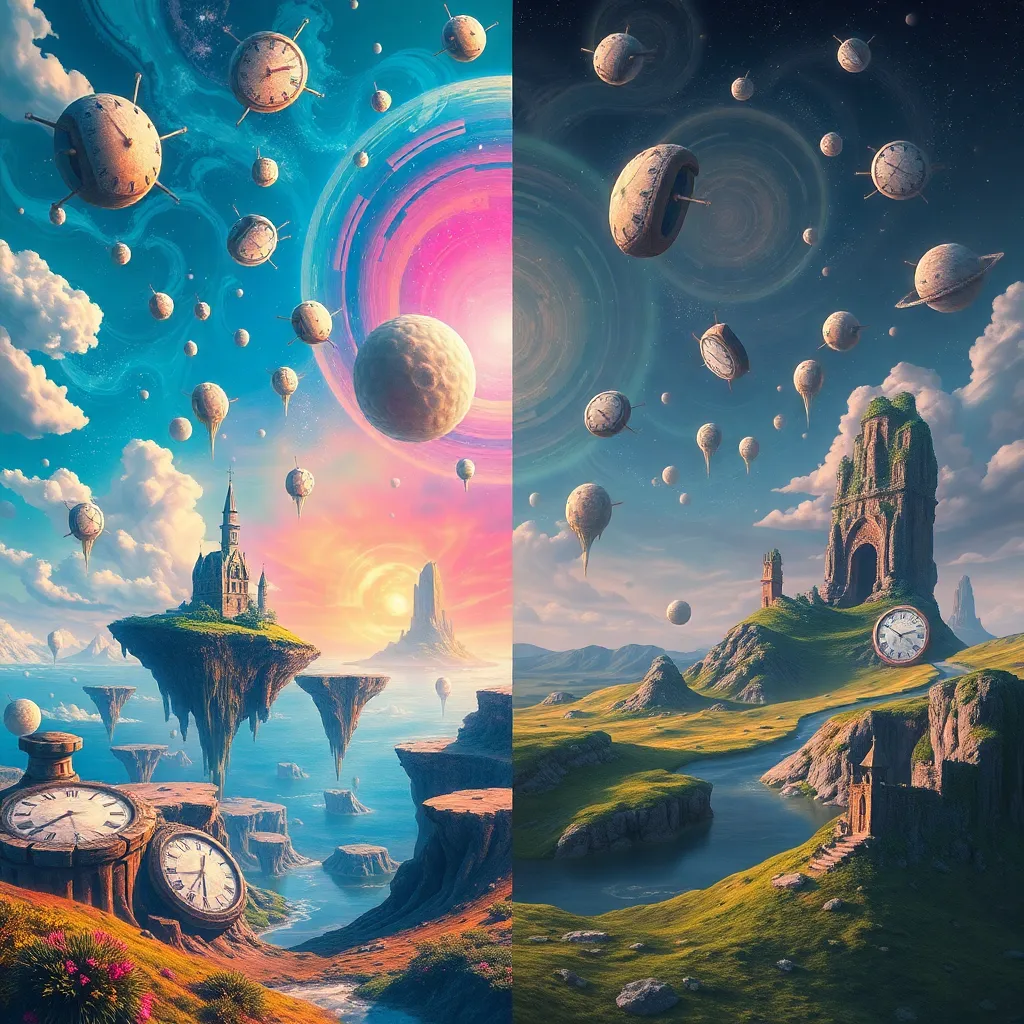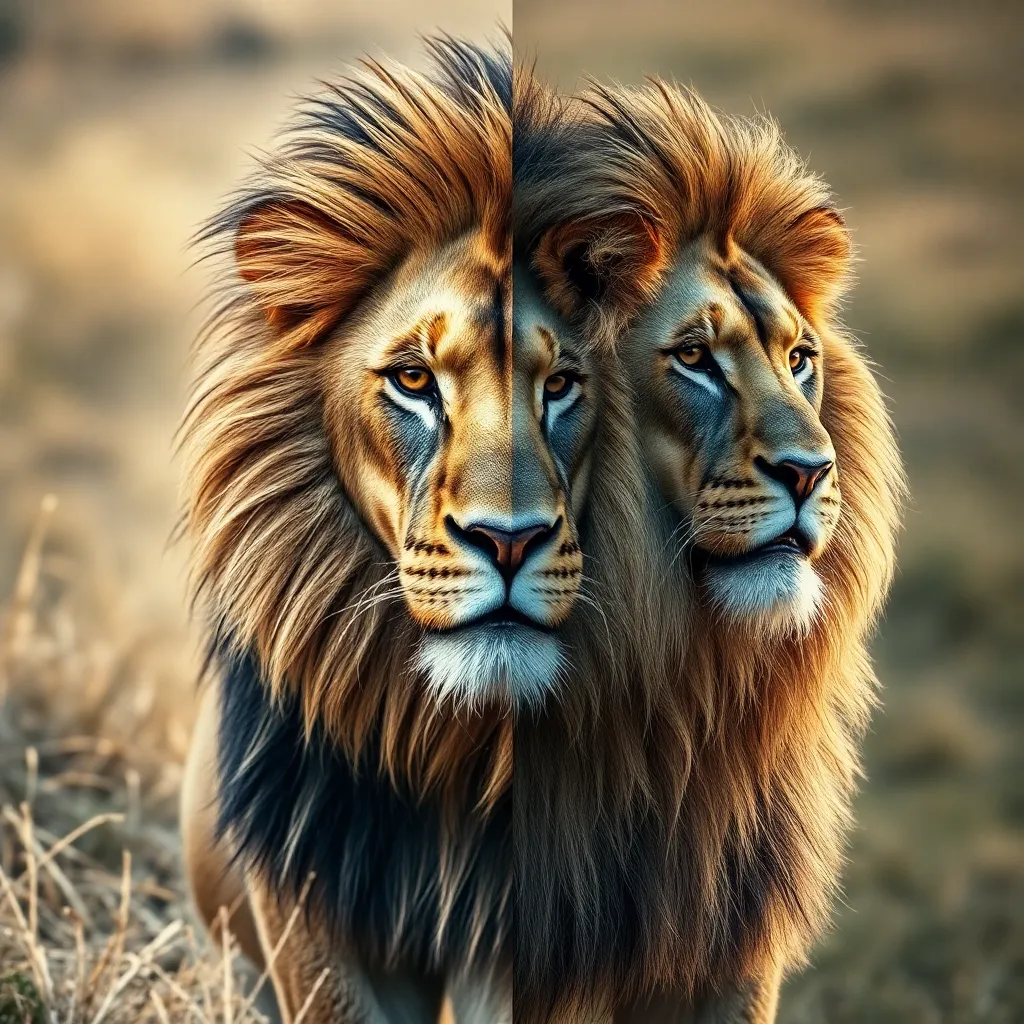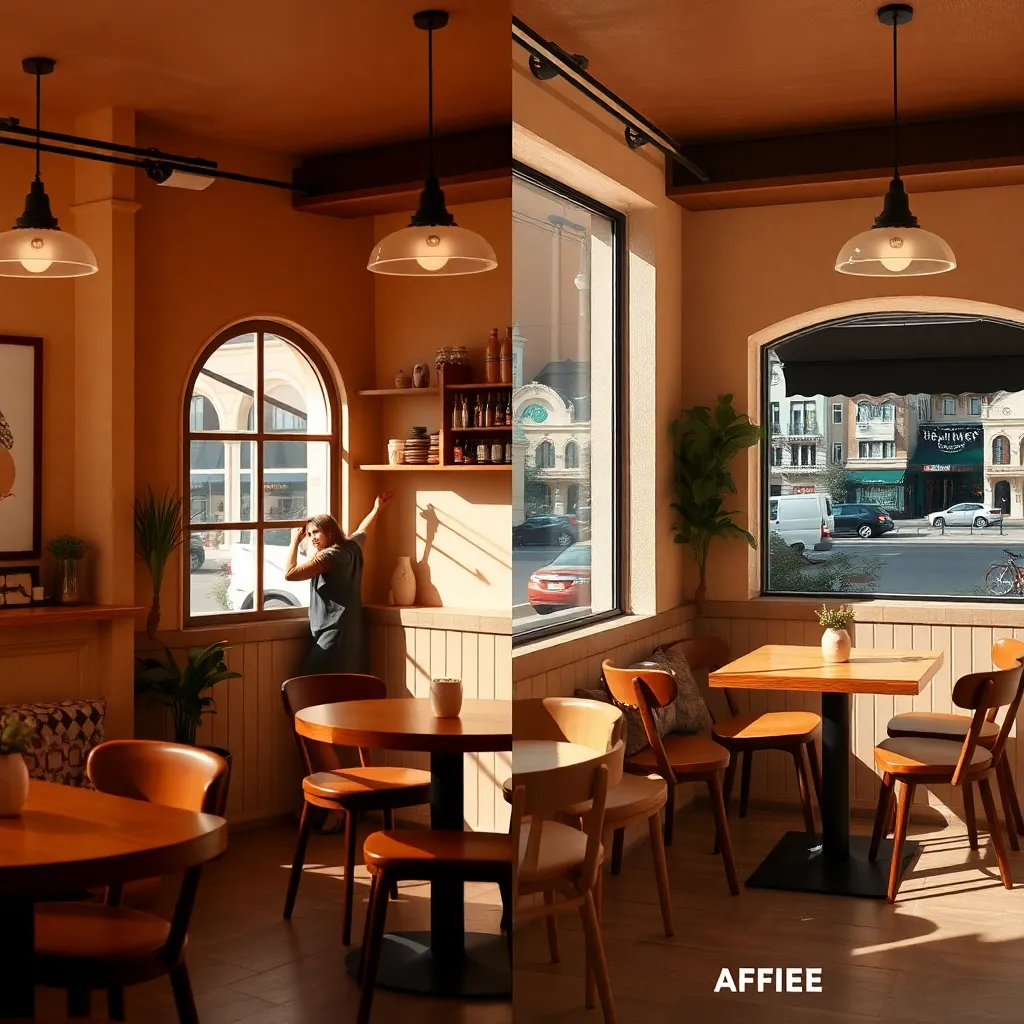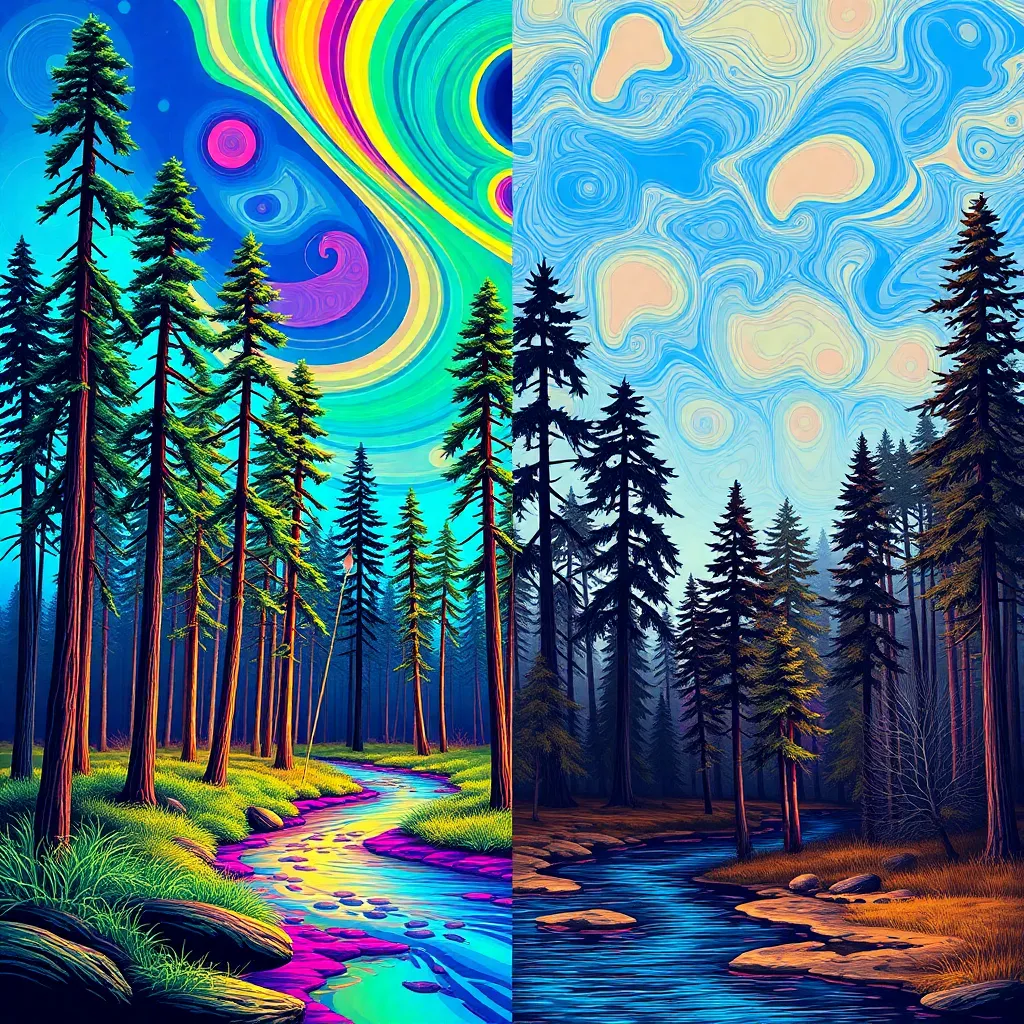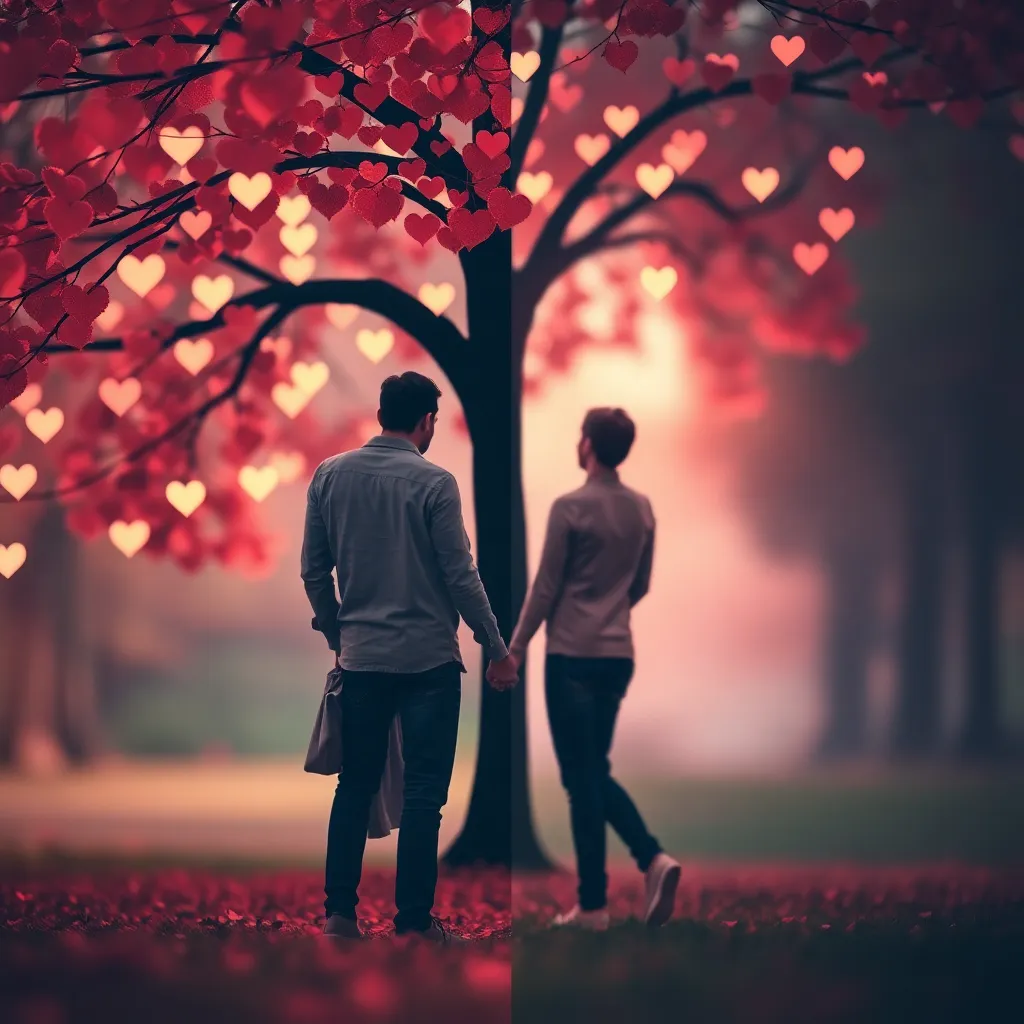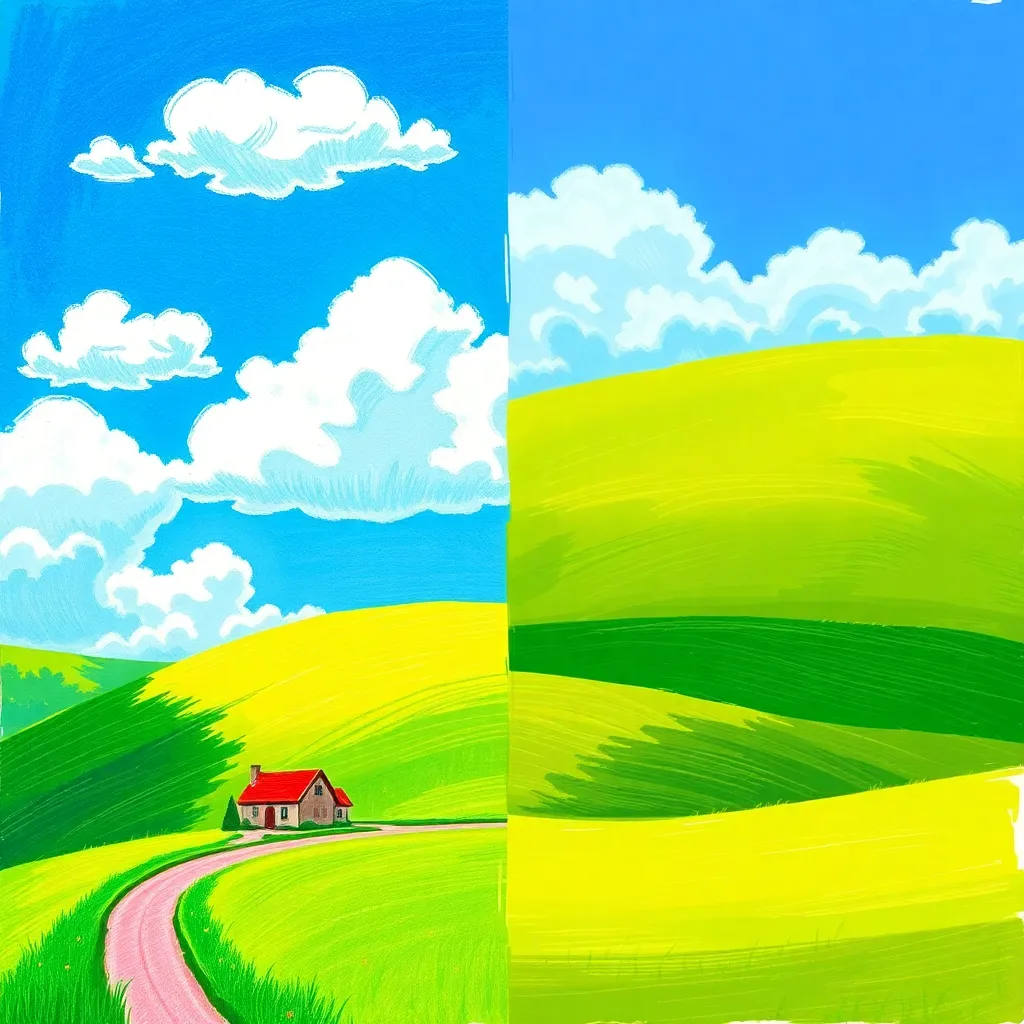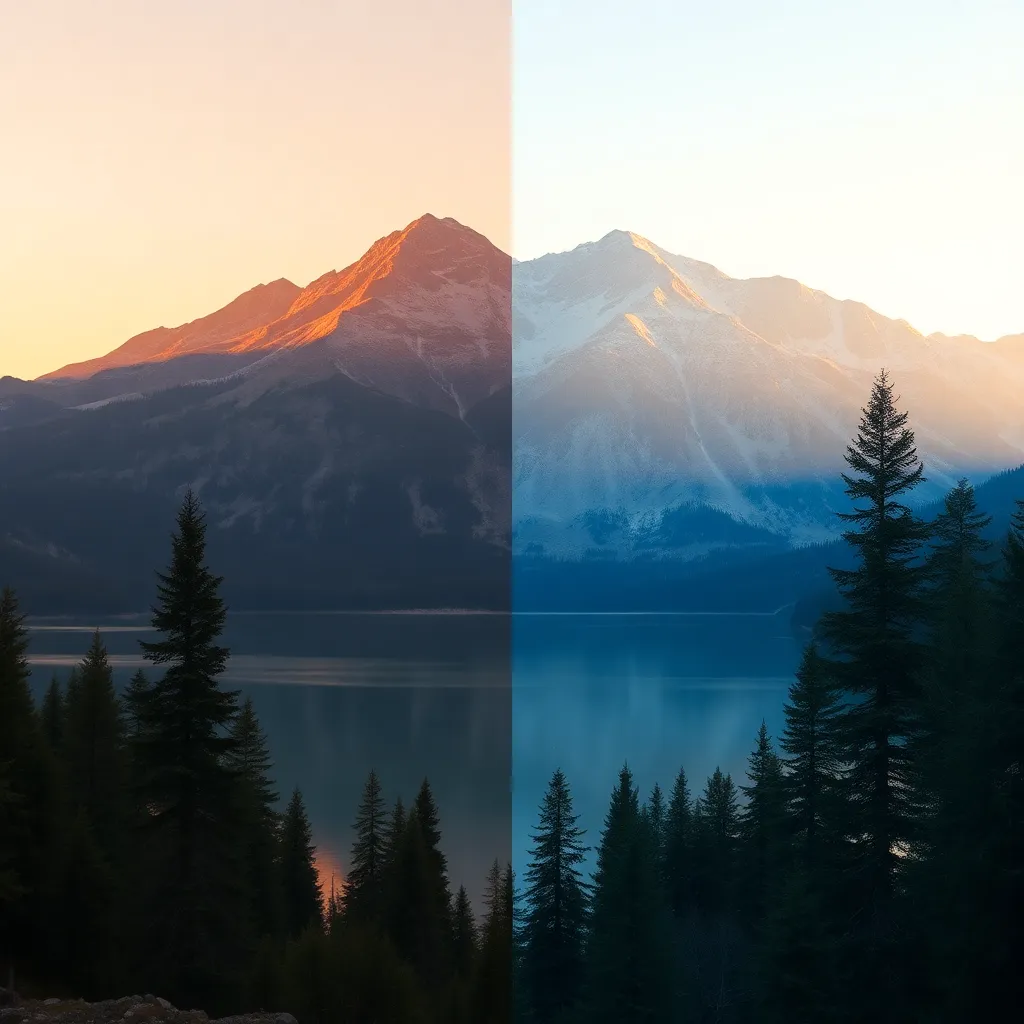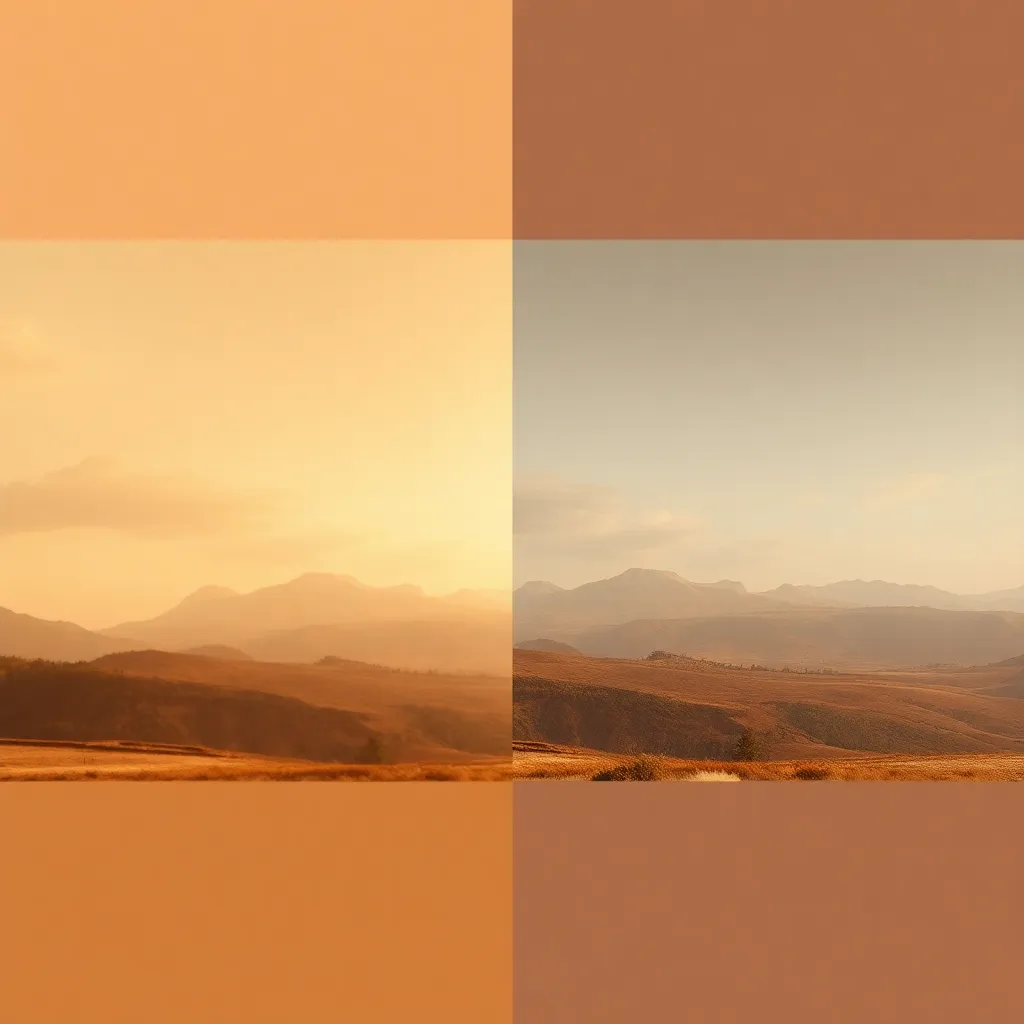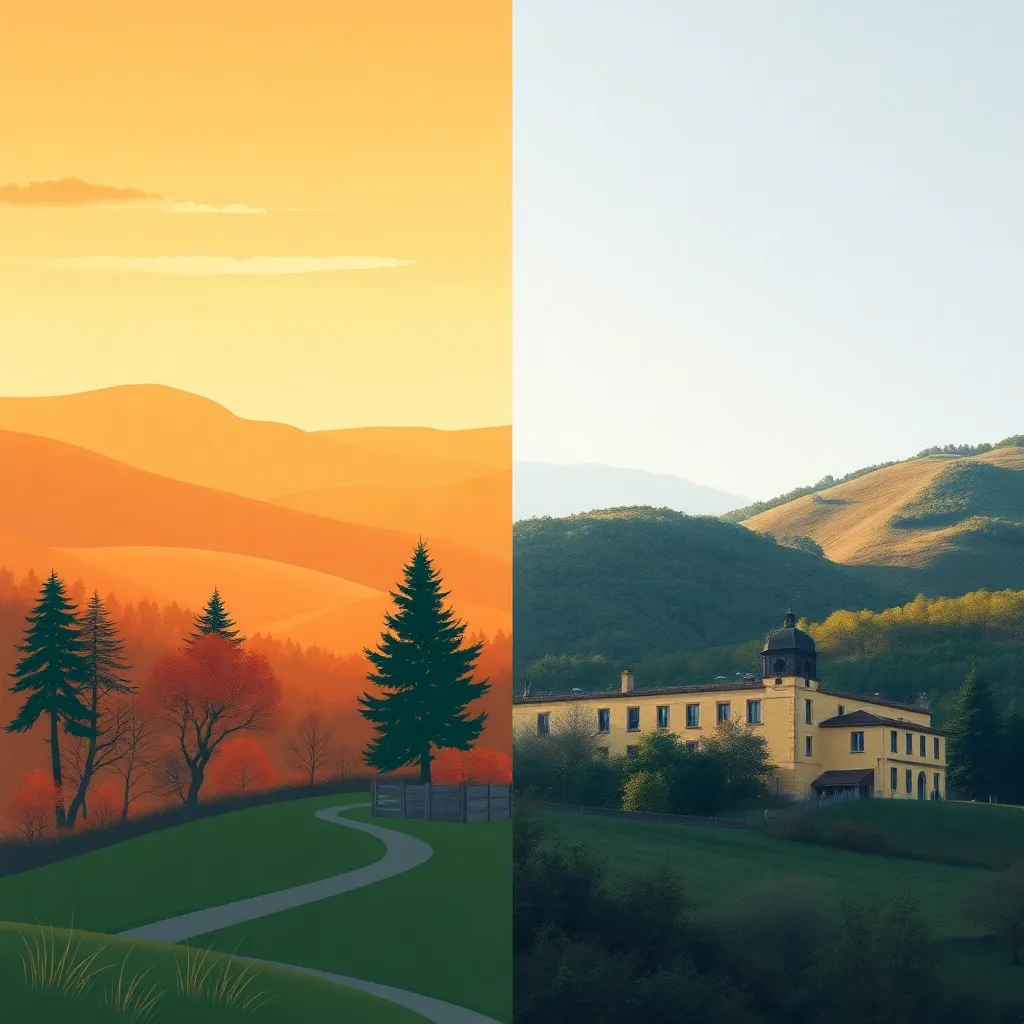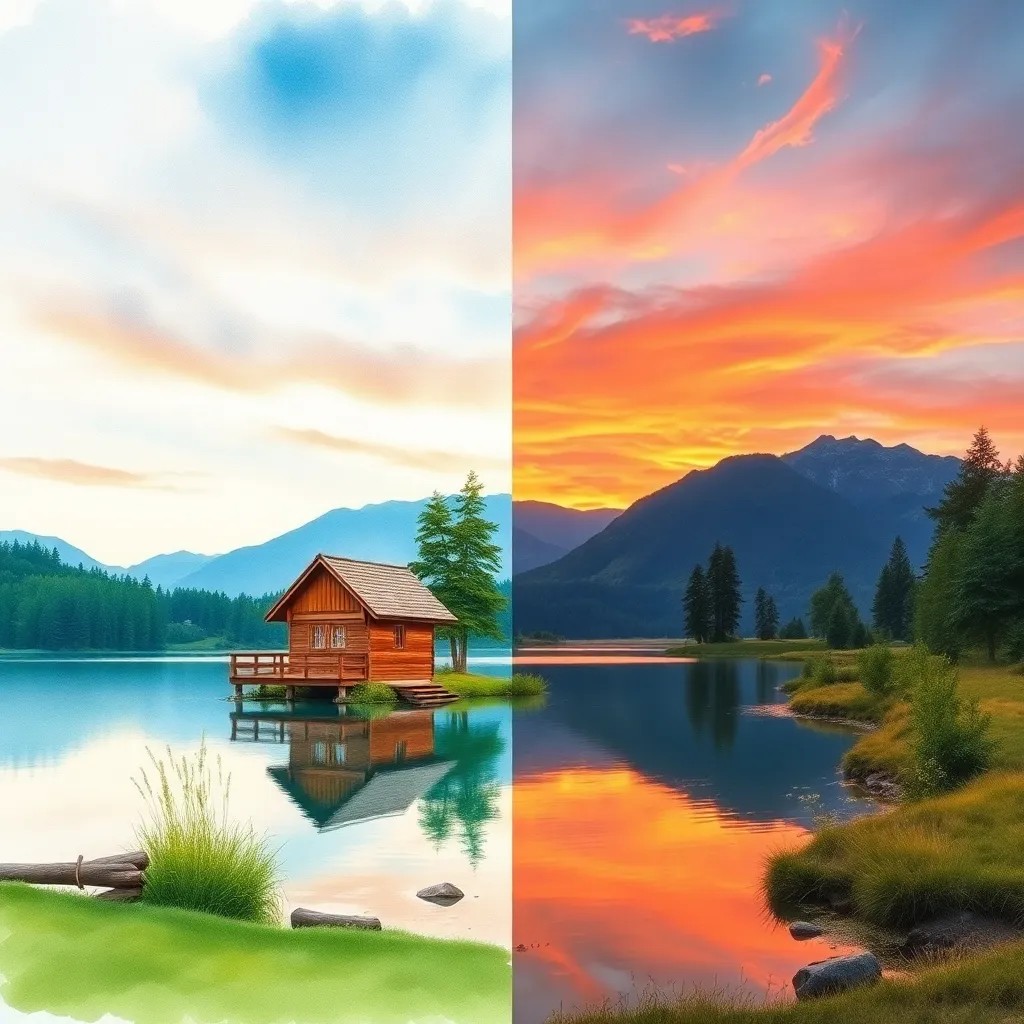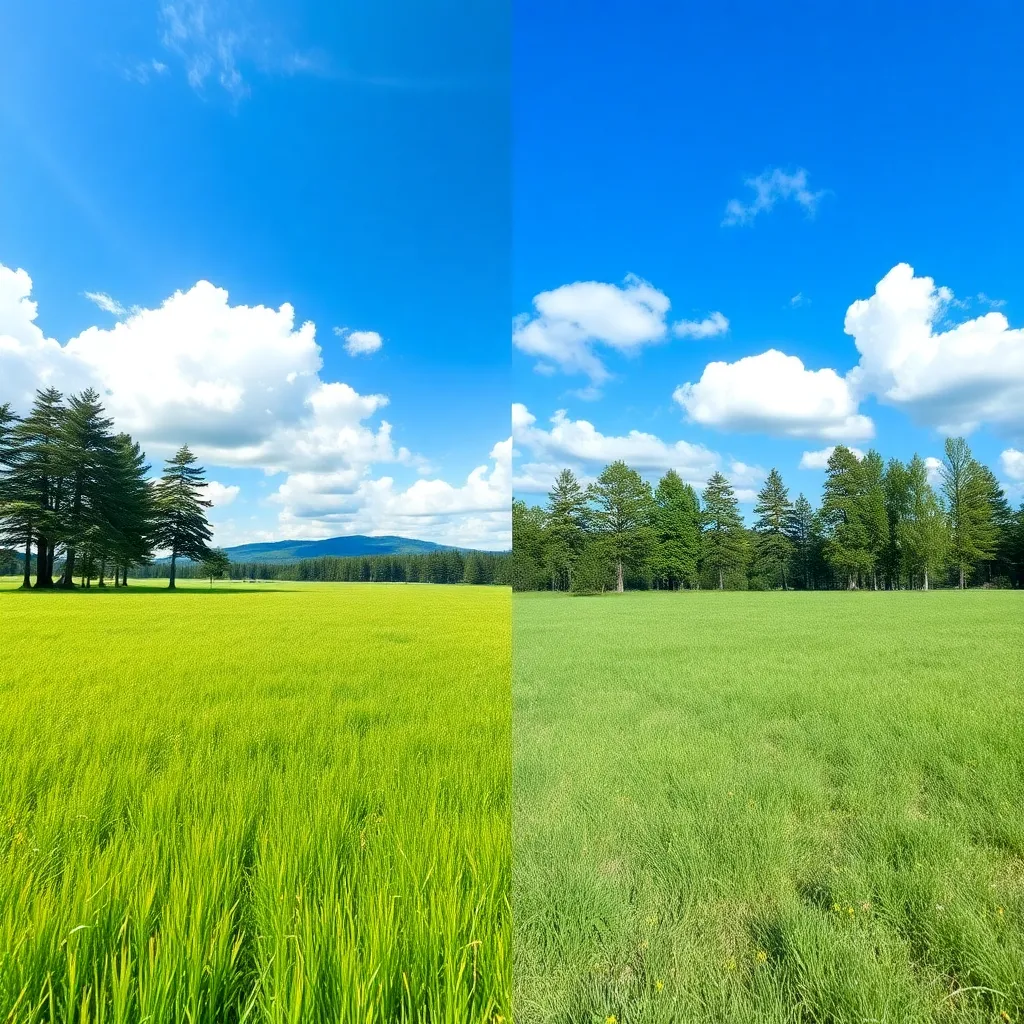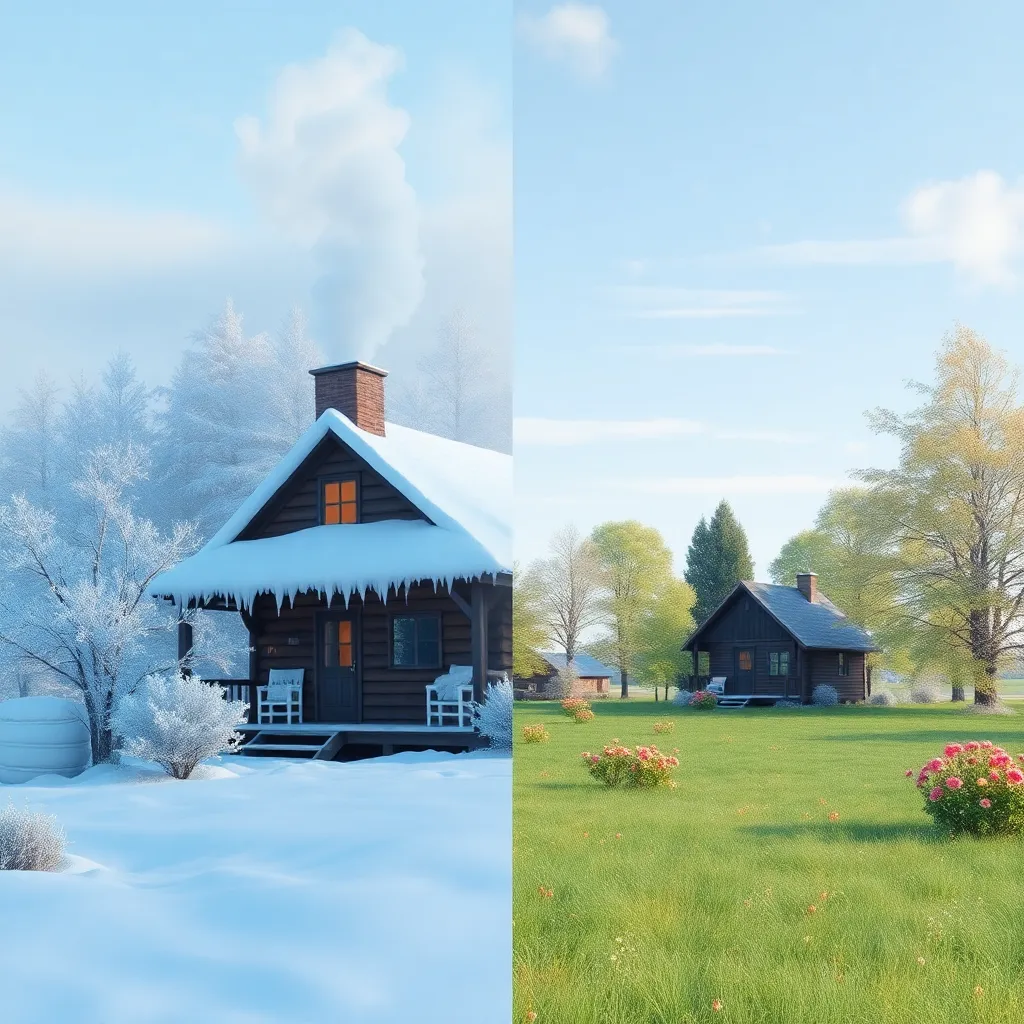Description of the Lucid Sci-fi Style
What is the Lucid Sci-fi Style?
Lucid Sci-fi Style is a visually arresting photographic and illustrative effect that fuses hyper-realistic clarity, luminous neon and iridescent hues, and avant-garde futuristic motifs. Drawing inspiration from science fiction cinema, video game design, and digital art trends, this style transforms everyday visuals into dynamic, otherworldly narratives.
The look is characterized by:
- Vivid, high-contrast neon colors (electric blues, magentas, cyans, lime greens)
- Surreal lighting and glowing effects reminiscent of holograms and energy fields
- Pristine detail and sharpness, often enhanced by digital post-processing
- Futuristic elements: cybernetic enhancements, advanced cityscapes, and alien landscapes
History of the Lucid Sci-fi Style
The roots of Lucid Sci-fi Style can be traced to classic sci-fi films (like Blade Runner, Tron, and The Fifth Element), the cyberpunk art movement, and the surge of digital illustration tools in the 21st century. As digital media advanced, artists and photographers leveraged new technology to push the boundaries of realism and fantasy, resulting in a style that’s both believable and spectacularly surreal.
With the rise of AI-driven art tools and widespread access to high-dynamic-range imaging, Lucid Sci-fi Style has become more accessible and popular, especially among creatives seeking to visualize the future or alternate realities.
Who is Using Lucid Sci-fi Style?
The Lucid Sci-fi Style is embraced by a diverse spectrum of creators and industries:
- Concept Artists: For movies, TV series, and video games, where world-building and futuristic storytelling are vital.
- Book Cover Designers: Especially for genres like science fiction, fantasy, and speculative fiction.
- Marketing and Tech Brands: Launching products, conferences, or campaigns that need a forward-thinking edge.
- Educators & Science Communicators: Making complex scientific topics visually engaging for textbooks, presentations, and outreach.
- Product Designers: Showcasing futuristic gadgets and technology in a visually compelling manner.
- Comic and Graphic Novel Artists: Bringing cybernetic characters and alien worlds to life.
How Does Lucid Sci-fi Style Enhance Photos?
Lucid Sci-fi Style dramatically elevates the visual impact of images through several key enhancements:
- Amplifies Visual Interest: The use of neon and iridescent colors instantly draws the viewer’s eye, making images stand out in crowded digital spaces.
- Creates Immersive Worlds: Surreal lighting, glowing effects, and futuristic backdrops immerse the viewer in a narrative that feels both plausible and fantastical.
- Showcases Innovation: By incorporating advanced technology visuals (holograms, cybernetics, futuristic architecture), the style signals progress, creativity, and forward-thinking.
- Boosts Emotional Engagement: The high clarity and vibrant palette evoke wonder, curiosity, and excitement—emotions strongly associated with the sci-fi genre.
- Versatility in Storytelling: The style’s flexibility allows artists to convey utopian optimism, dystopian caution, or pure imaginative escapism, depending on the subject and execution.
Use Cases for Lucid Sci-fi Style
Lucid Sci-fi Style is highly adaptable and impactful across a range of creative applications:
1. Concept Art for Entertainment
- Use Case: Designing cityscapes, alien worlds, or advanced technology for films, TV shows, or games.
- Enhancement: Makes environments and characters instantly believable yet stunningly imaginative, perfect for storyboarding and pitching.
2. Book Covers & Editorial Illustration
- Use Case: Grabbing attention on sci-fi novels, magazines, or academic publications.
- Enhancement: Helps books stand out on shelves and digital marketplaces with bold, futuristic visuals.
3. Event and Tech Conference Marketing
- Use Case: Creating promotional posters or digital banners for tech events and conferences.
- Enhancement: Communicates innovation and excitement, aligning with the event’s cutting-edge theme.
4. Character and Product Design
- Use Case: Visualizing cyber-enhanced humans or next-gen gadgets for games, comics, or product launches.
- Enhancement: Highlights technical details and imaginative features, making designs aspirational and memorable.
5. Educational and Science Communication
- Use Case: Illustrating space exploration, futuristic technology, or scientific concepts for textbooks, presentations, or public outreach.
- Enhancement: Engages learners with vivid, memorable imagery, aiding comprehension and retention.
6. Advertising and Branding
- Use Case: Showcasing new technology, apps, or futuristic services.
- Enhancement: Reinforces a brand’s association with innovation and future-forward thinking, boosting appeal to tech-savvy audiences.
Pro Tips for Using Lucid Sci-fi Style
- Balance Realism and Fantasy: Combine realistic details with surreal elements to maintain believability while pushing creative boundaries.
- Play with Lighting: Use rim lights, glows, and lens flares to enhance the futuristic vibe—don’t be afraid to exaggerate for impact.
- Color Matters: Embrace bold, contrasting neon hues, but keep a cohesive palette to avoid visual chaos.
- Layer Futuristic Elements: Add subtle overlays—like circuit patterns, digital grids, or holographic textures—for extra depth.
- Mind the Subject: While backgrounds can be wild and colorful, ensure your subject remains the focal point with sharp detail or contrasting light.
Conclusion:
Lucid Sci-fi Style is the ultimate tool for creators aiming to visualize the future, spark imagination, or energize their branding. Its unique blend of clarity, color, and concept makes it a favorite for anyone seeking to stand out and inspire awe. Whether you’re a designer, marketer, educator, or storyteller, this style opens new worlds of visual storytelling—limited only by your imagination.
